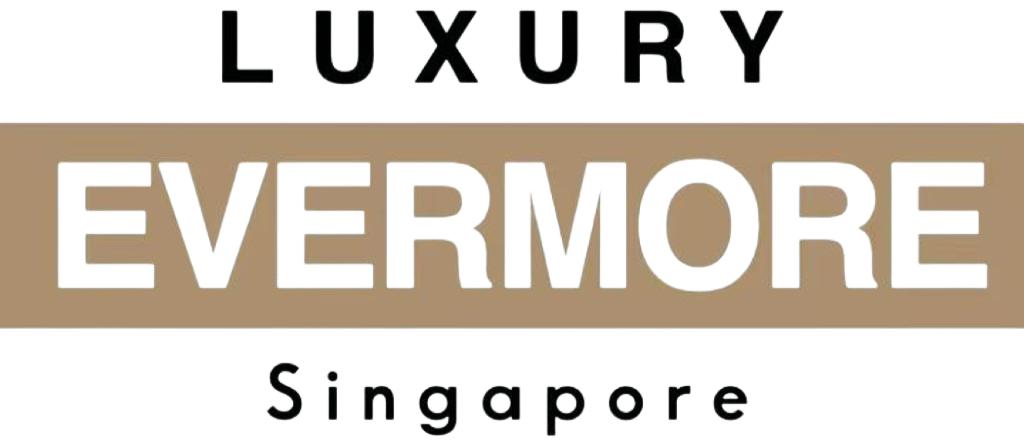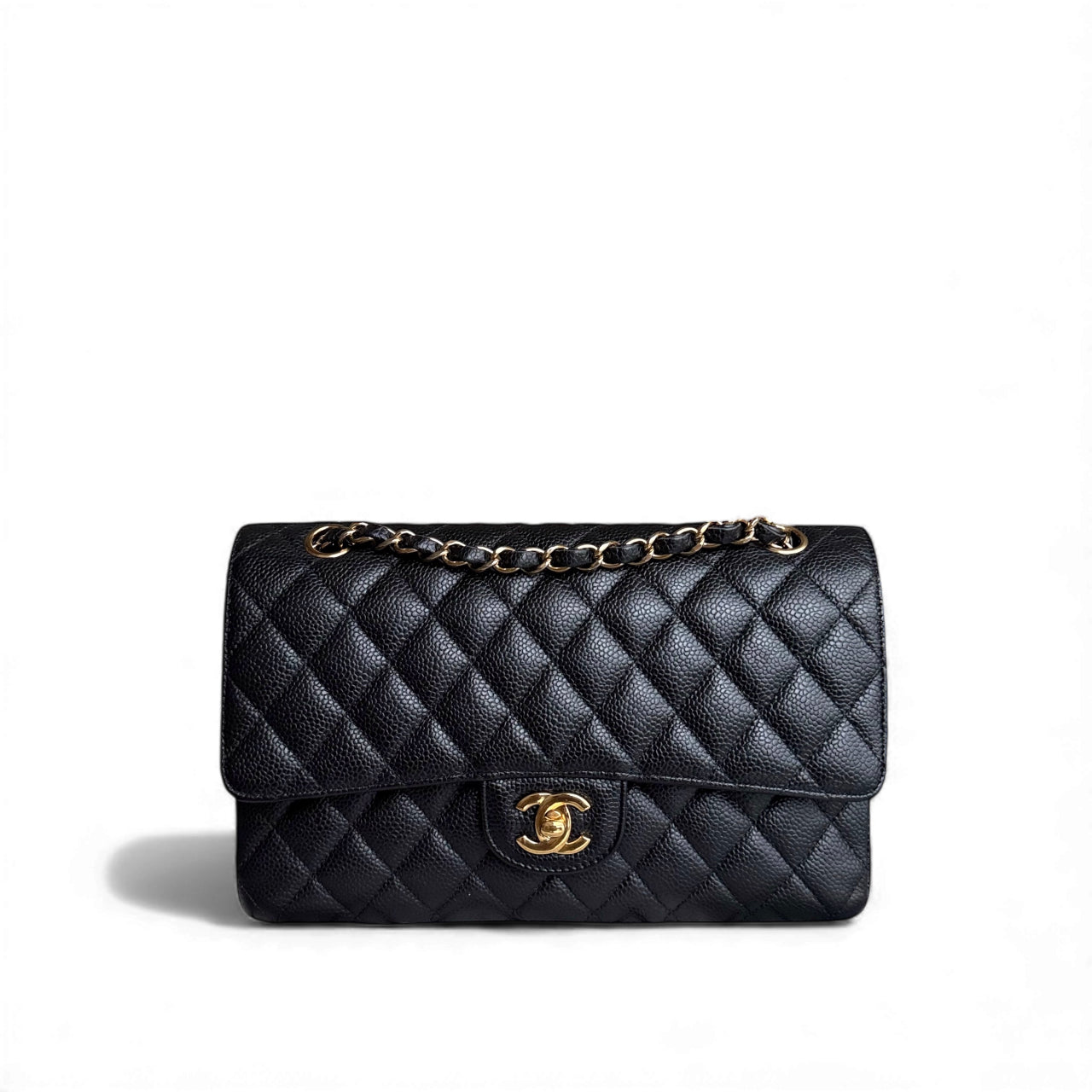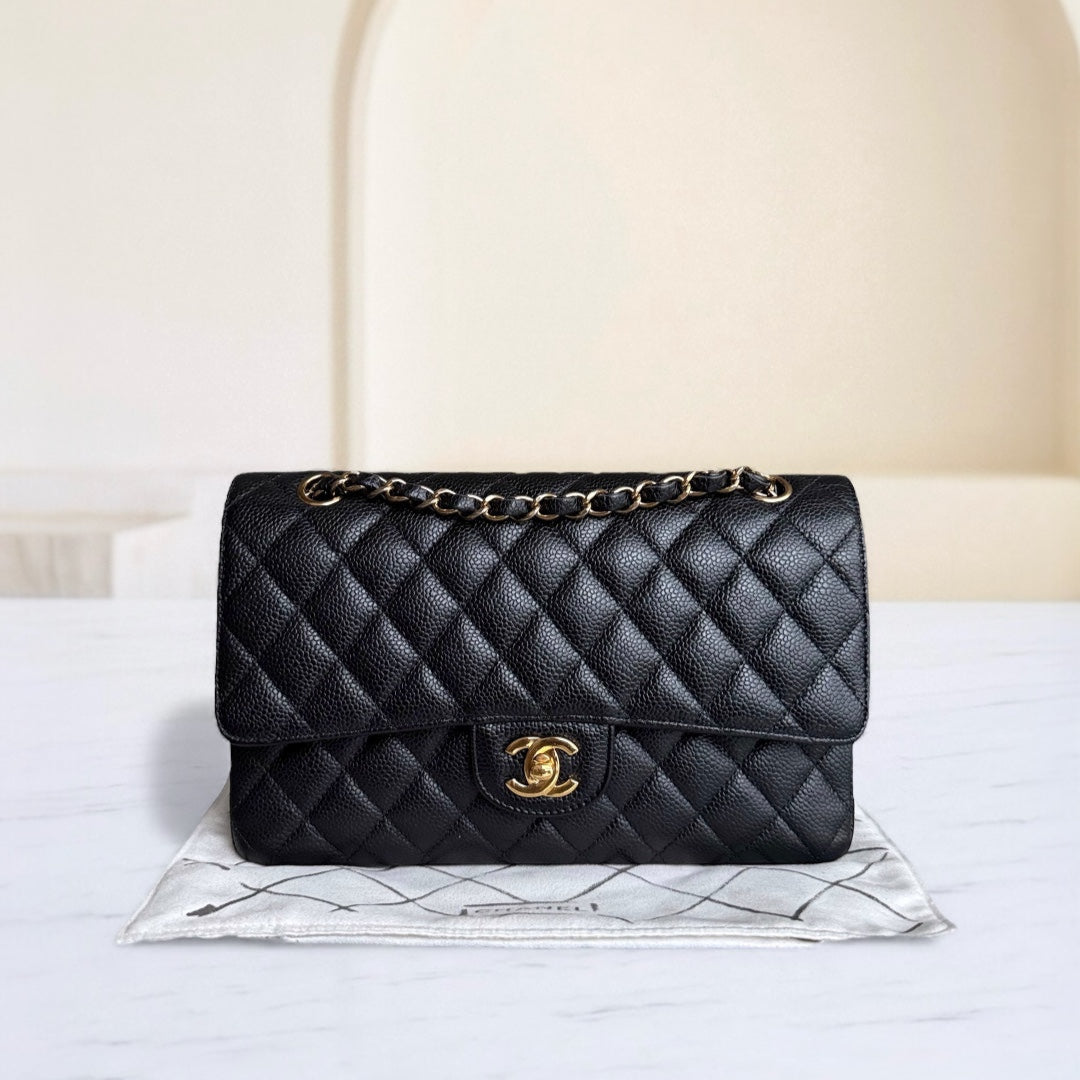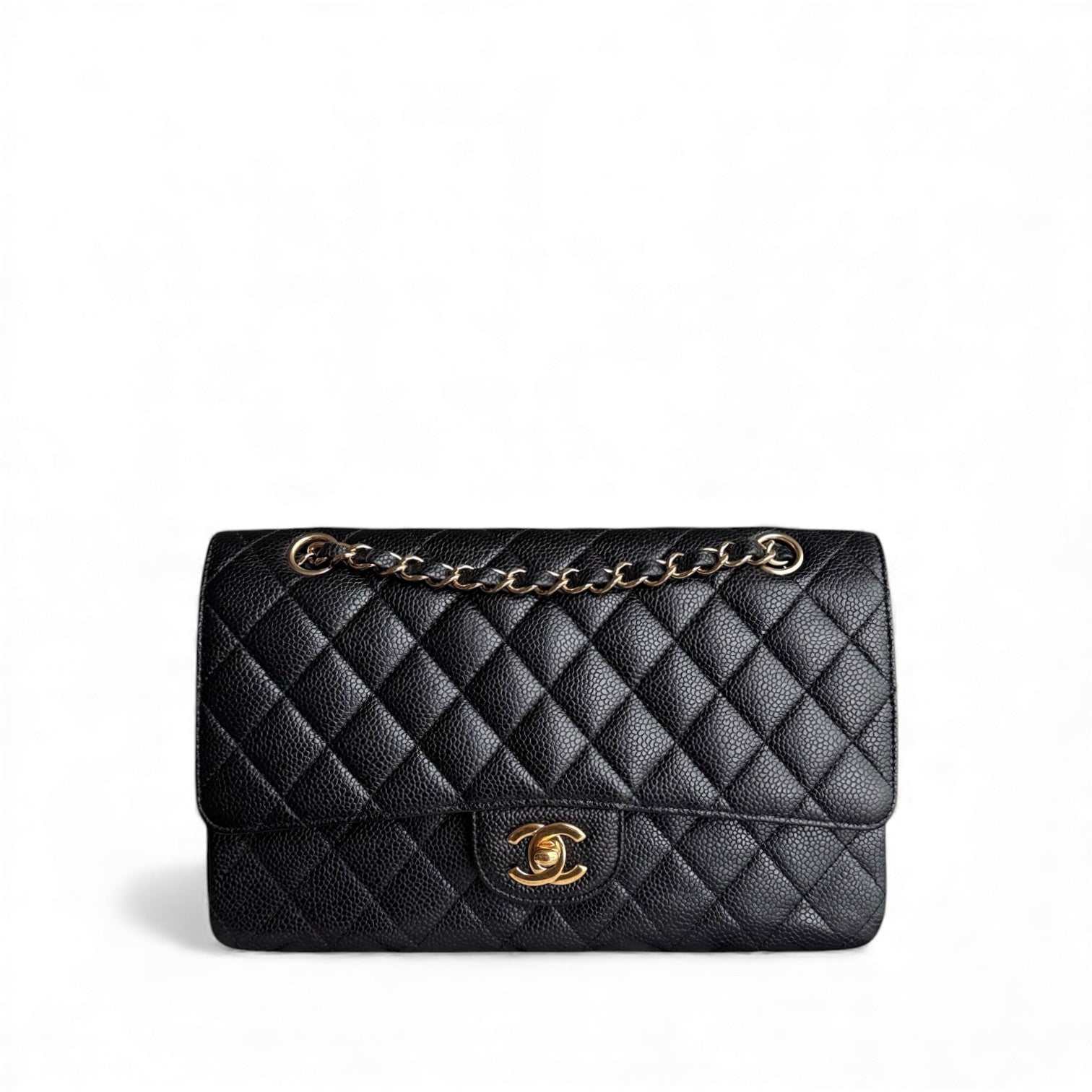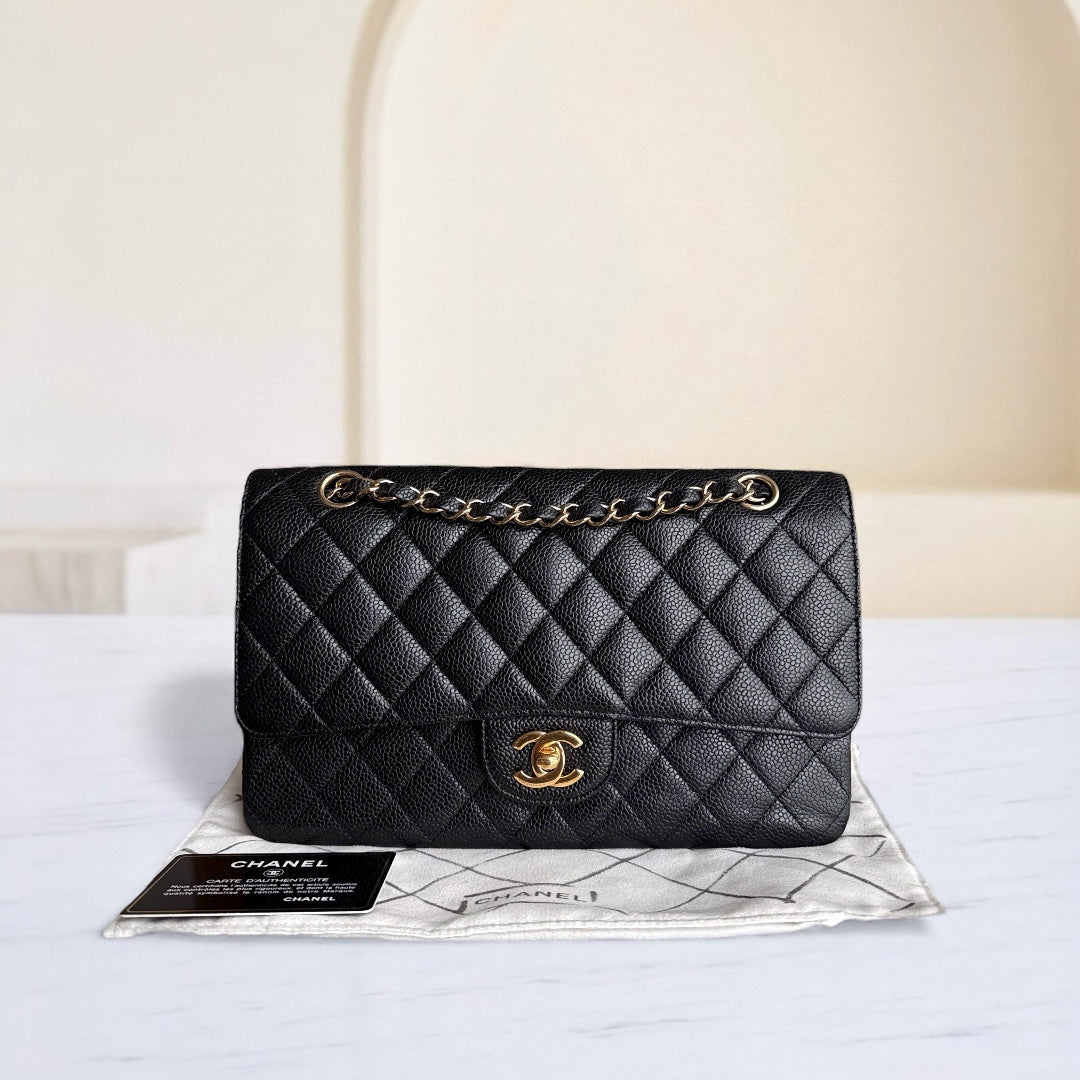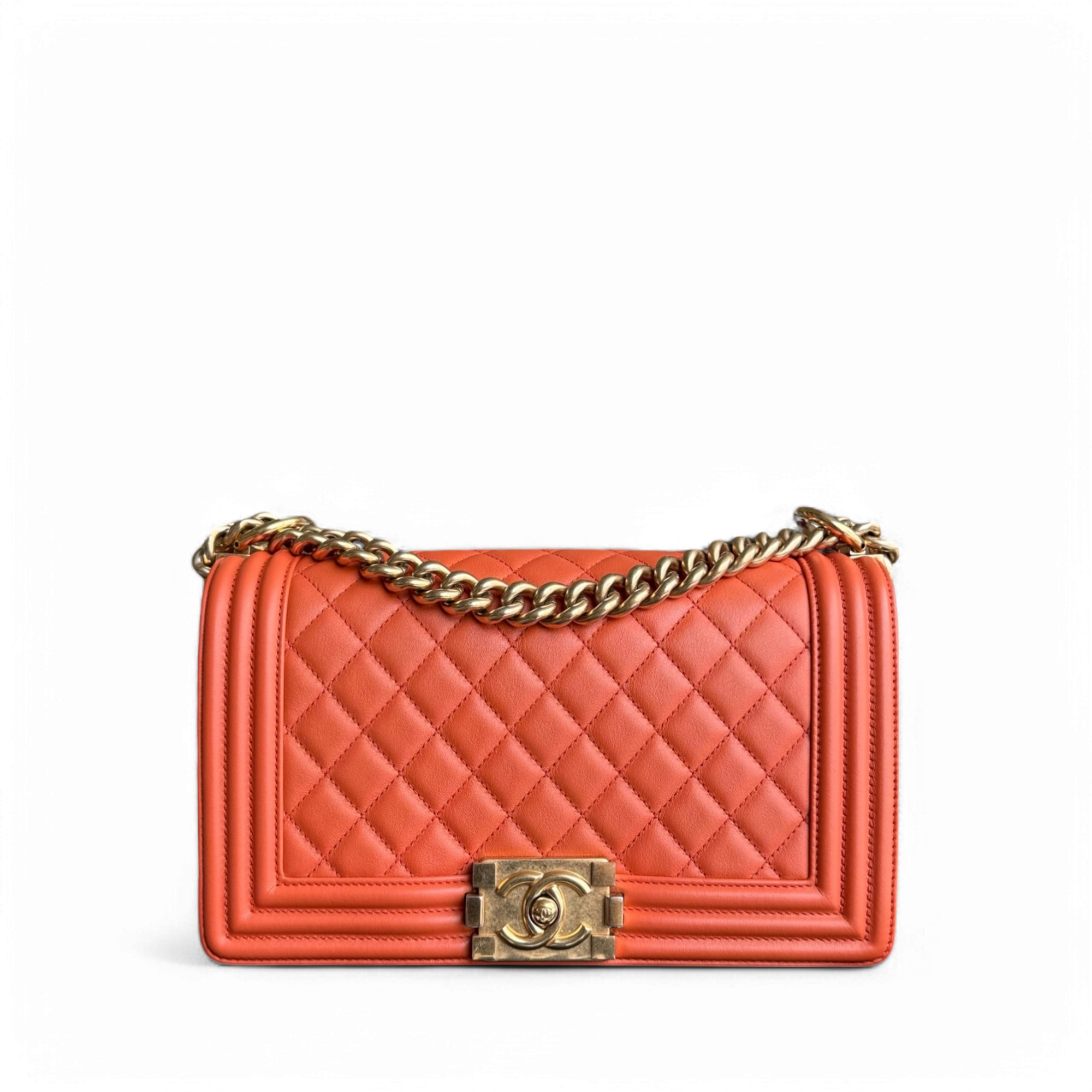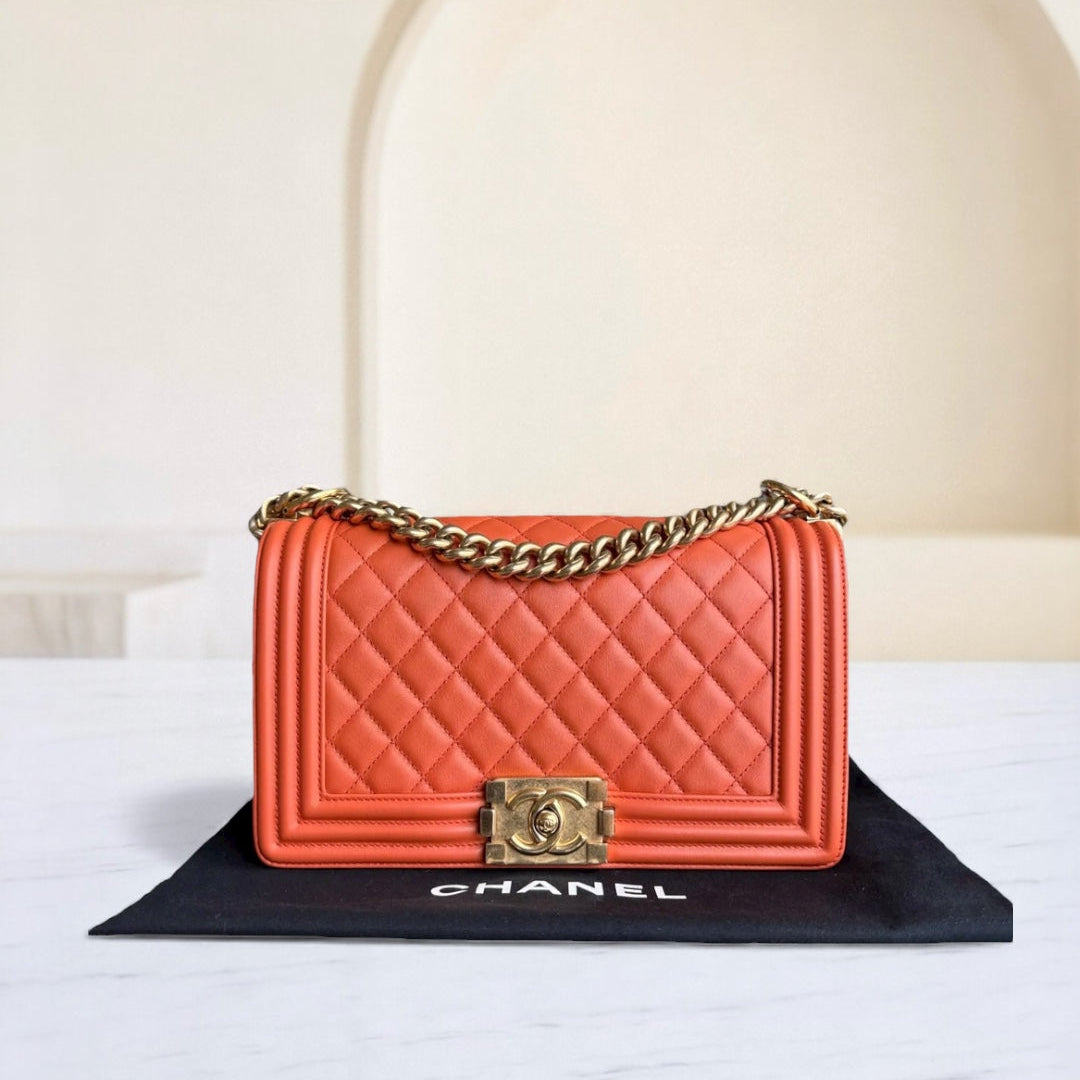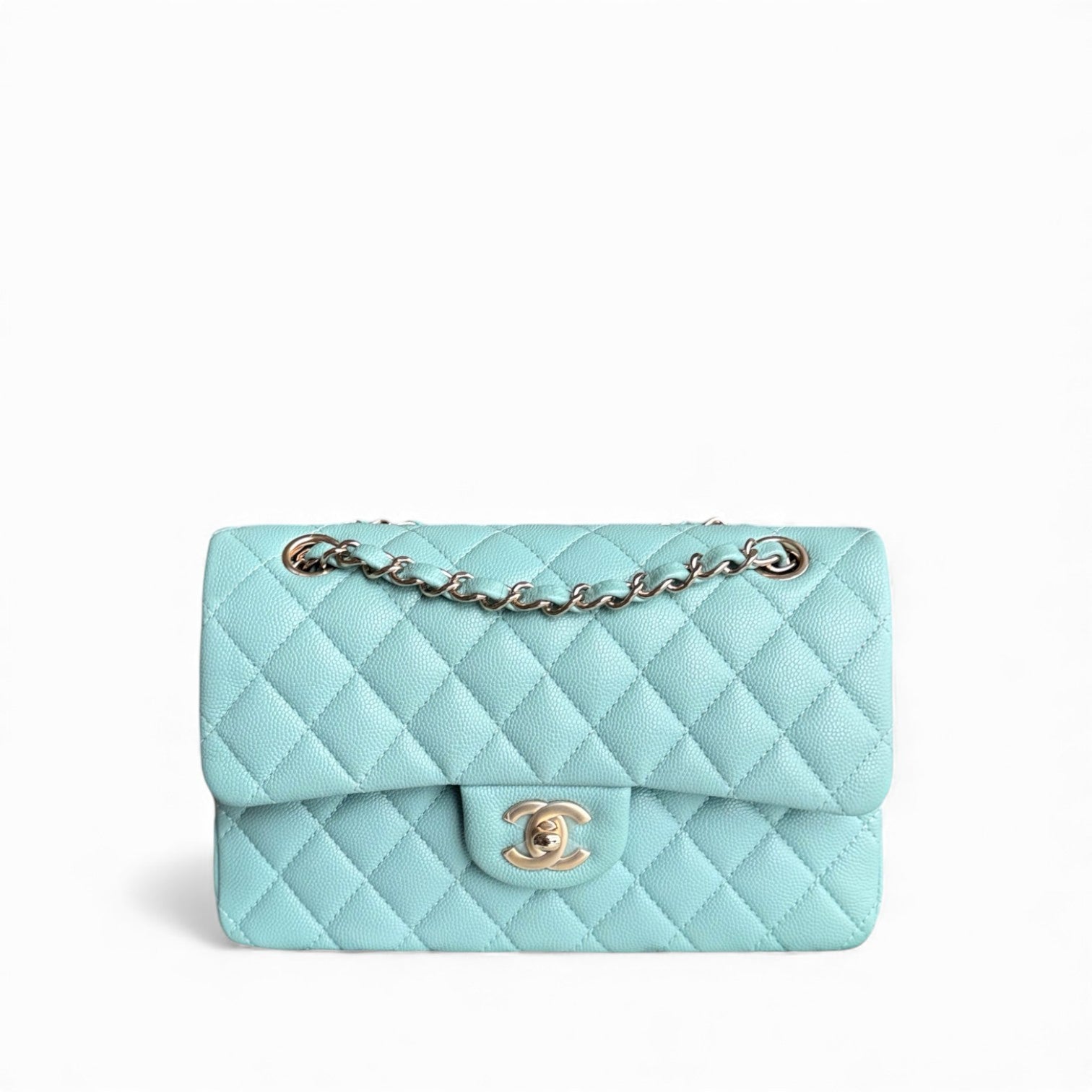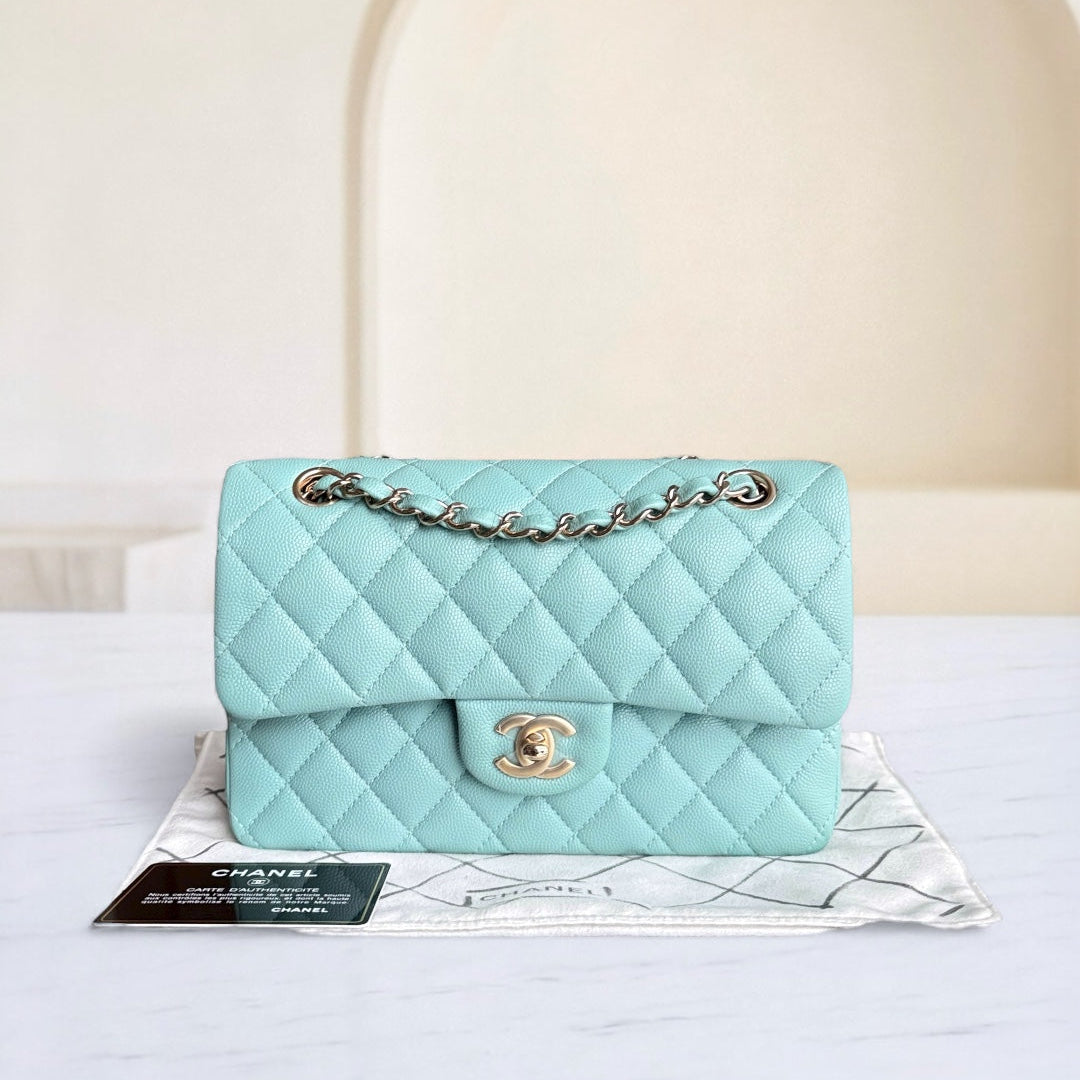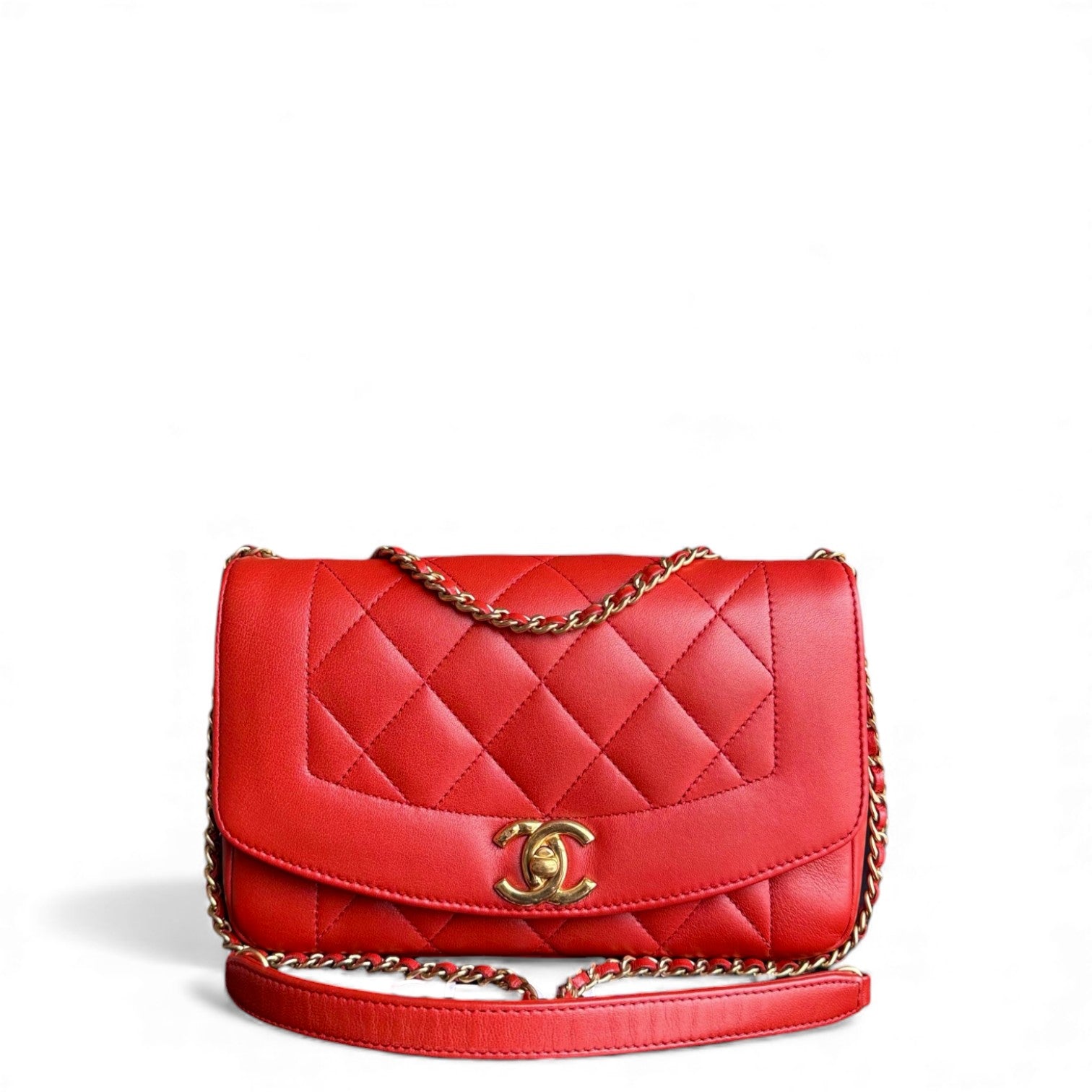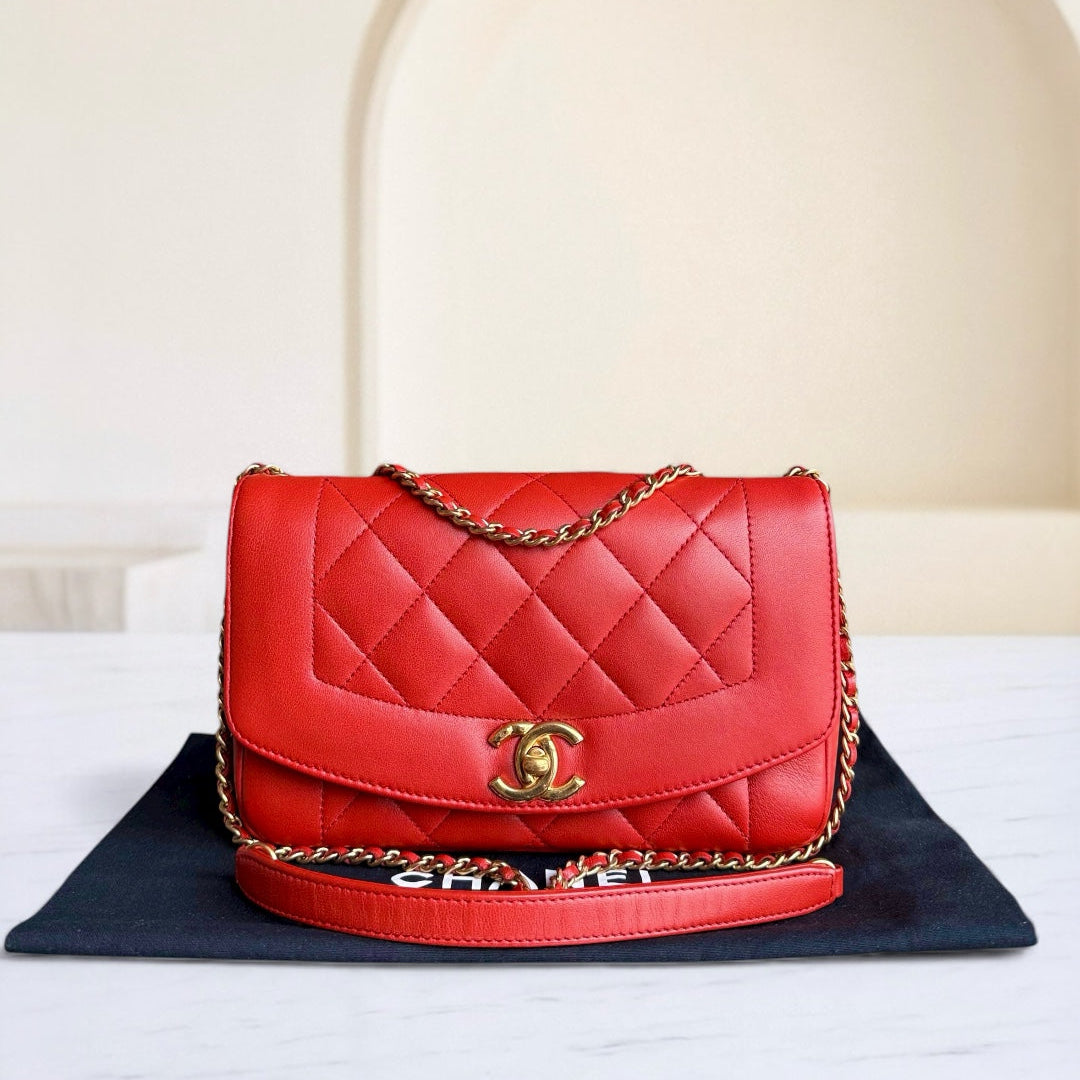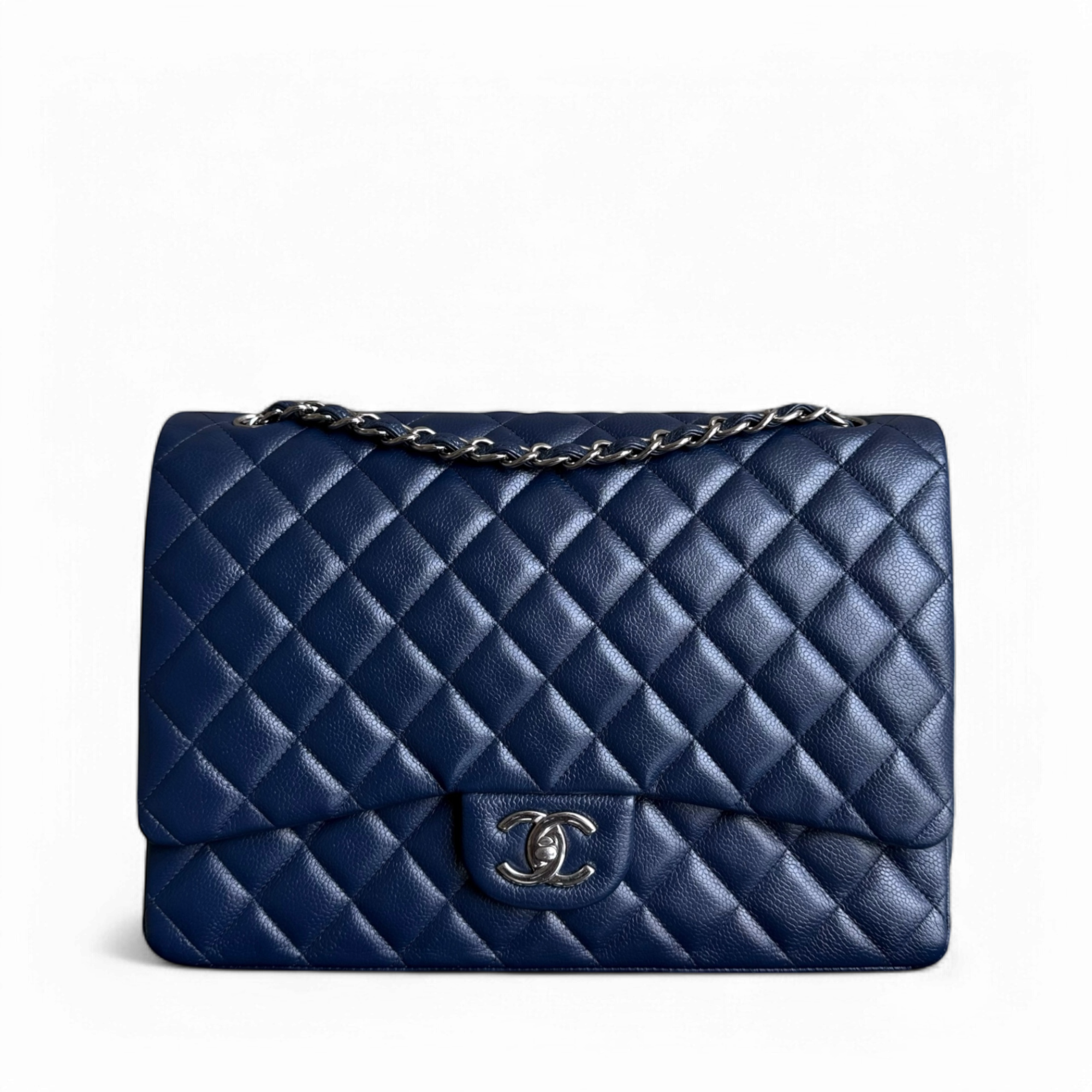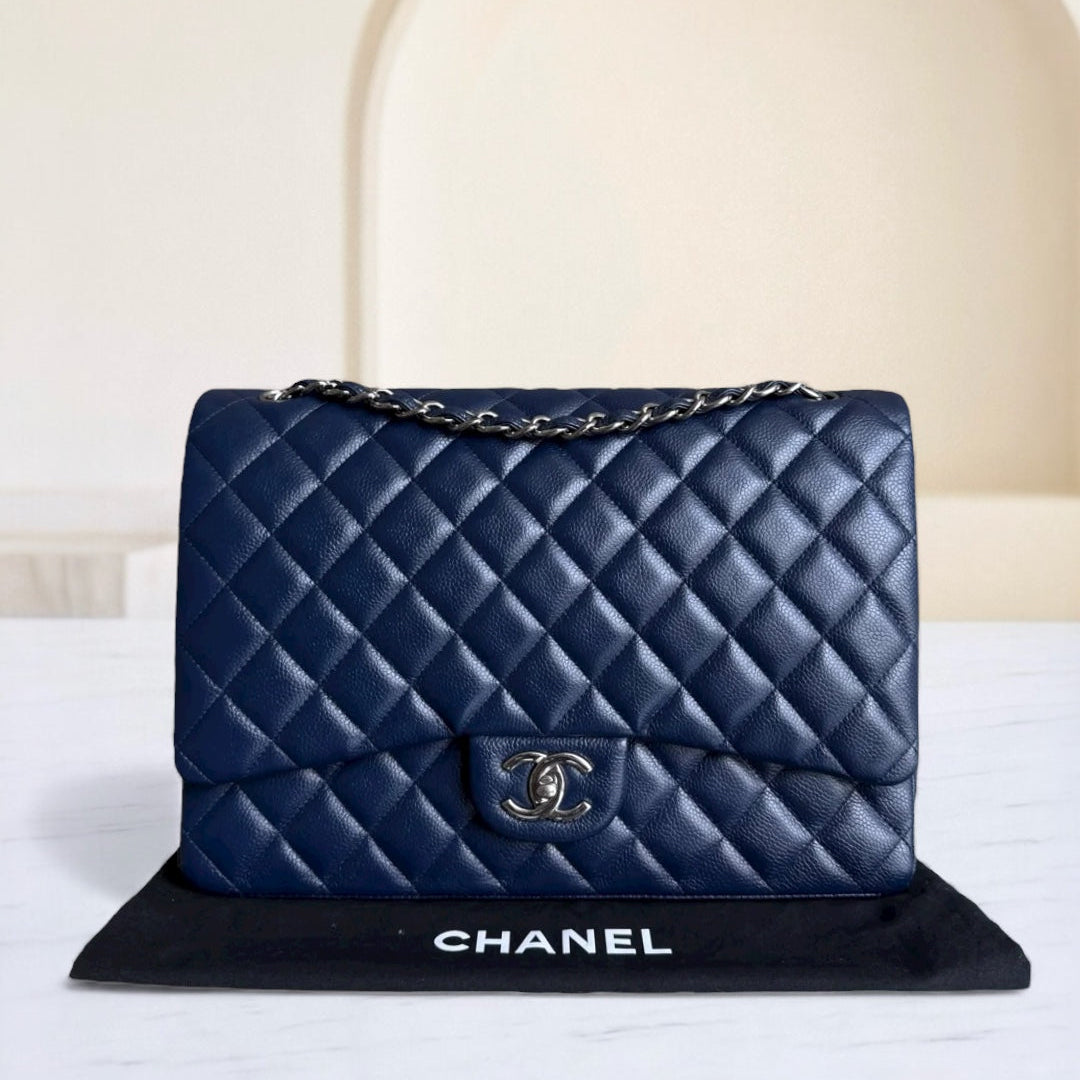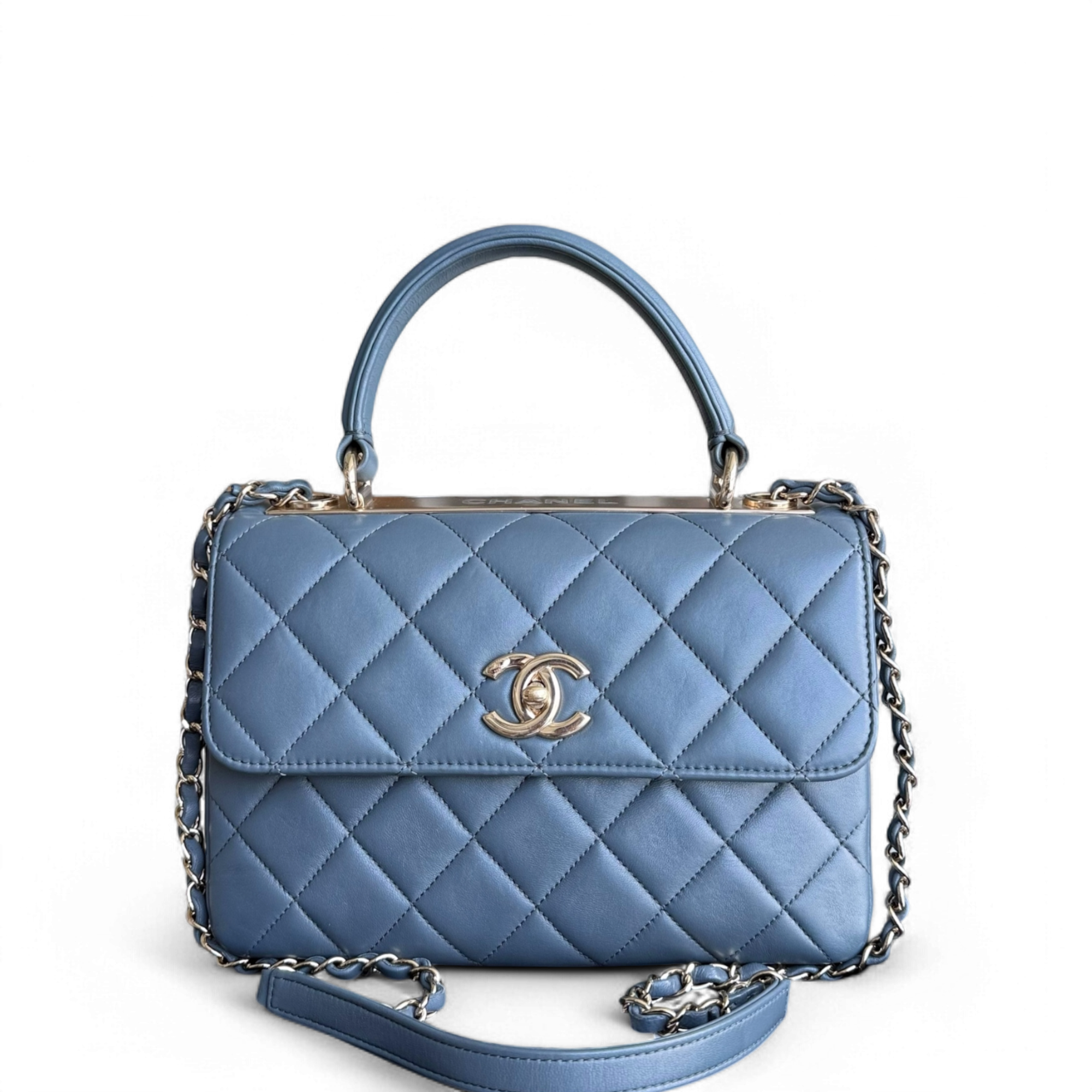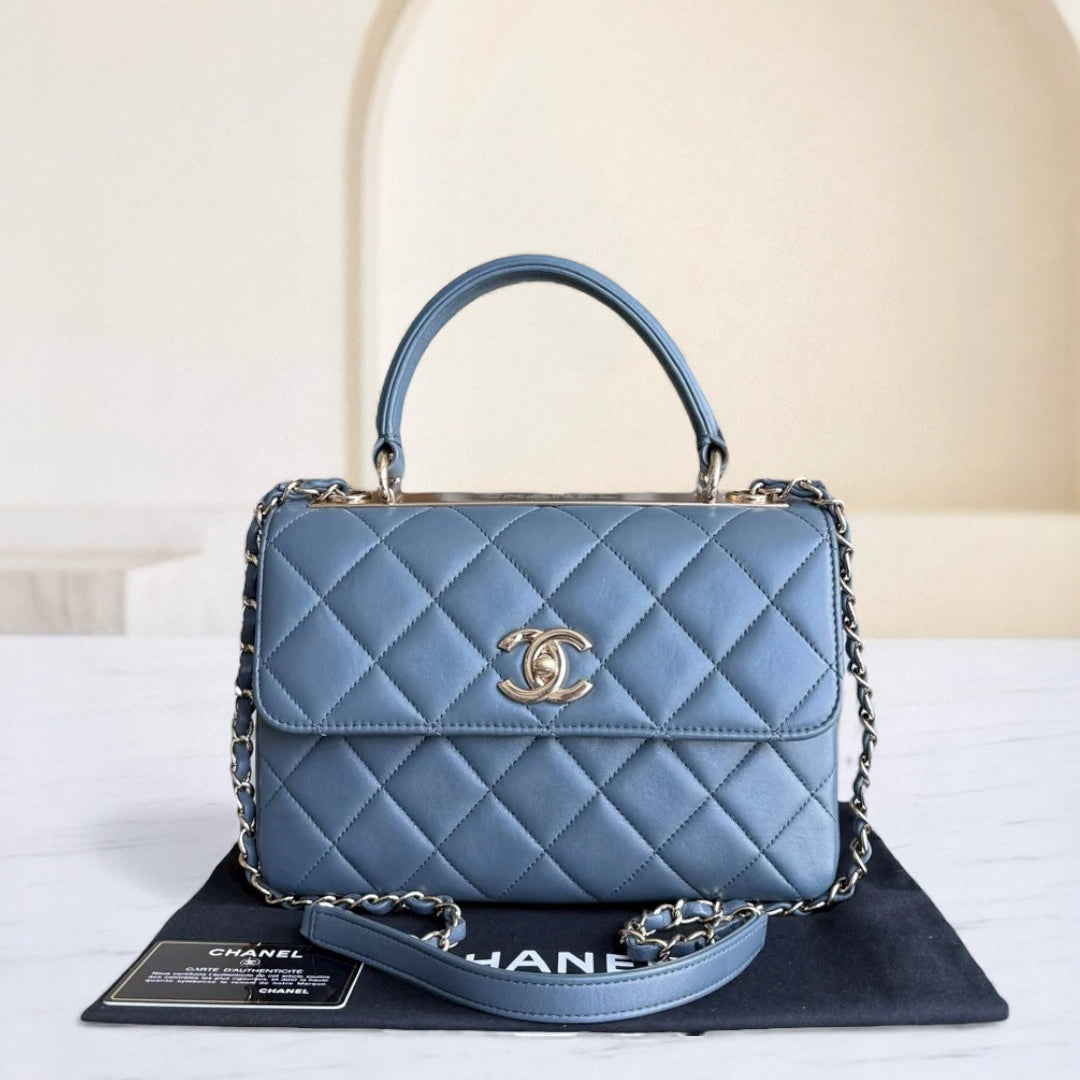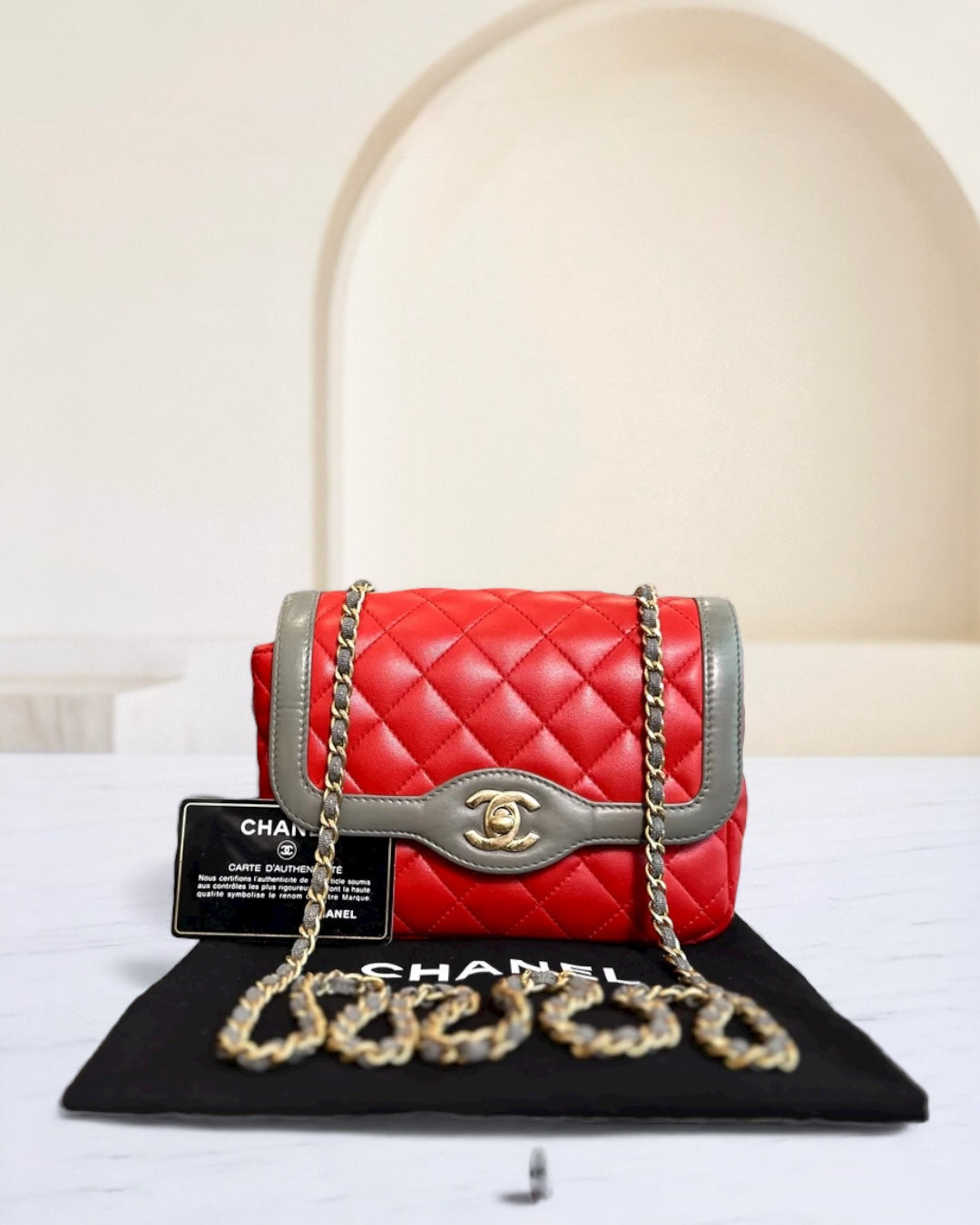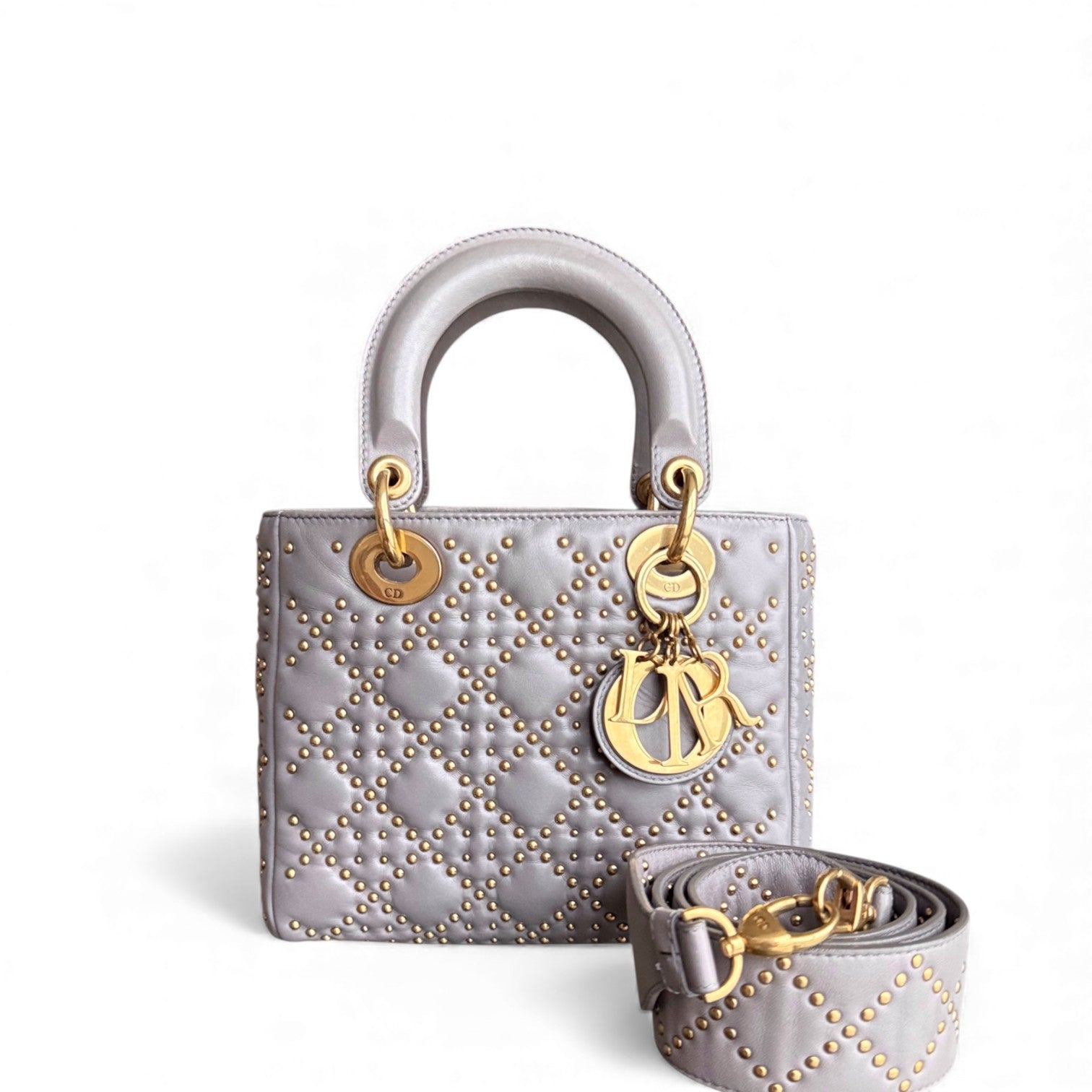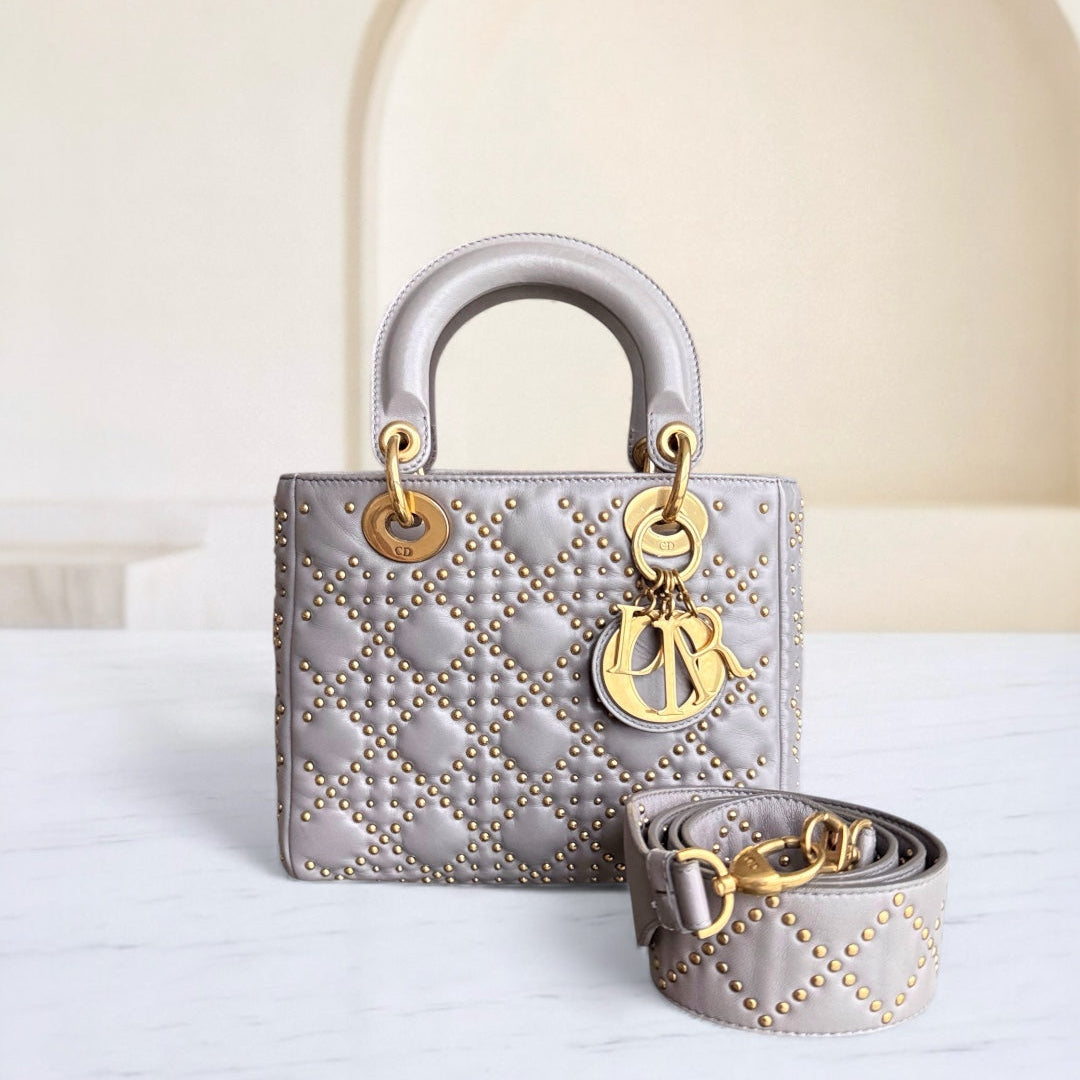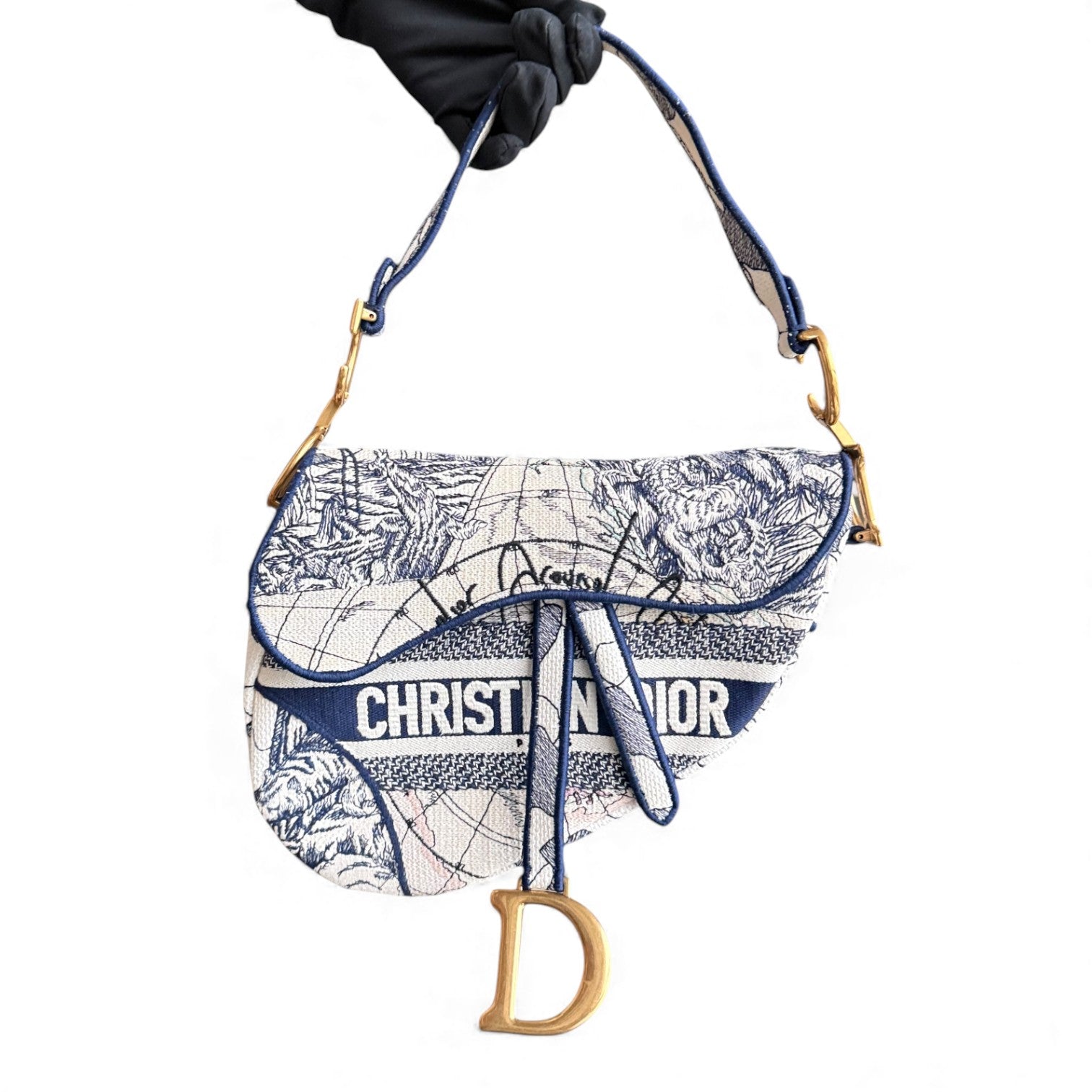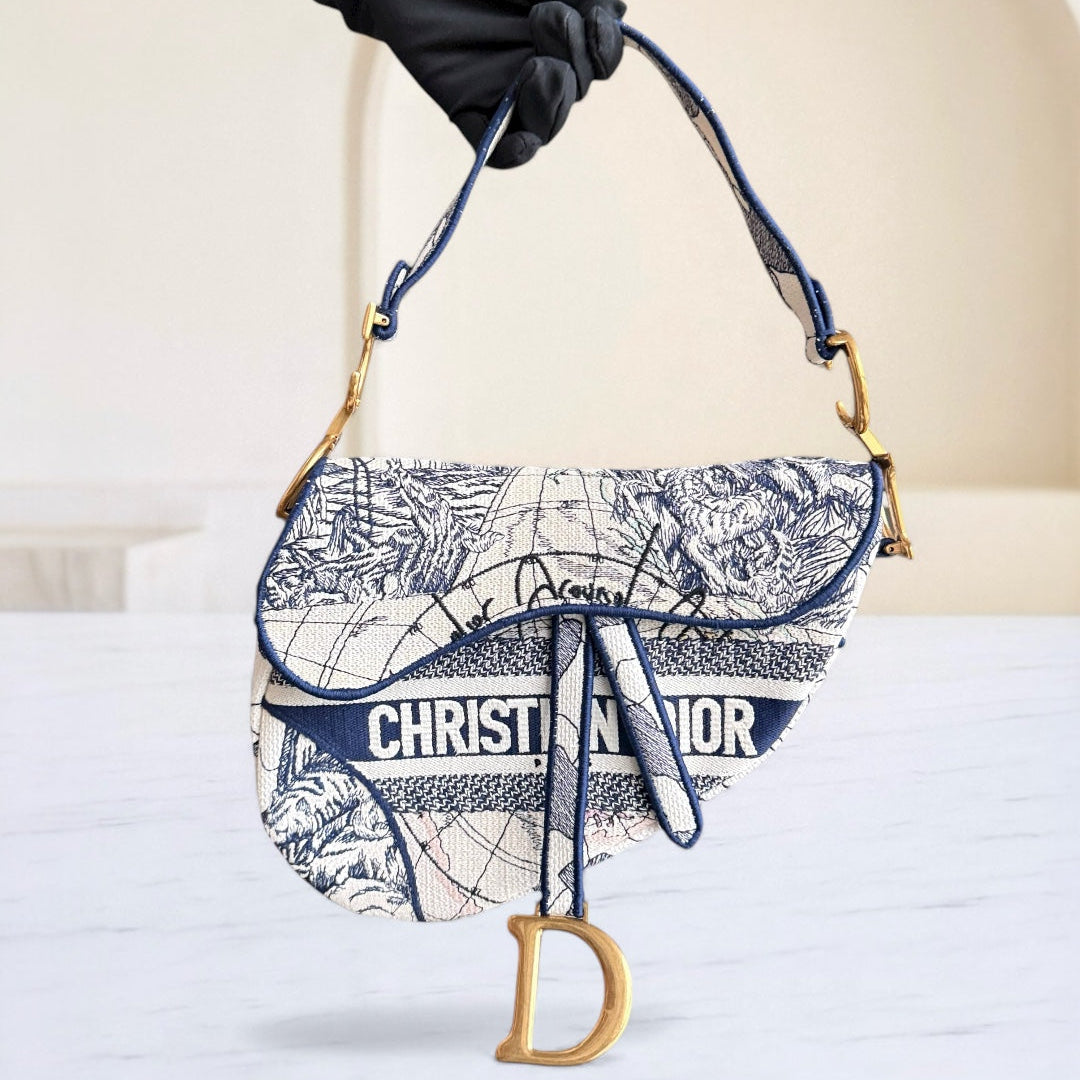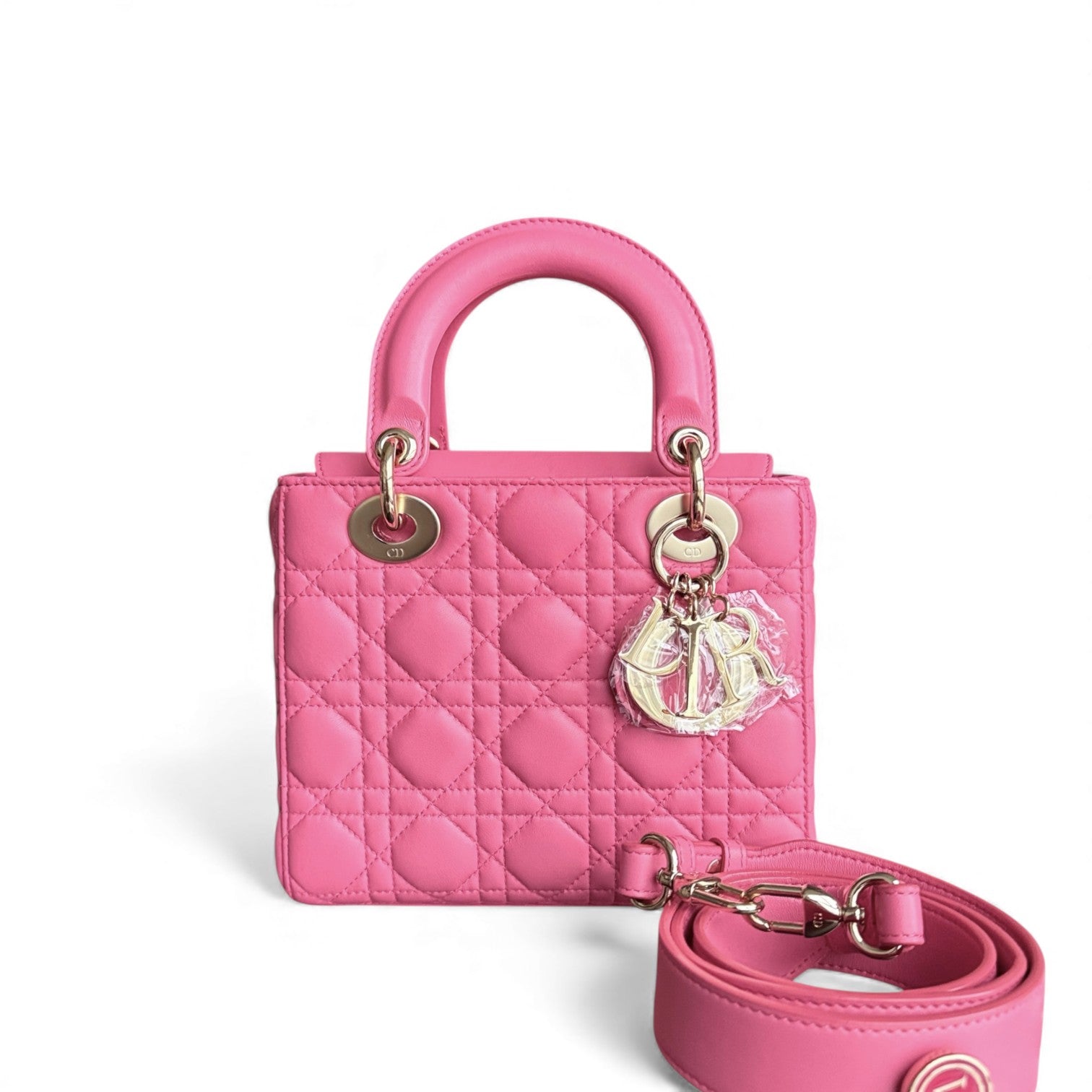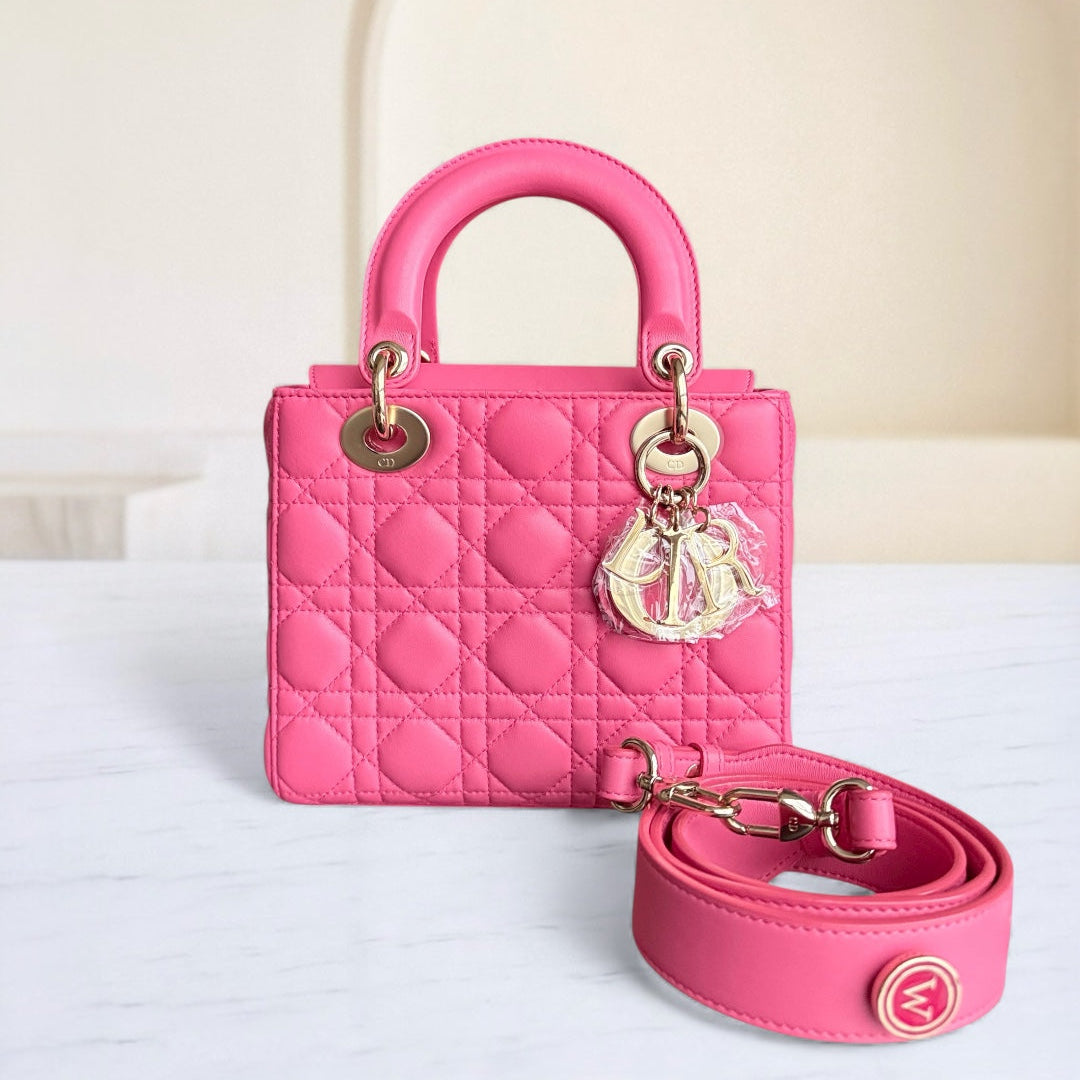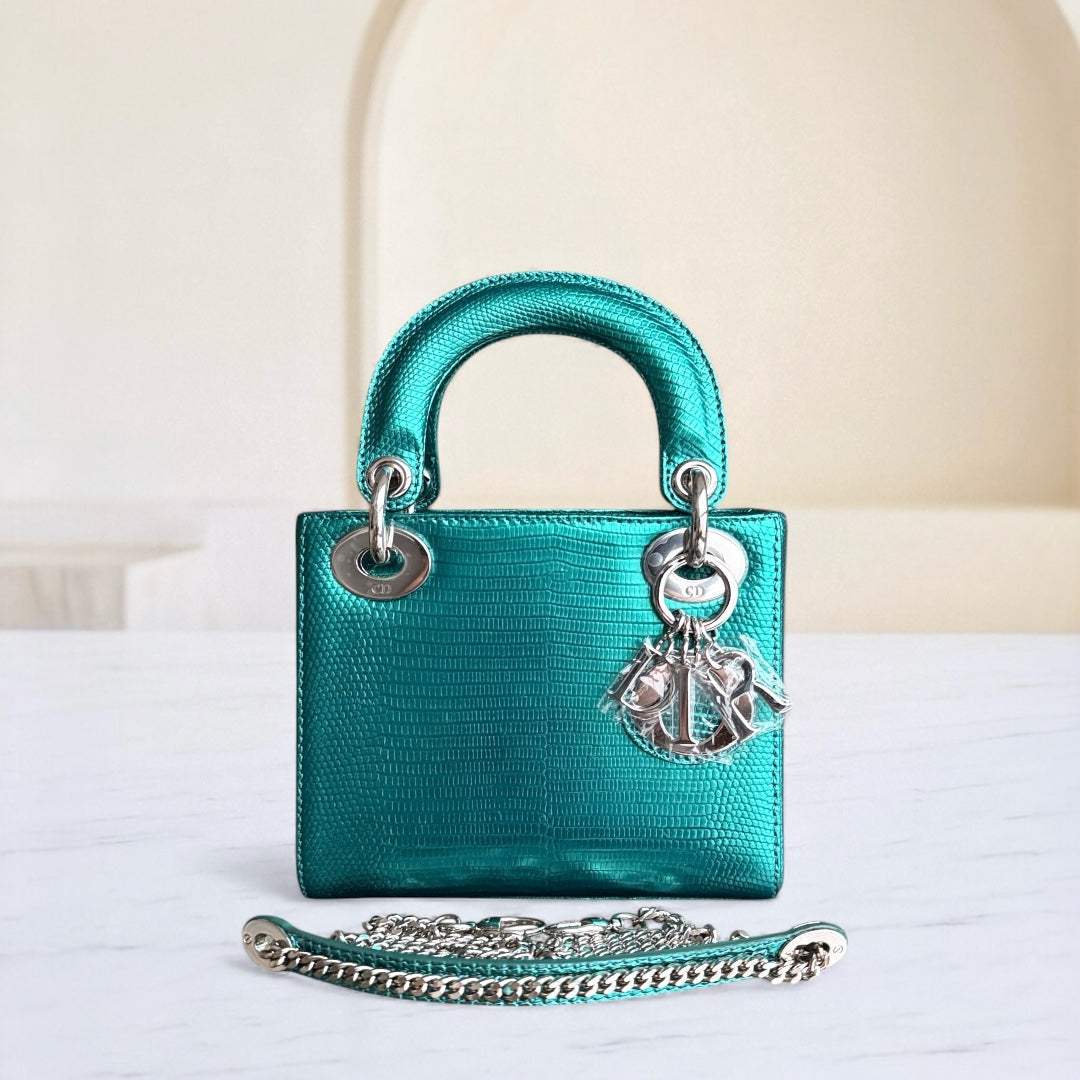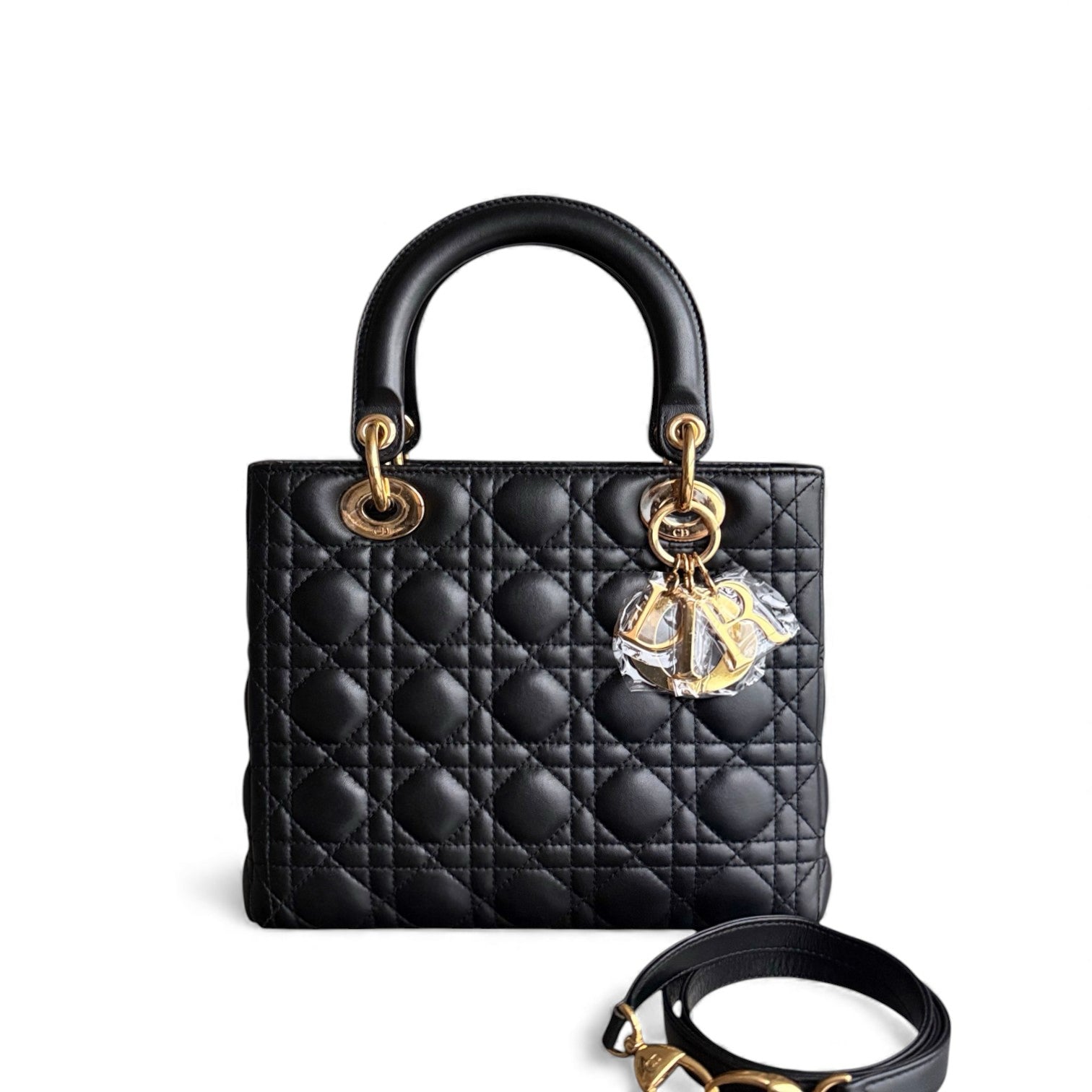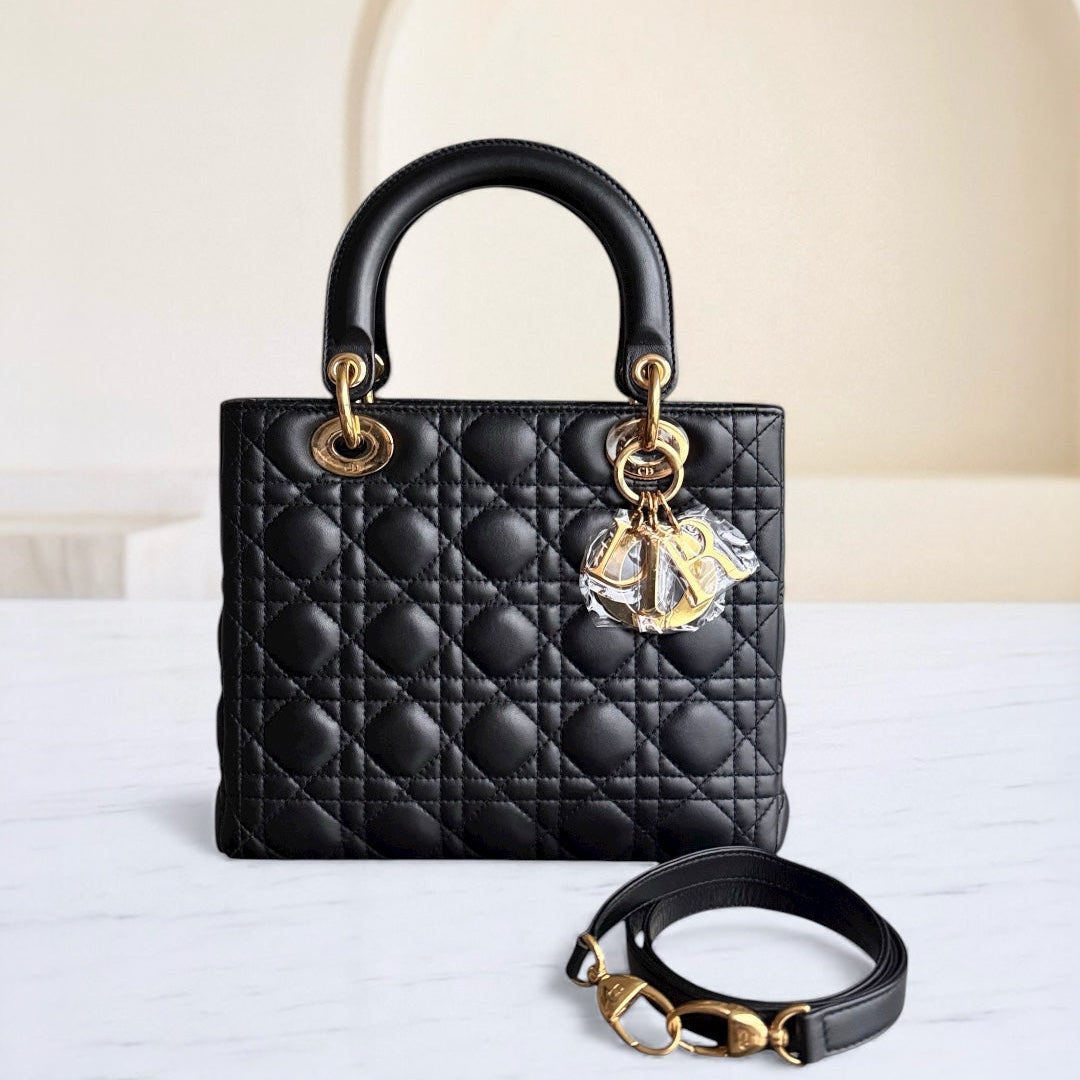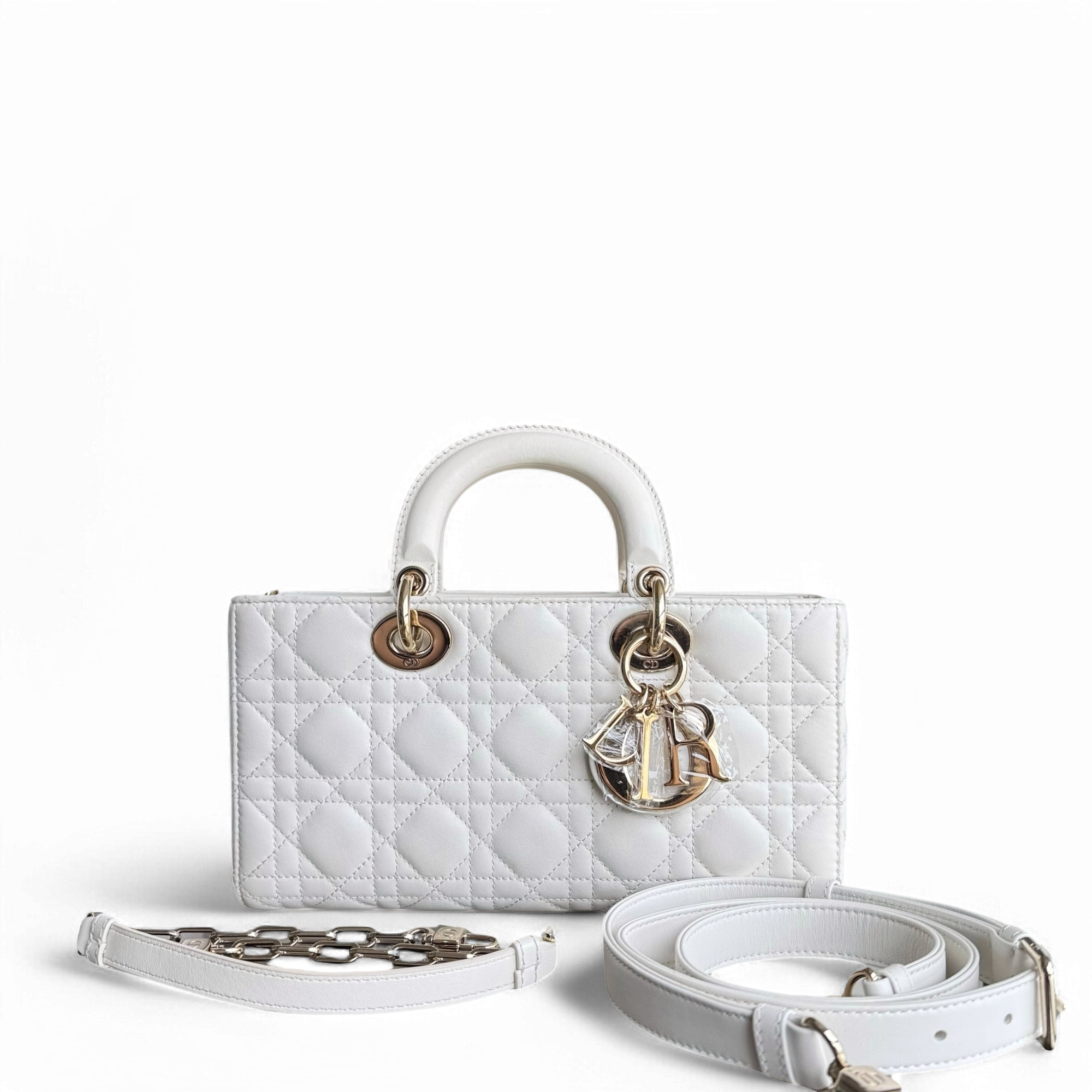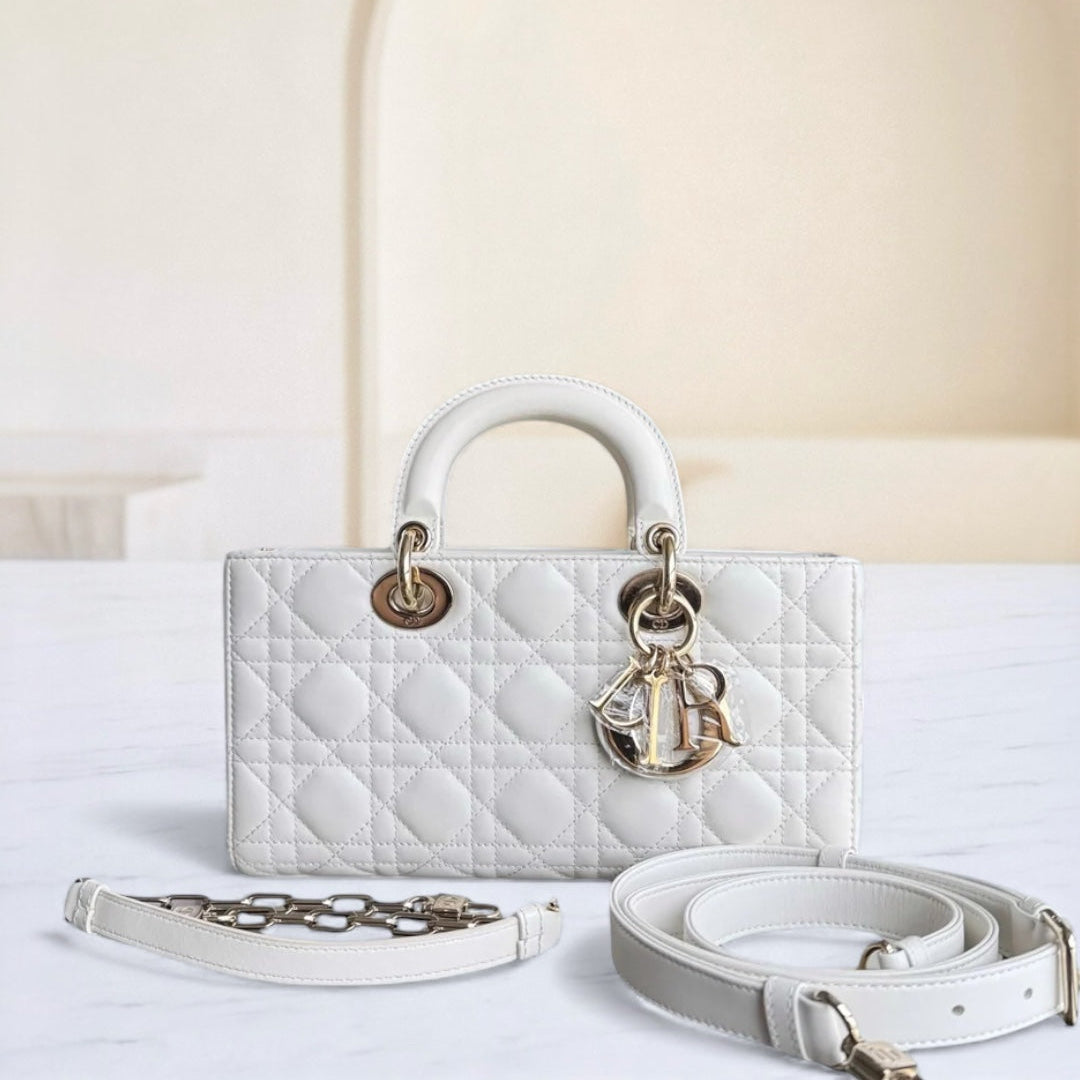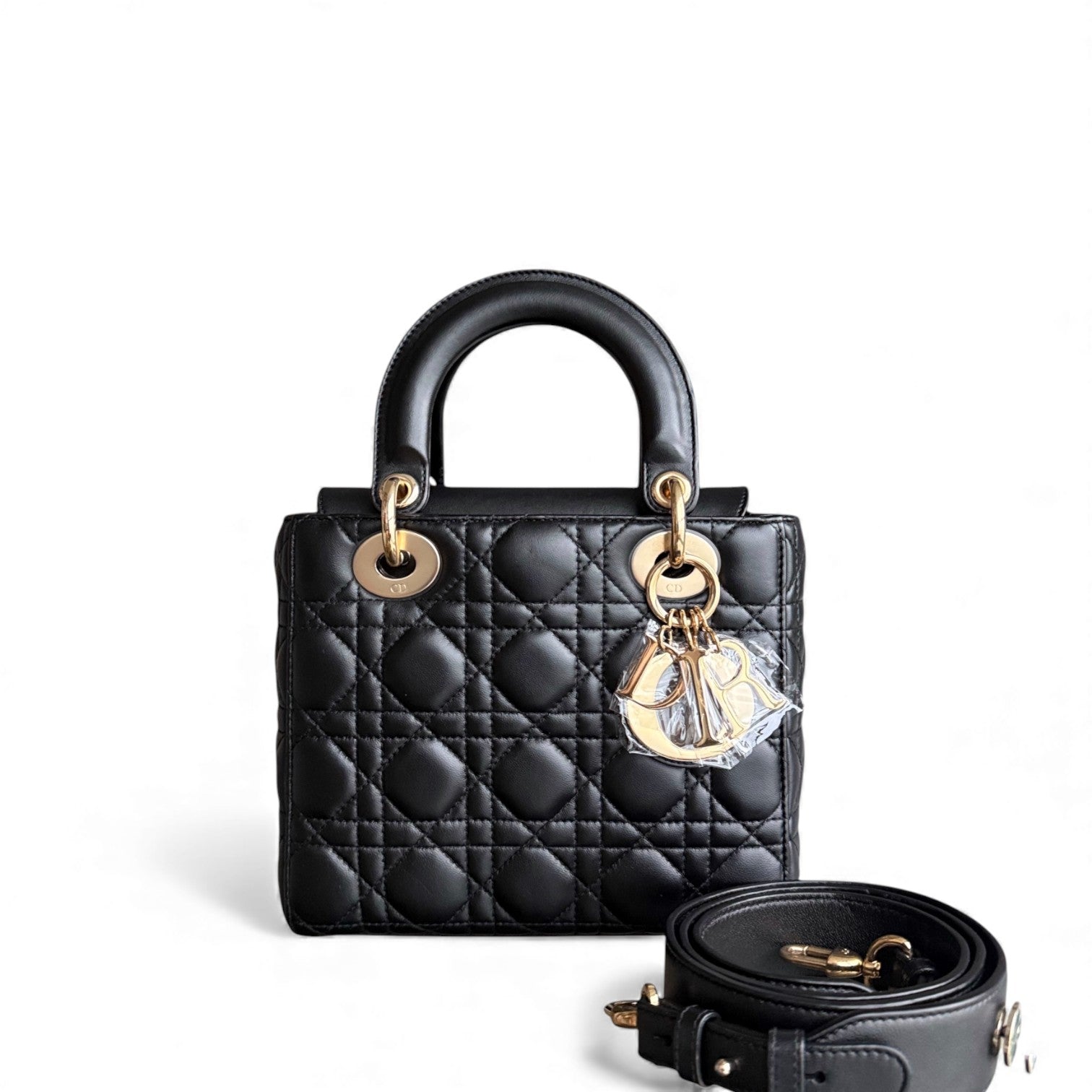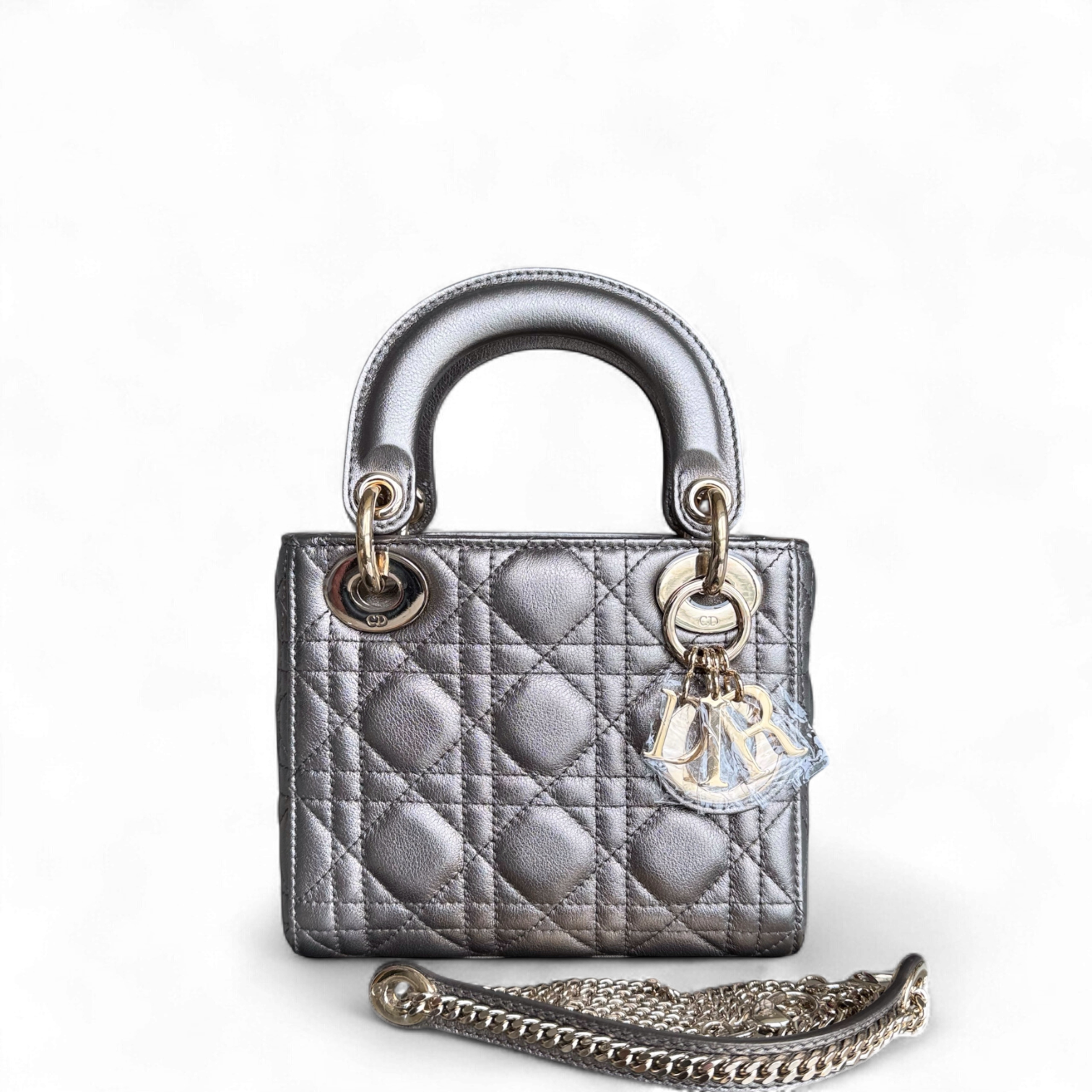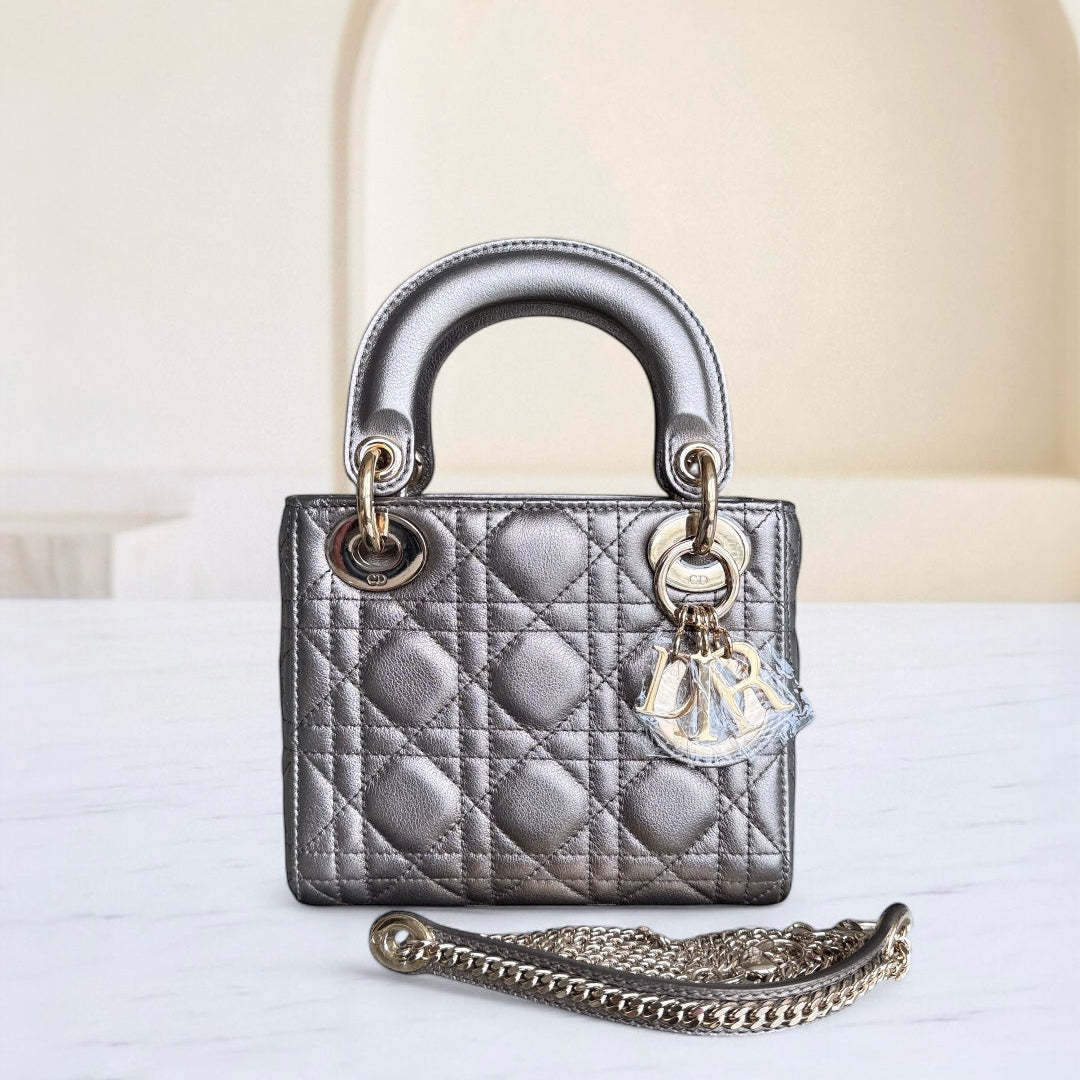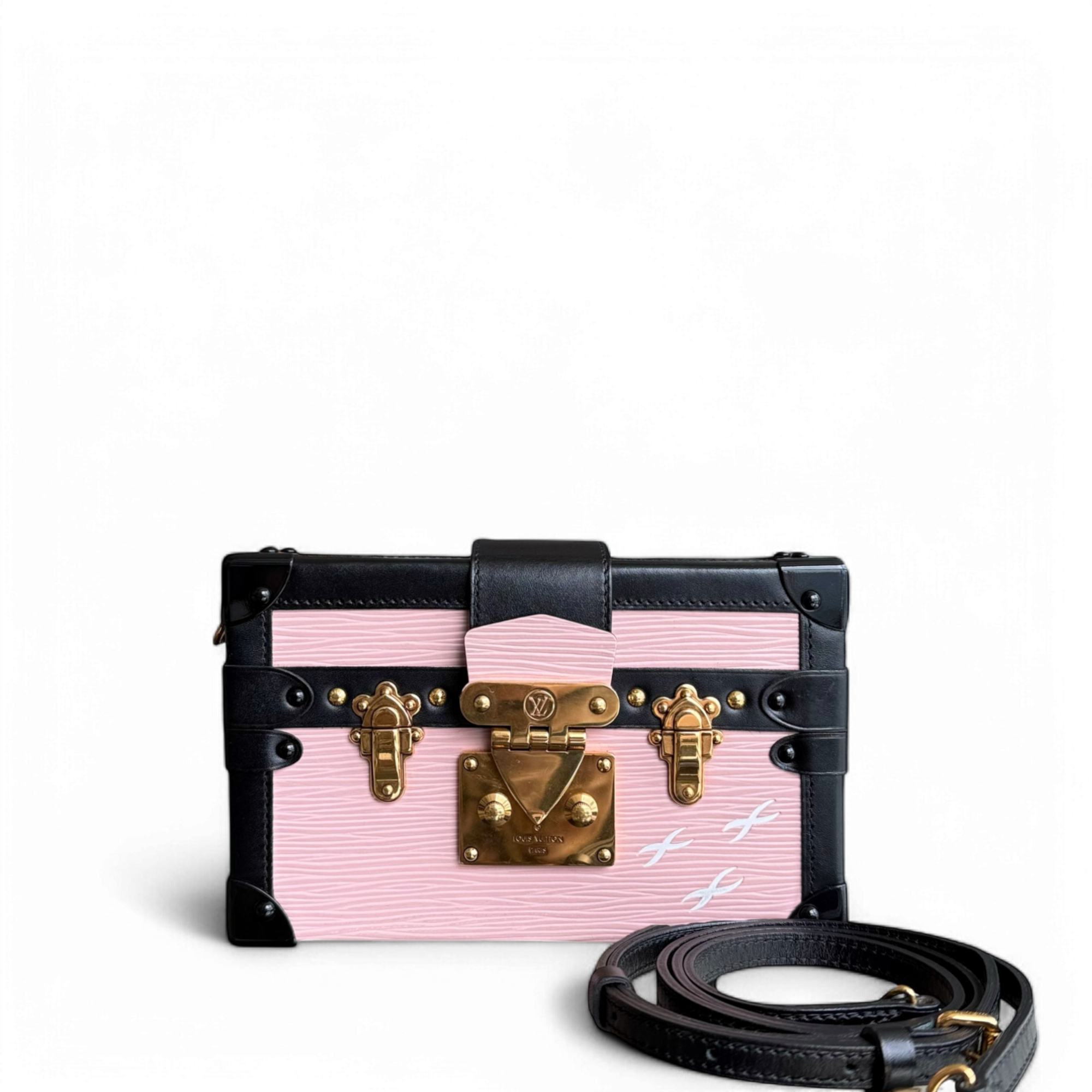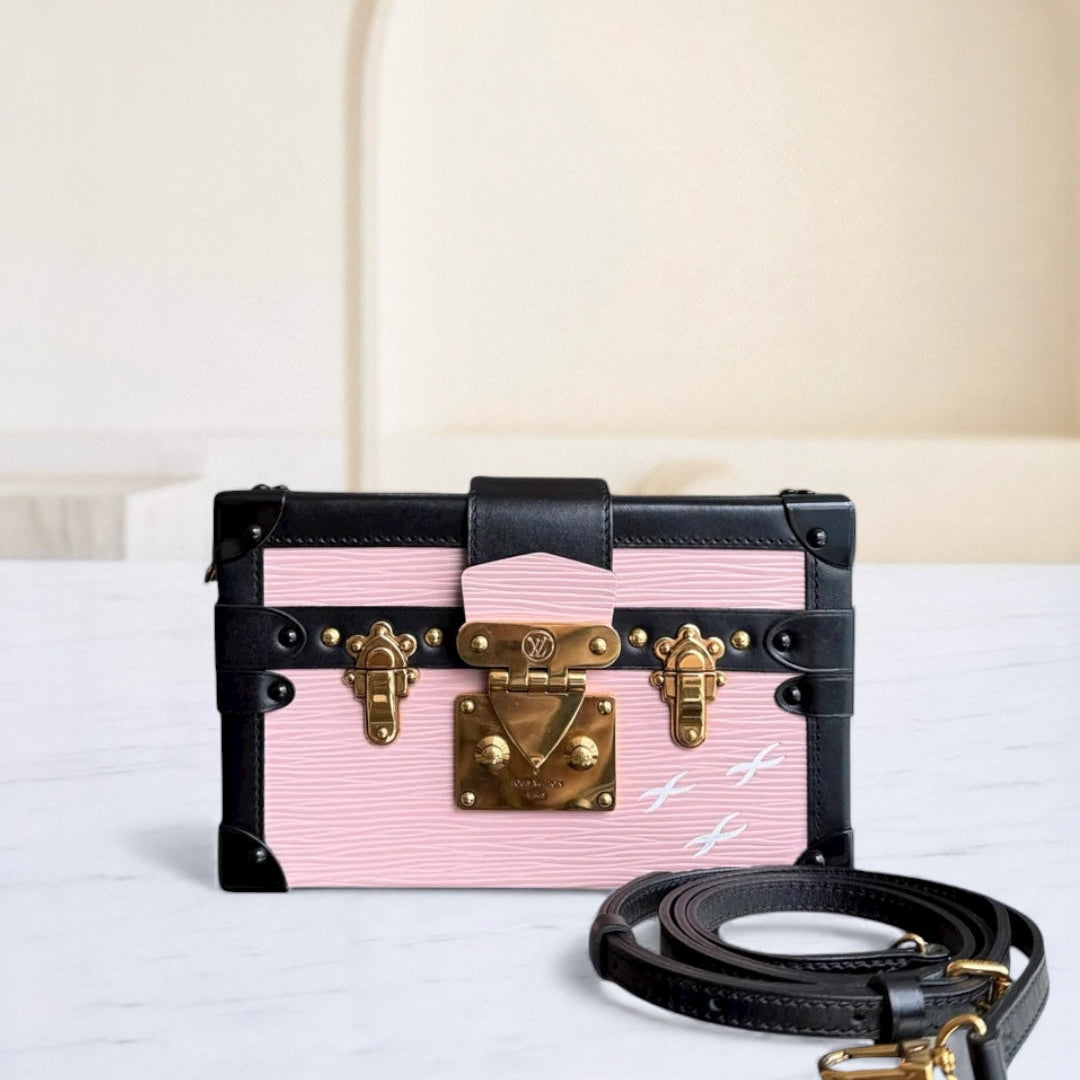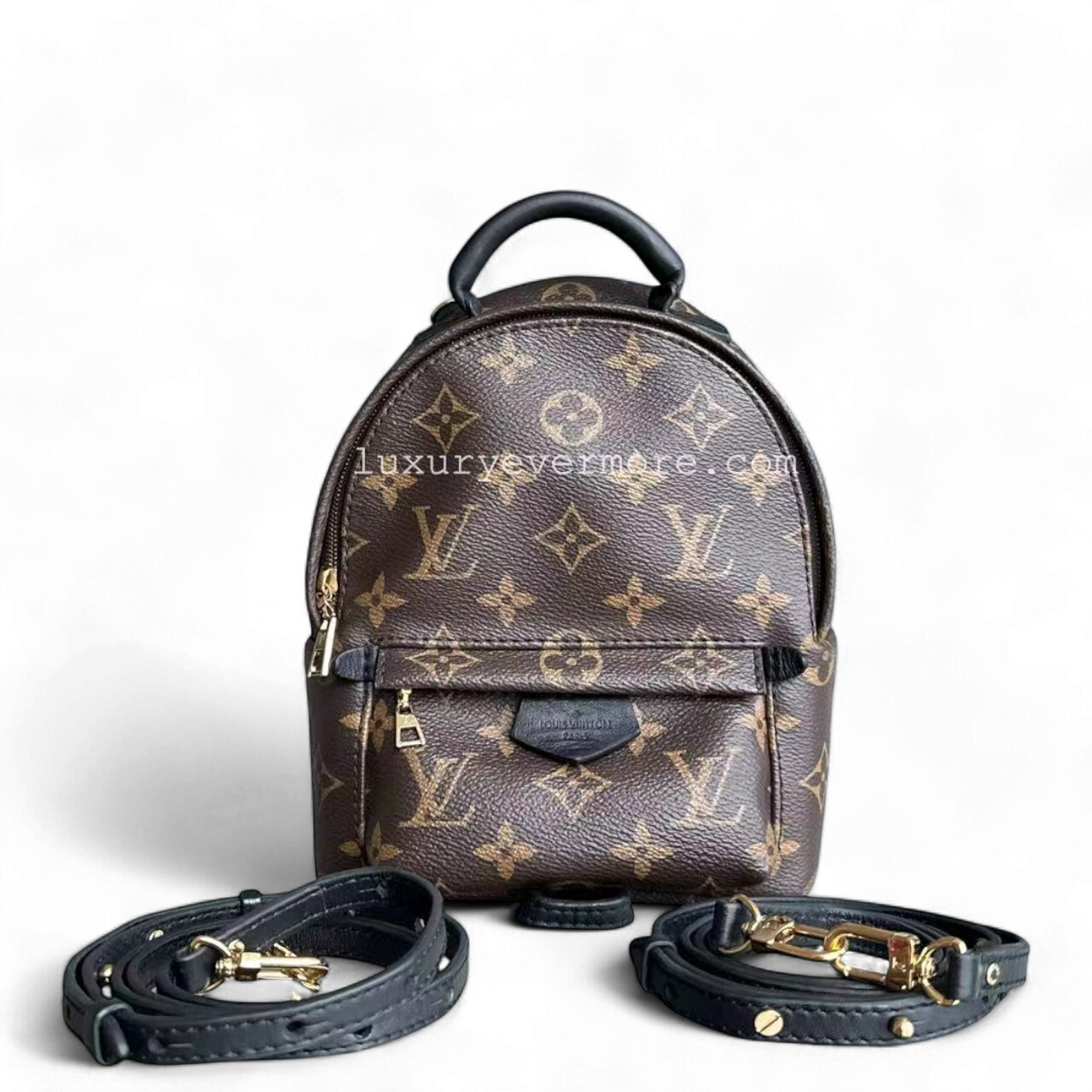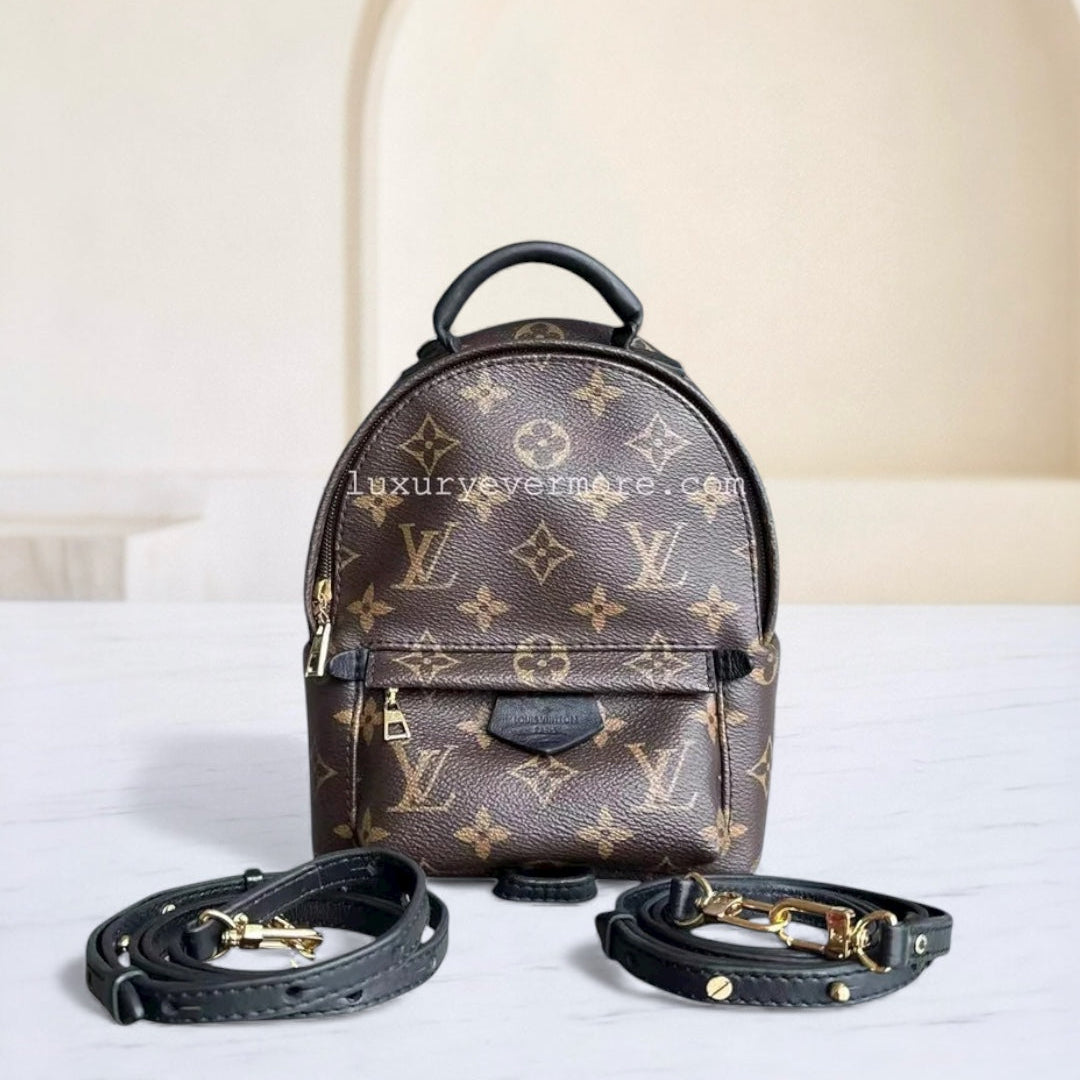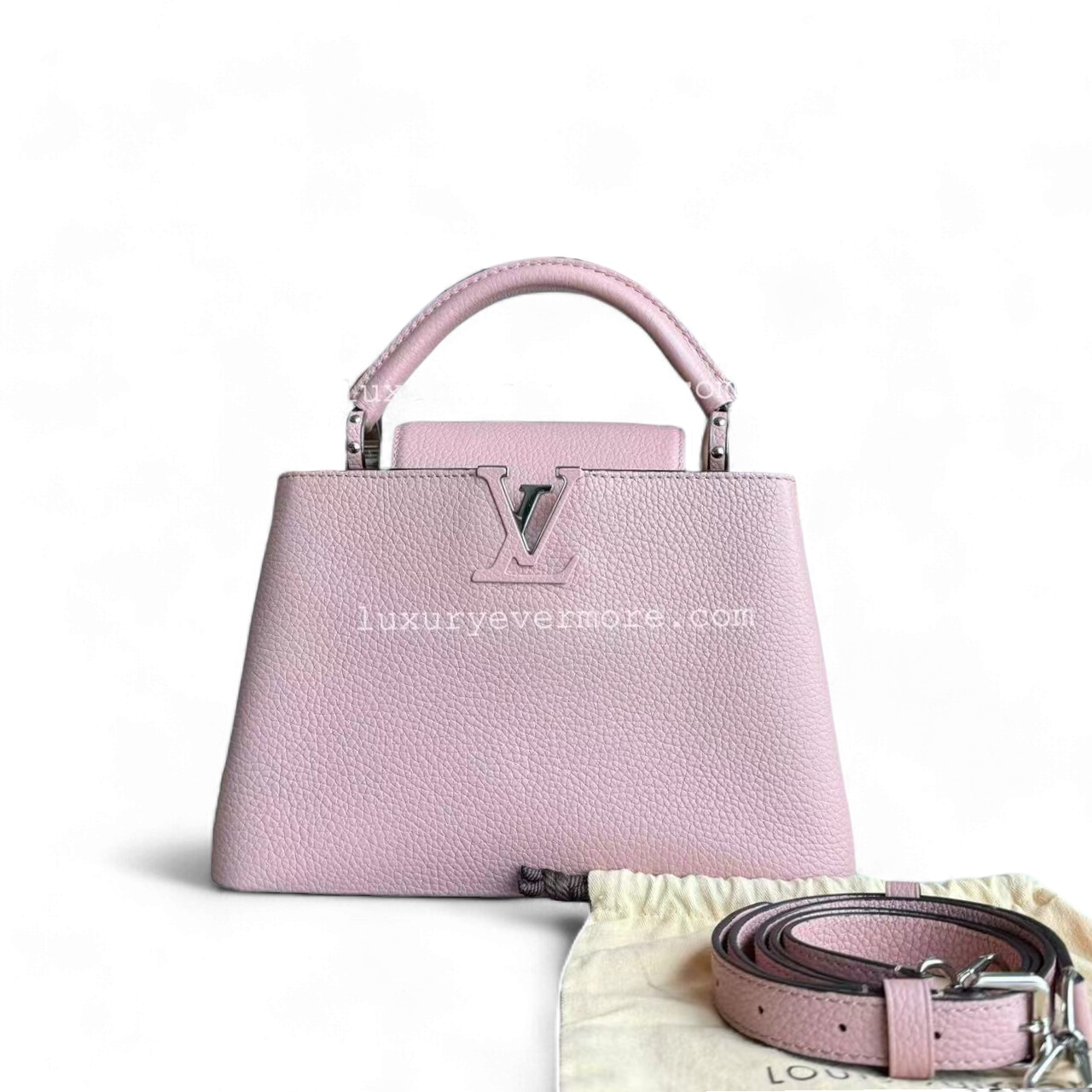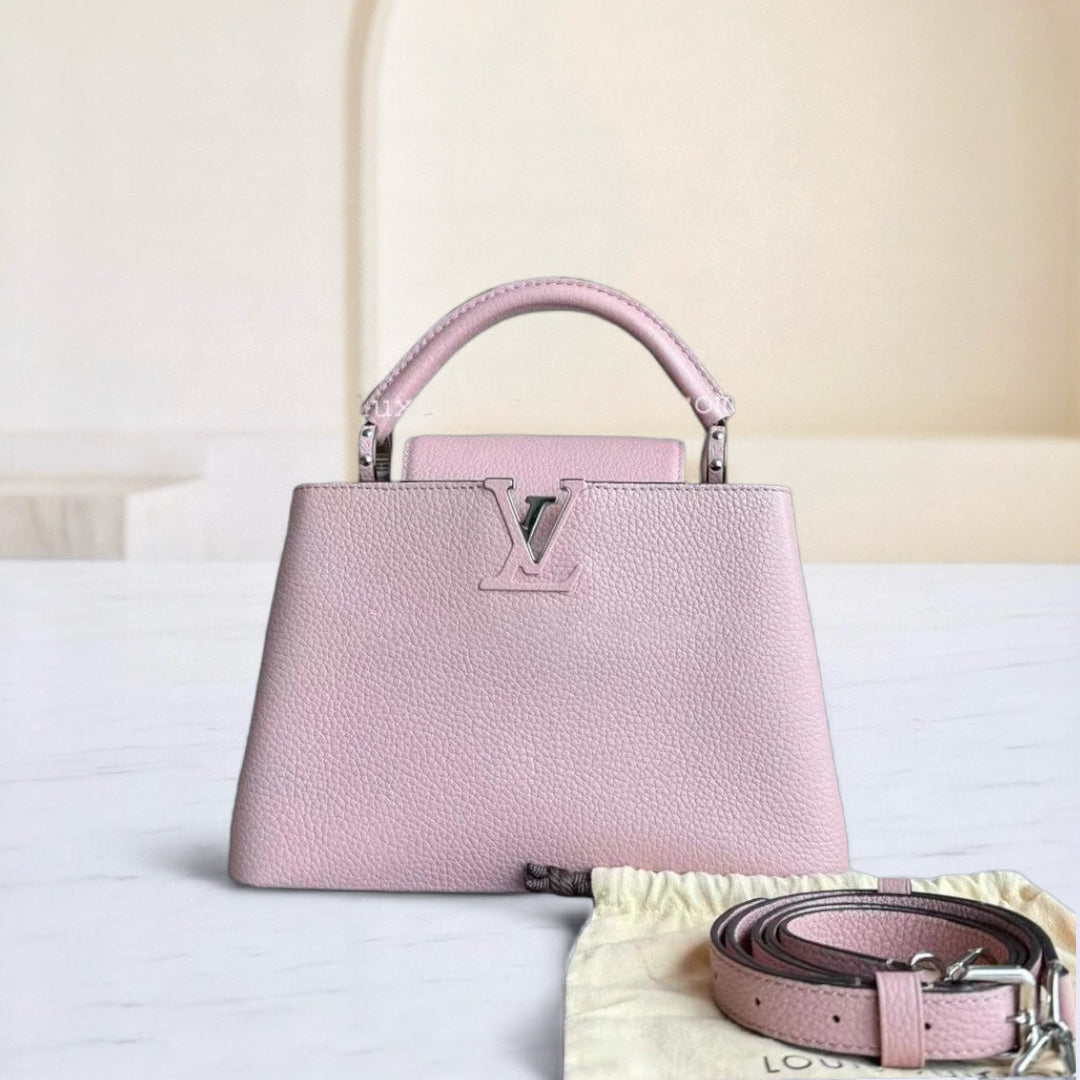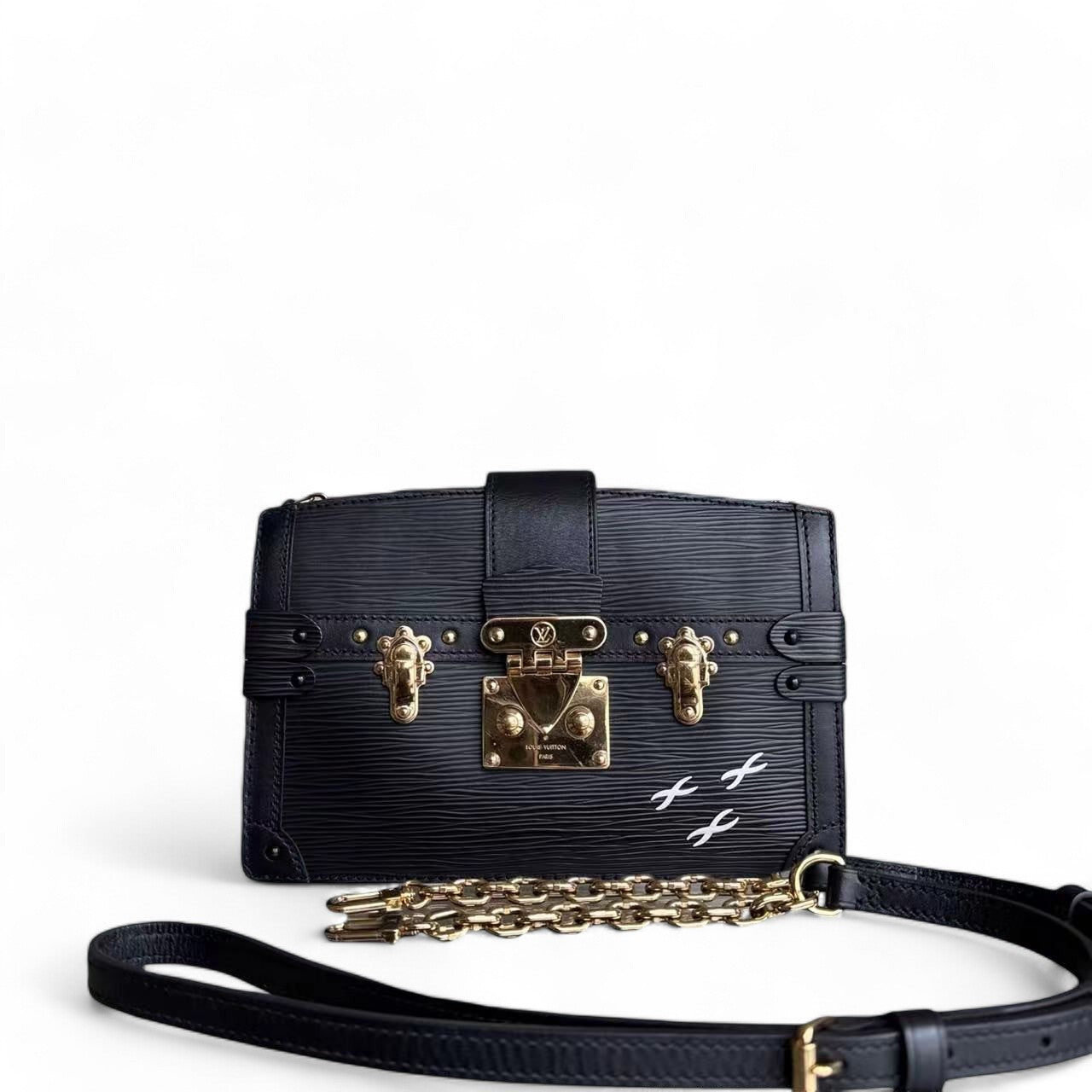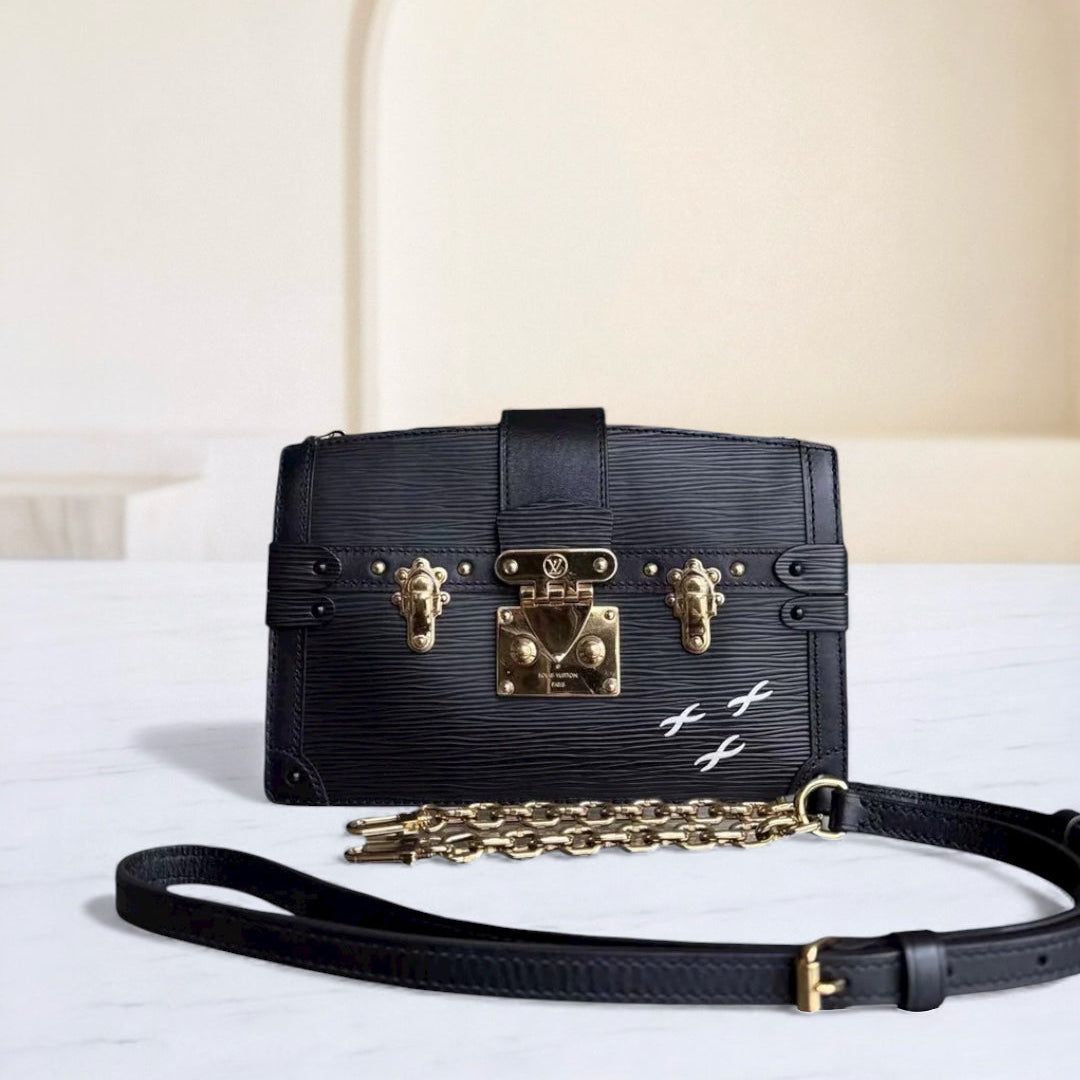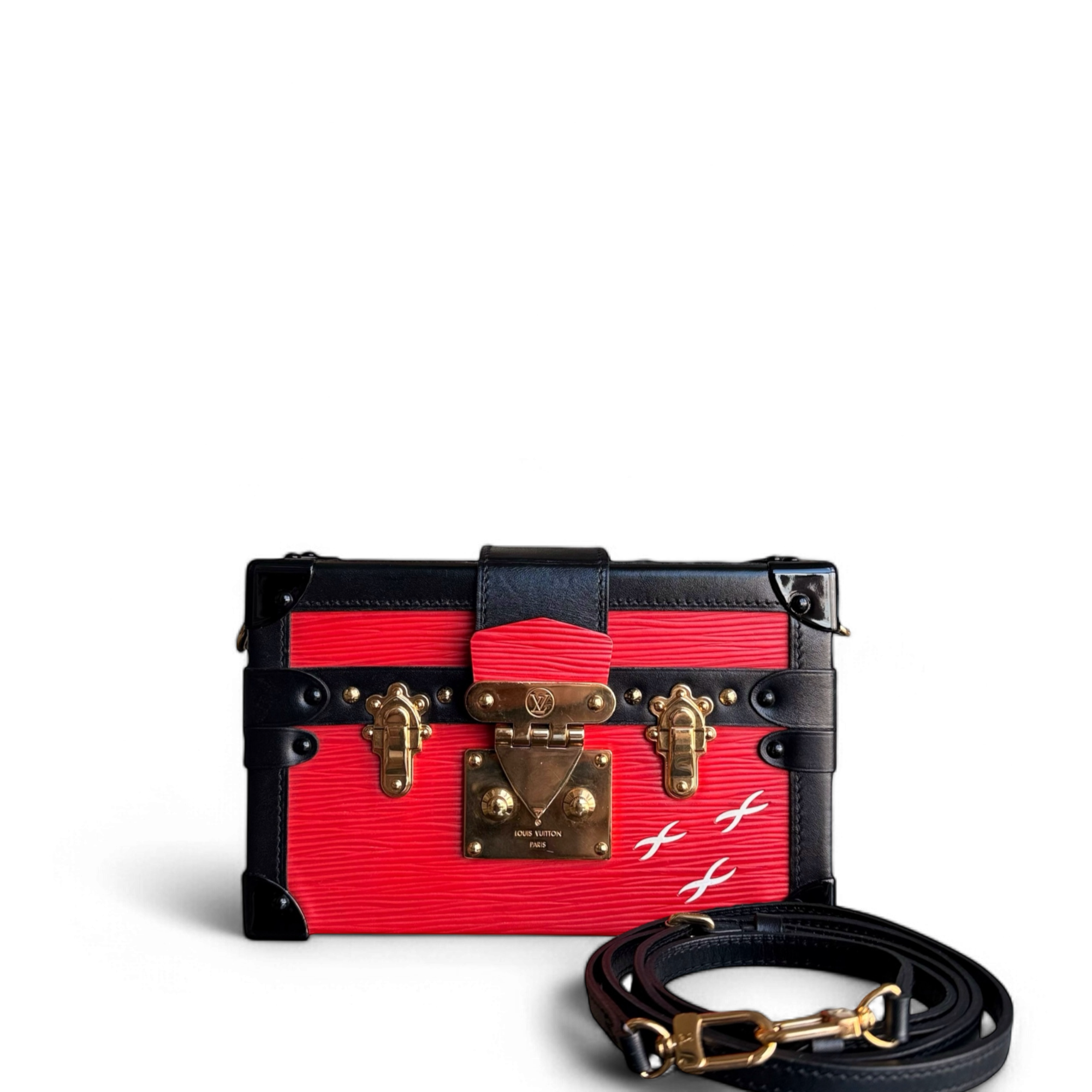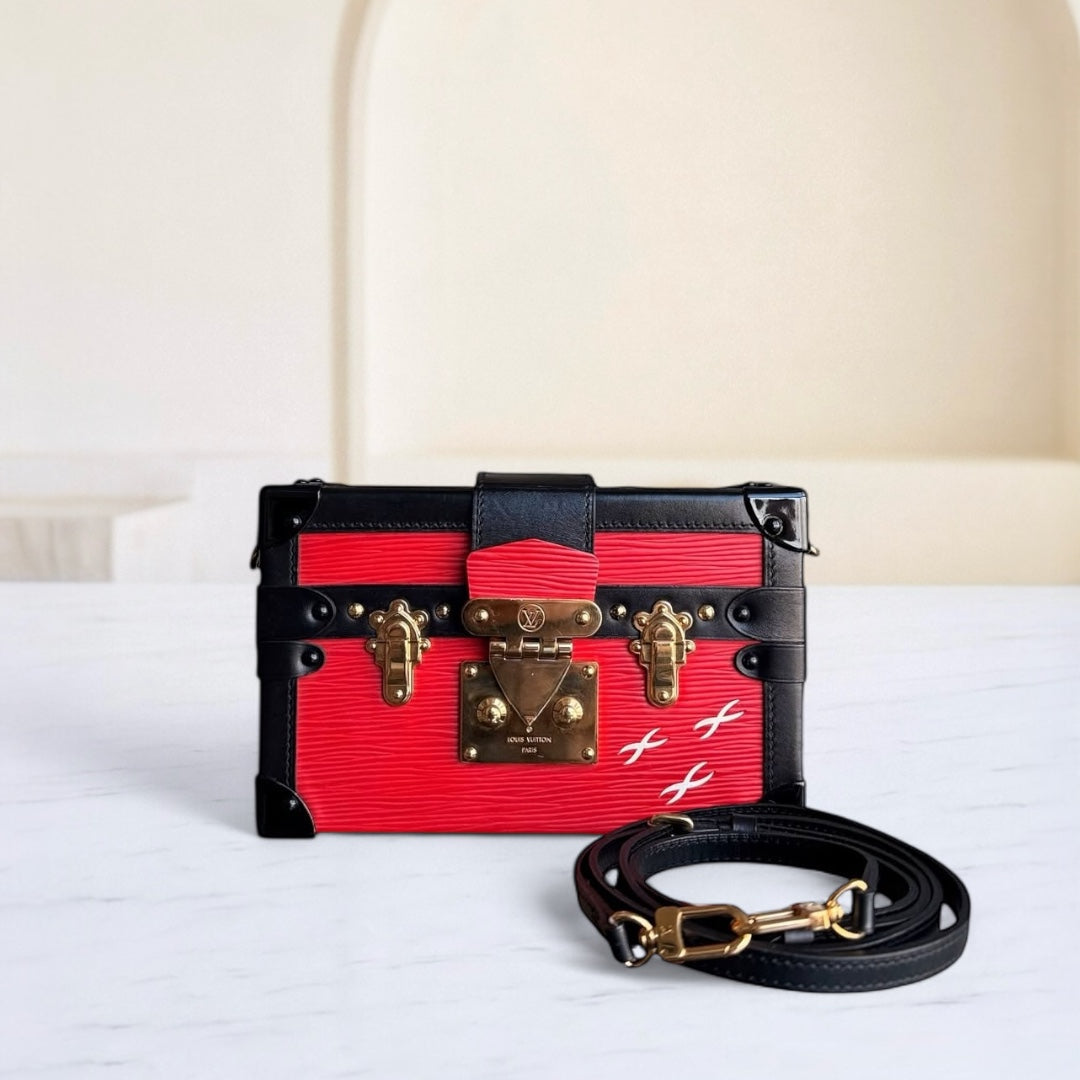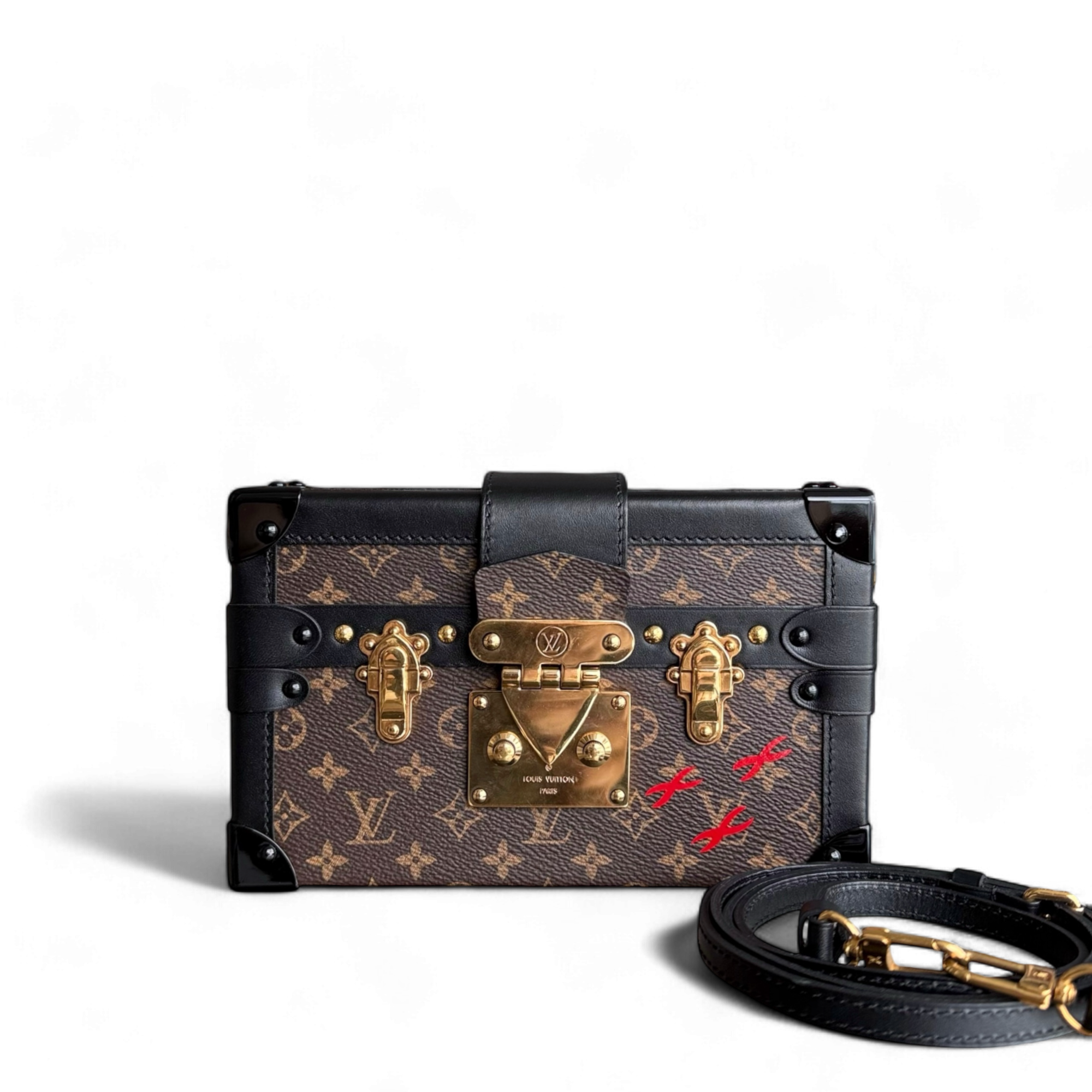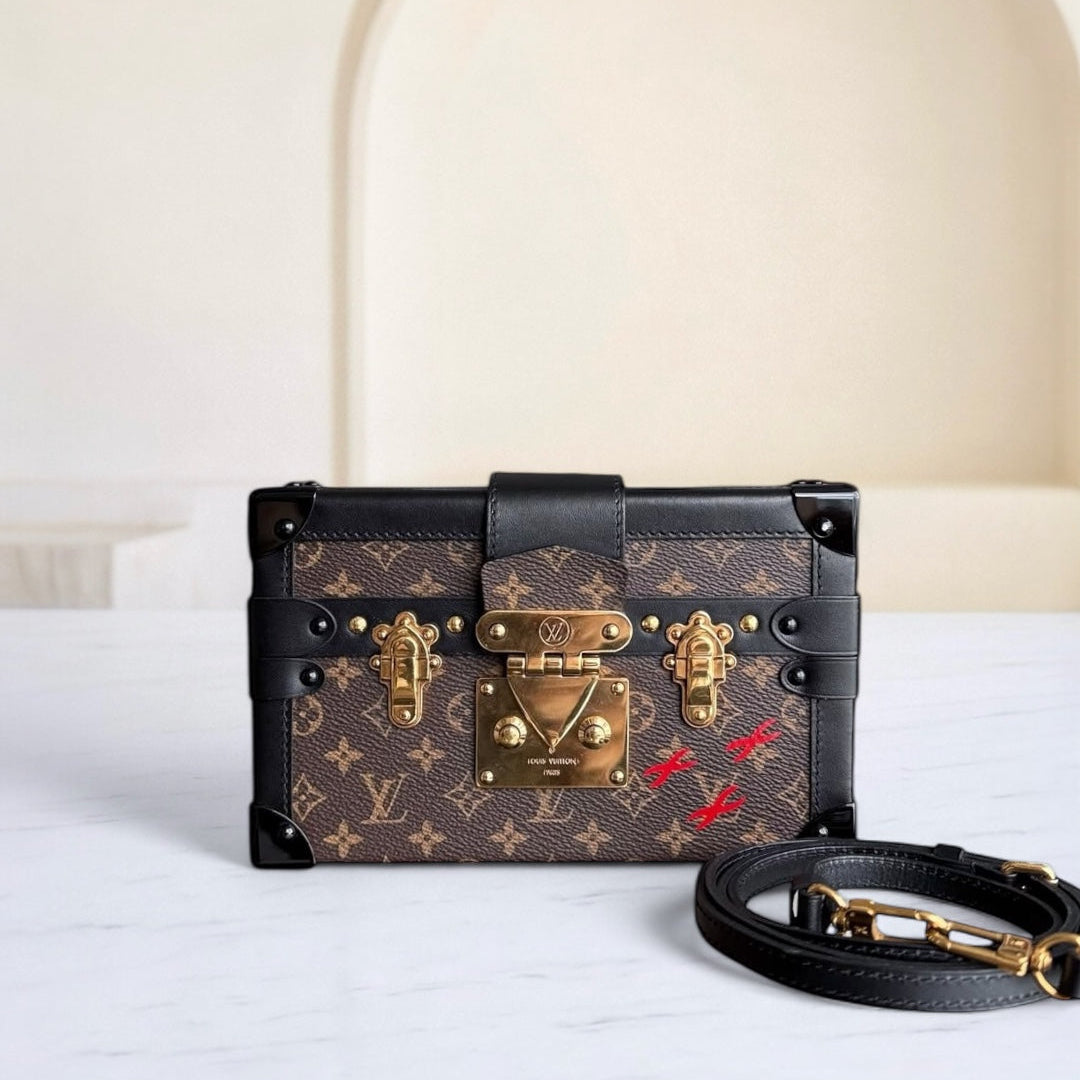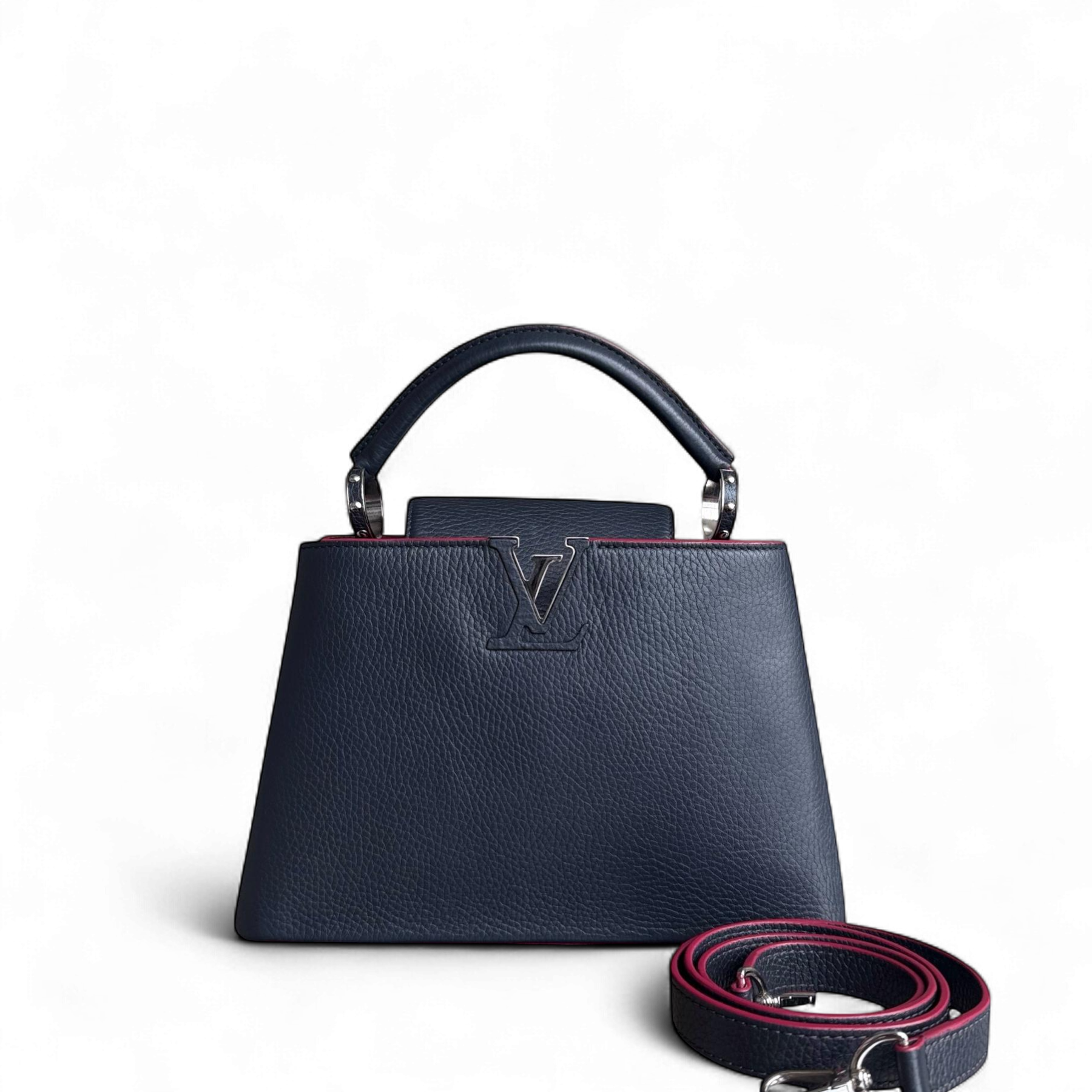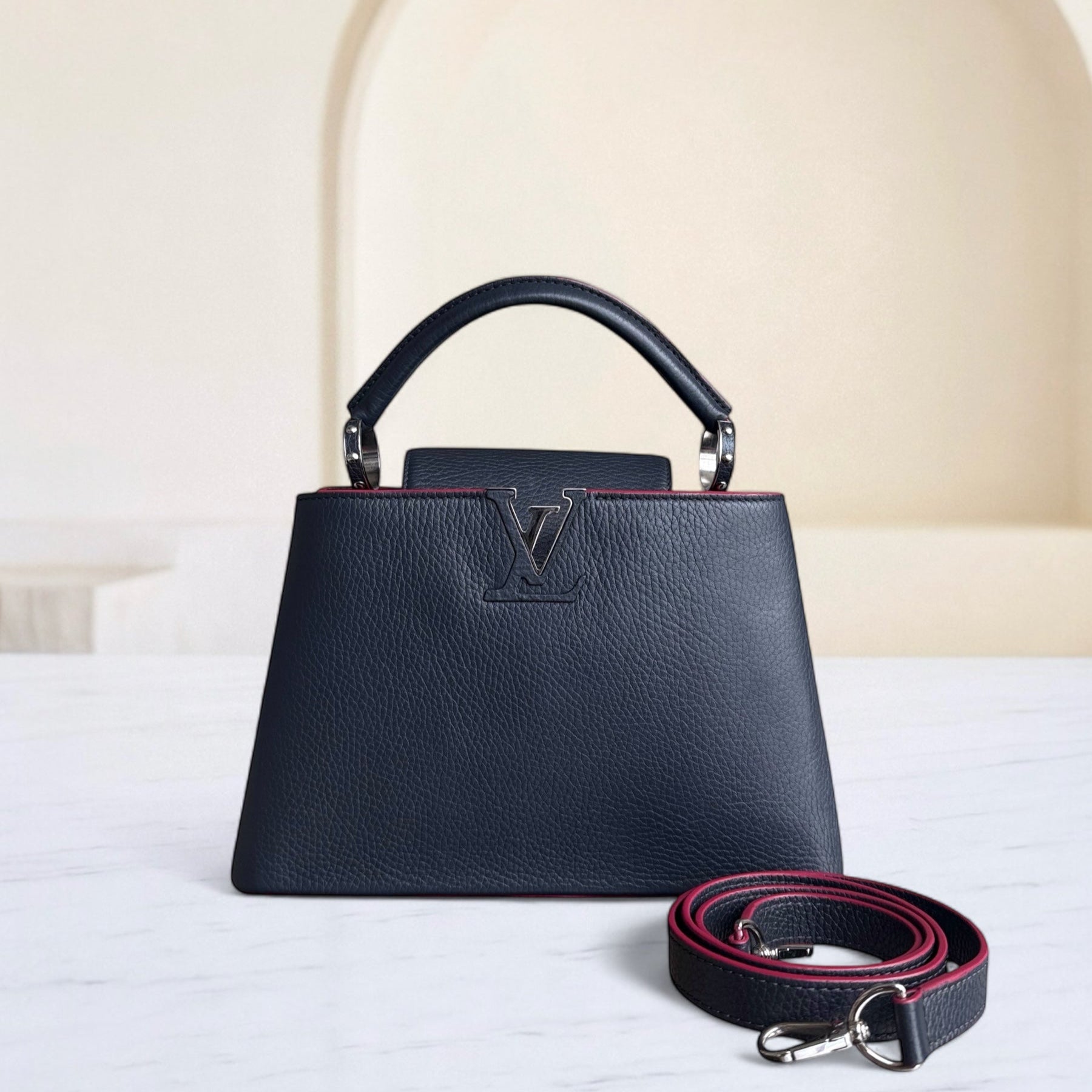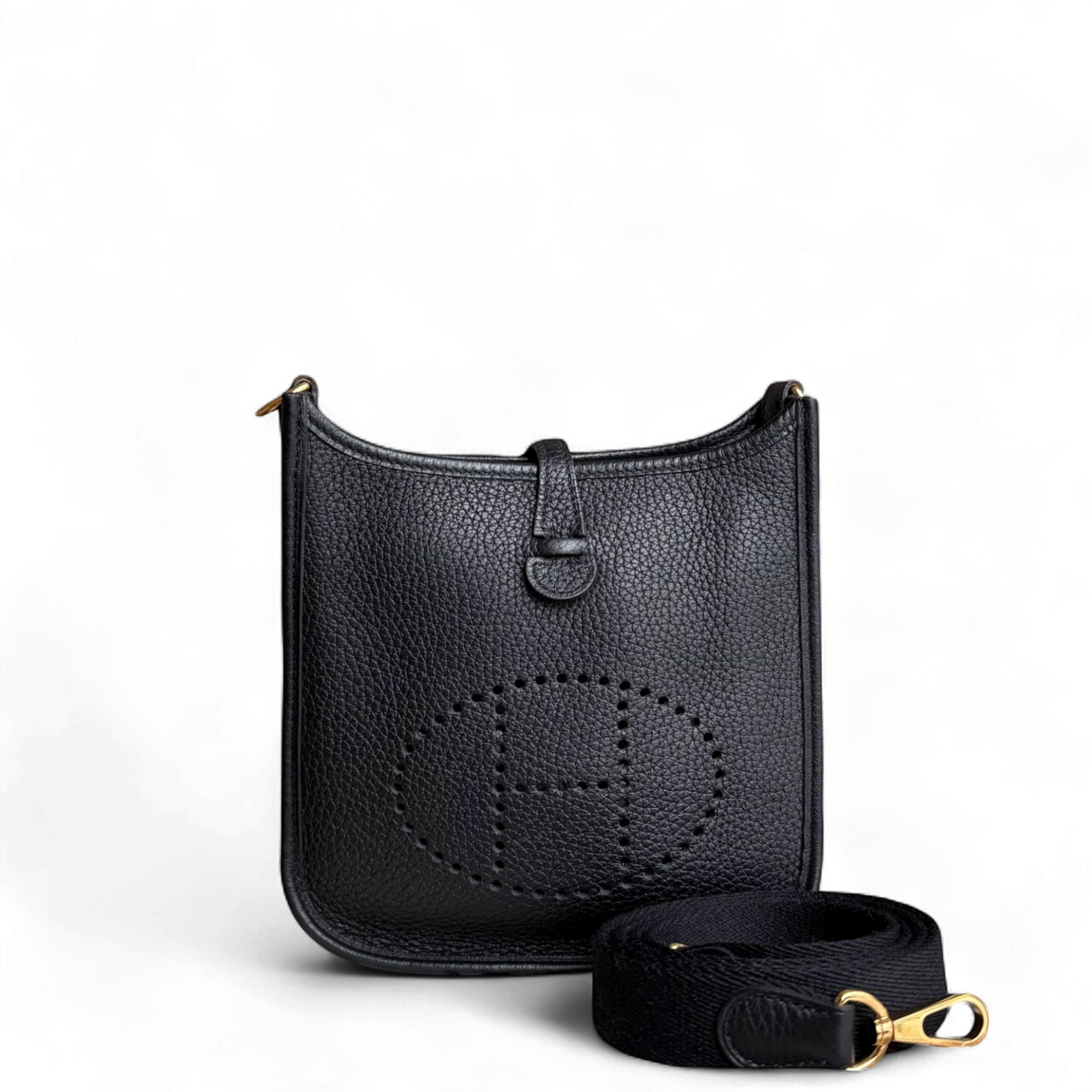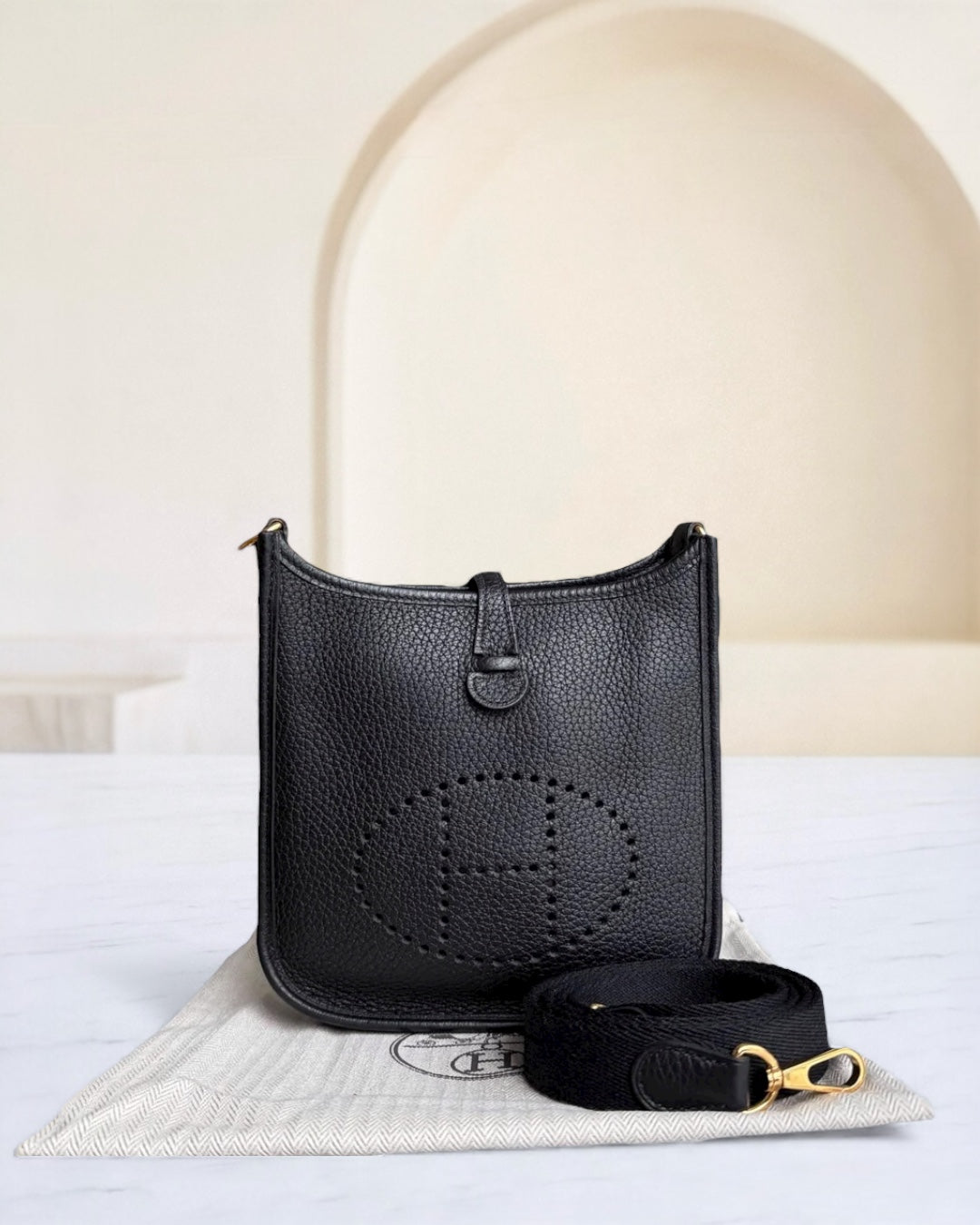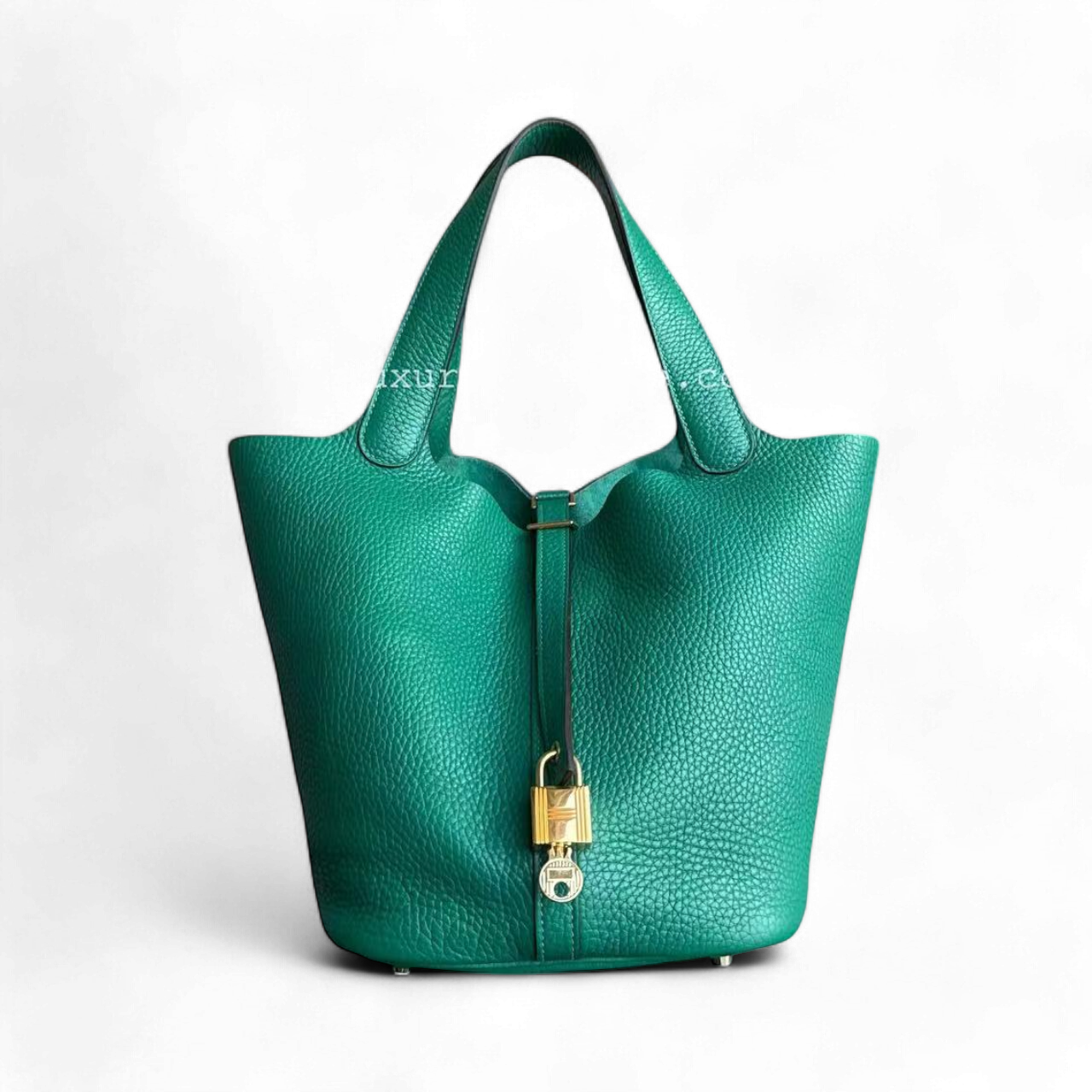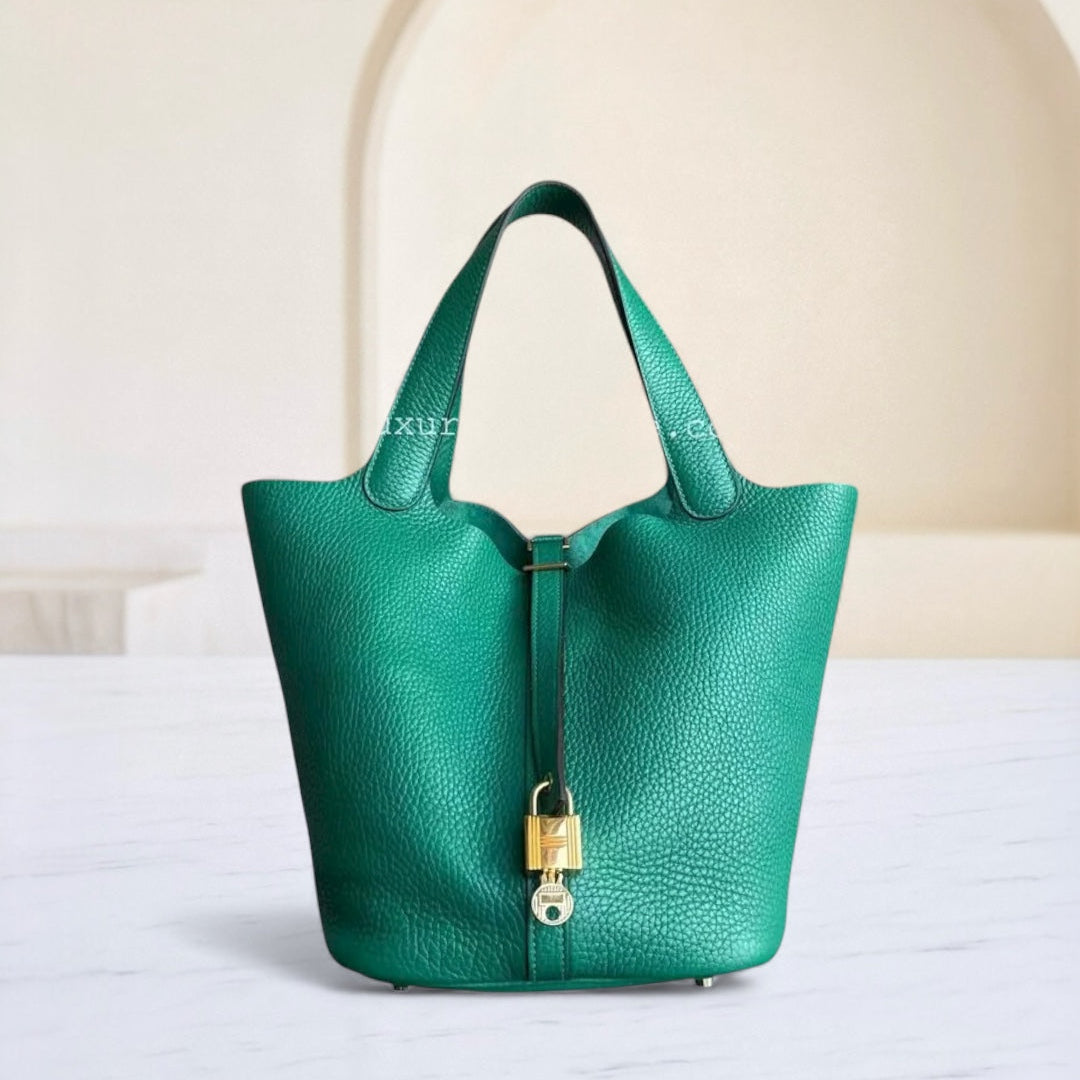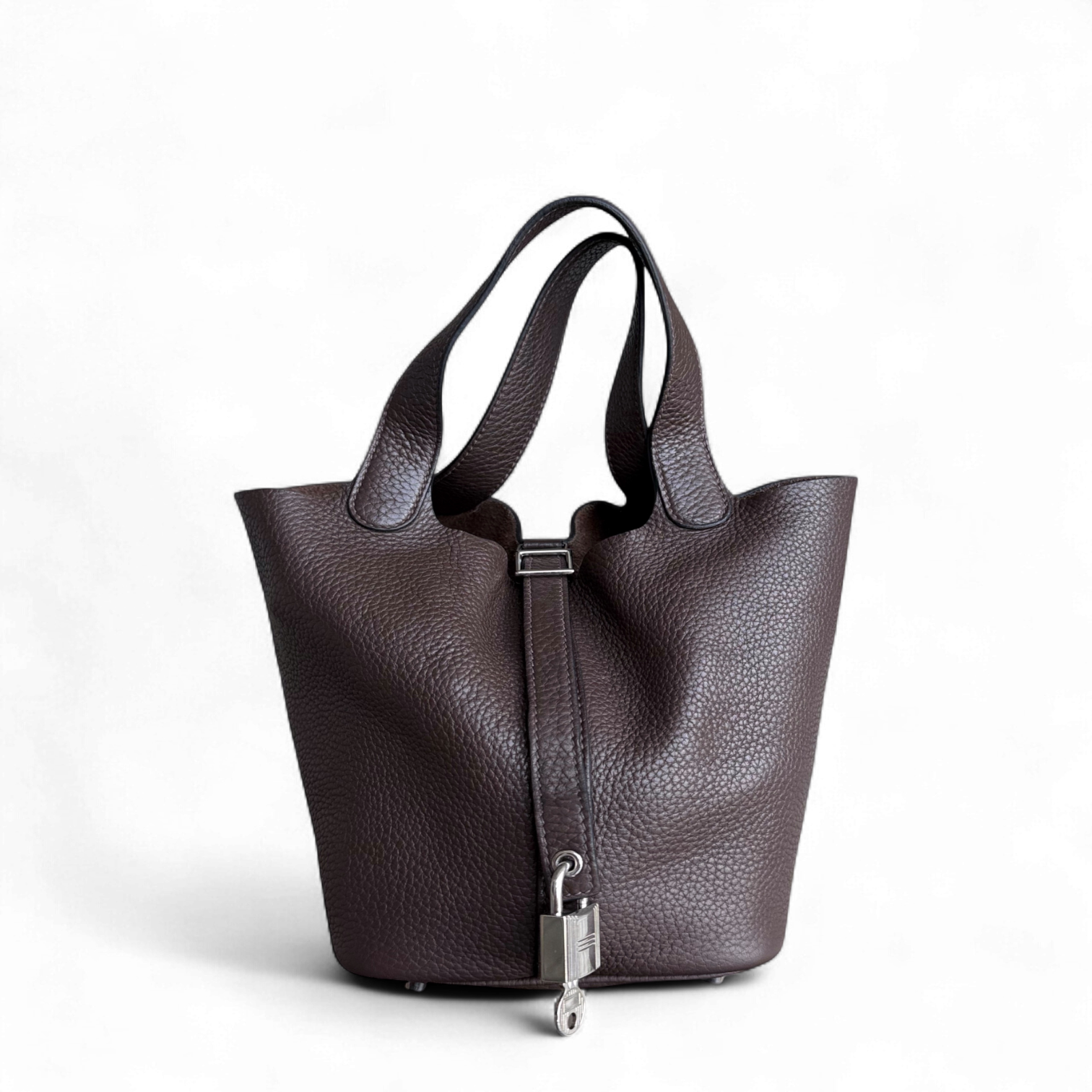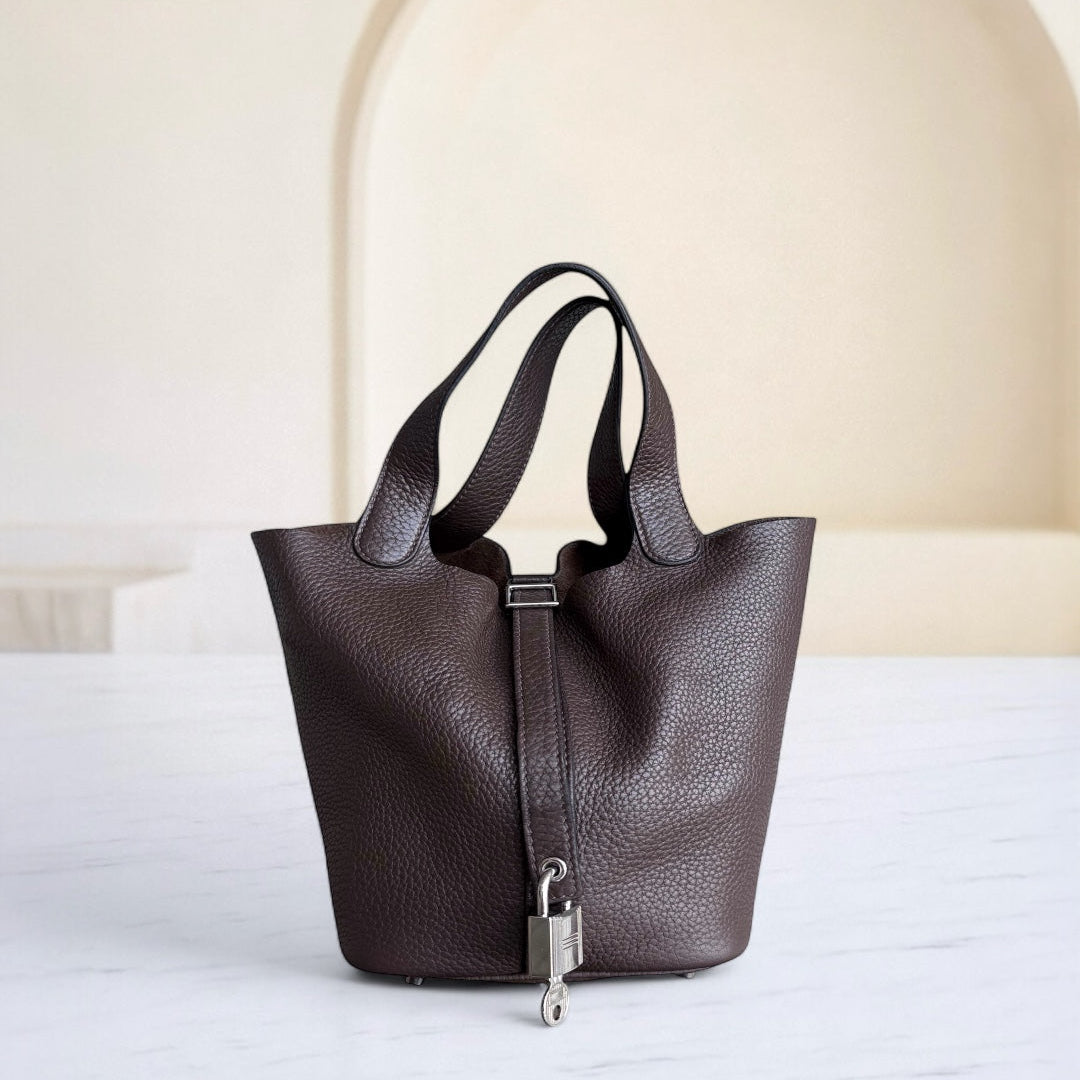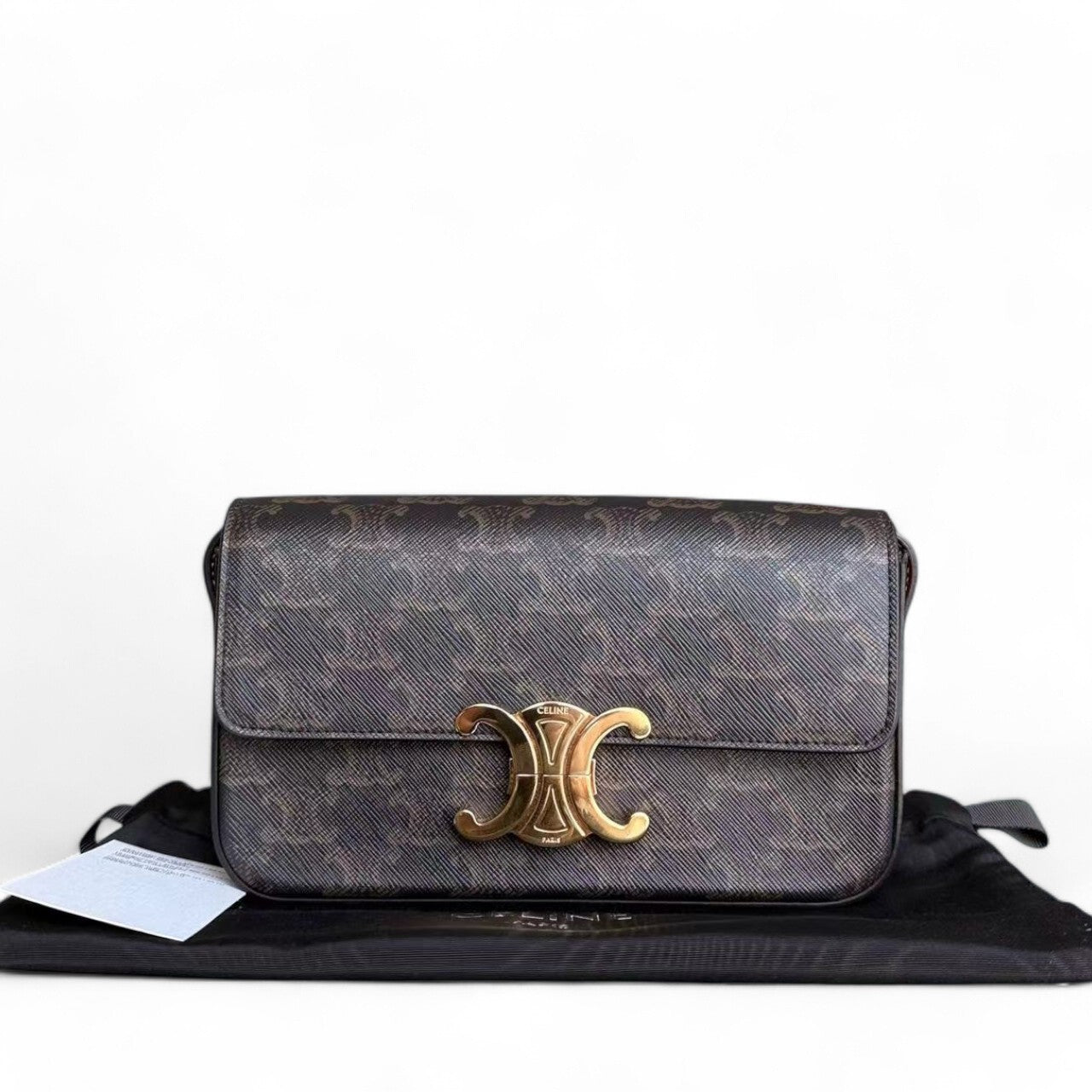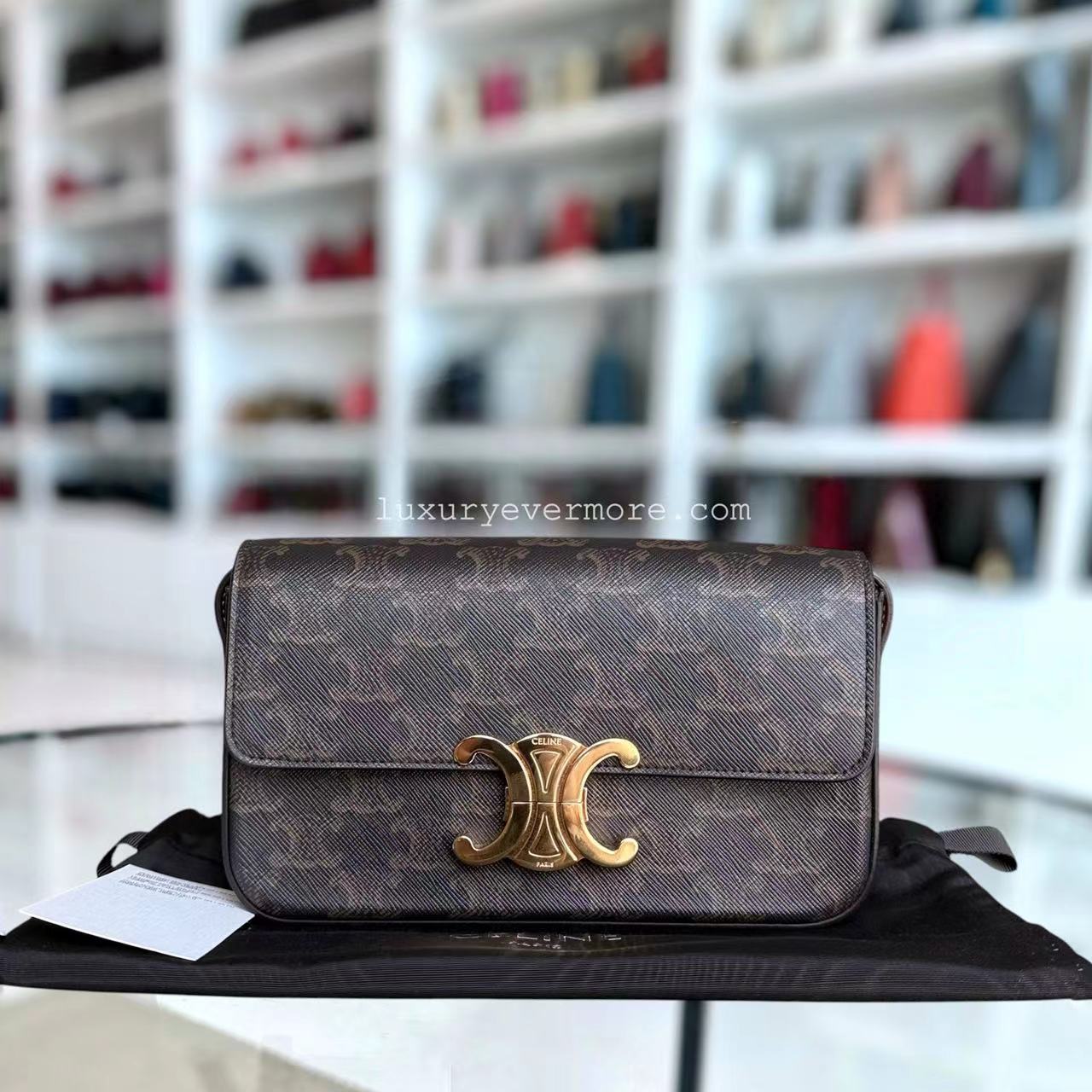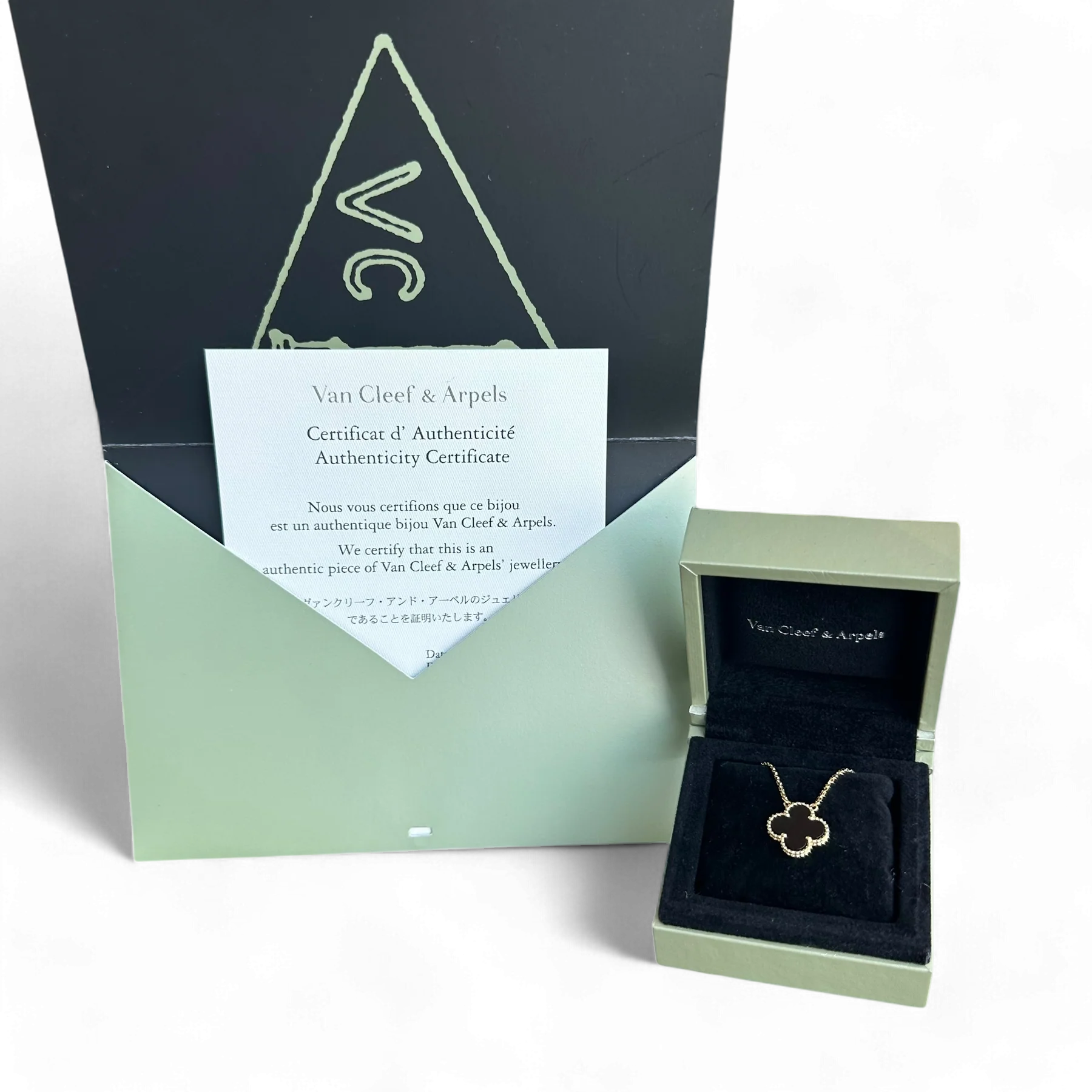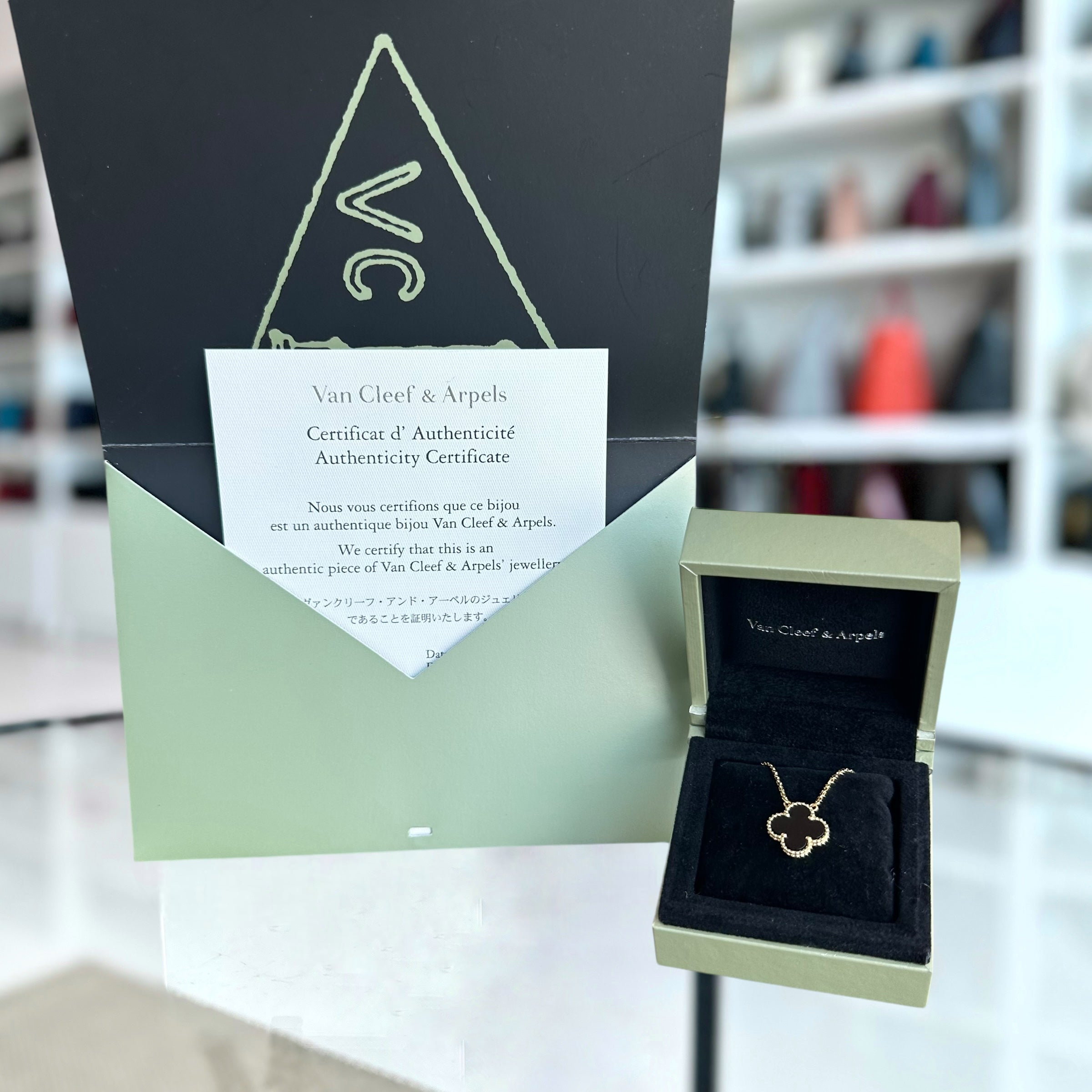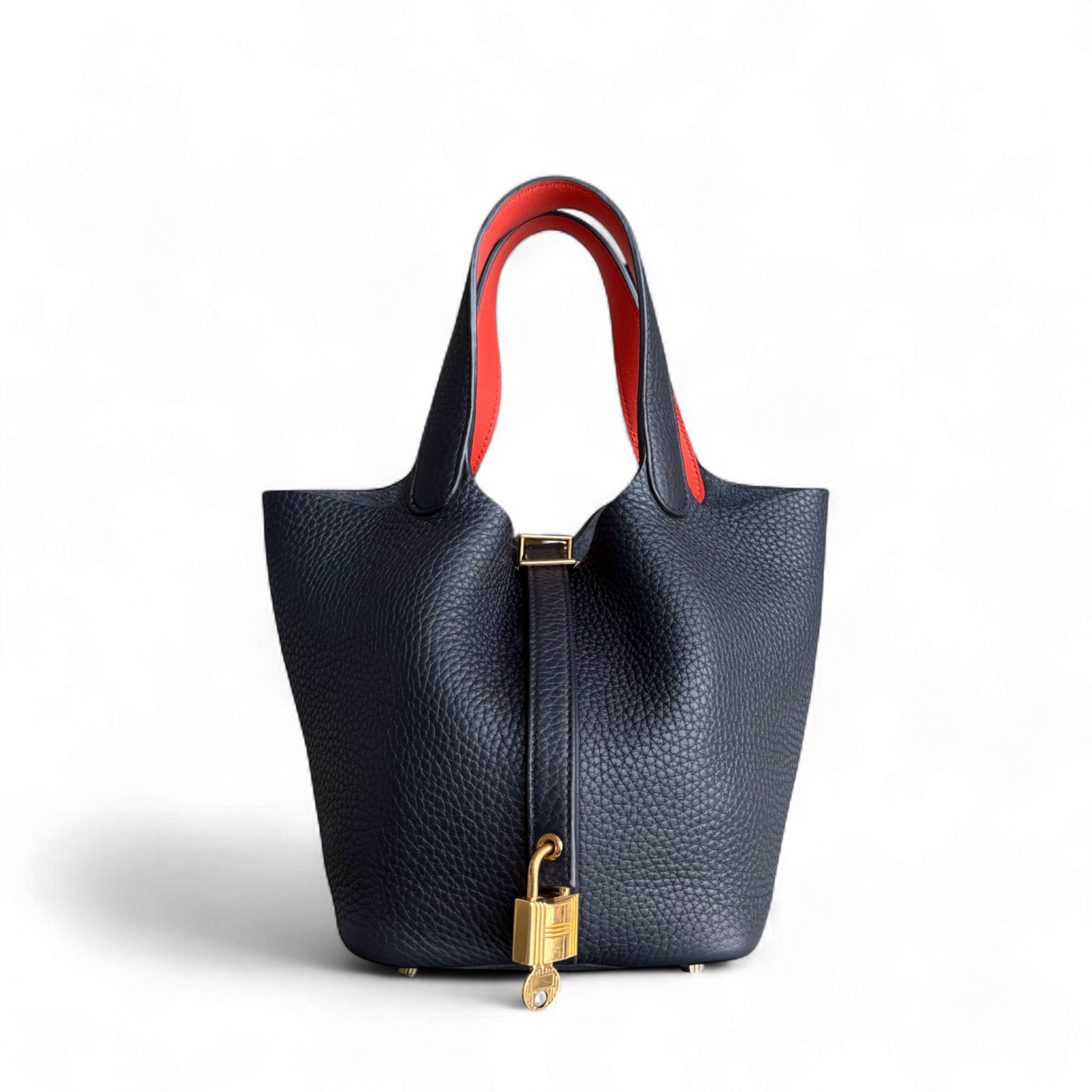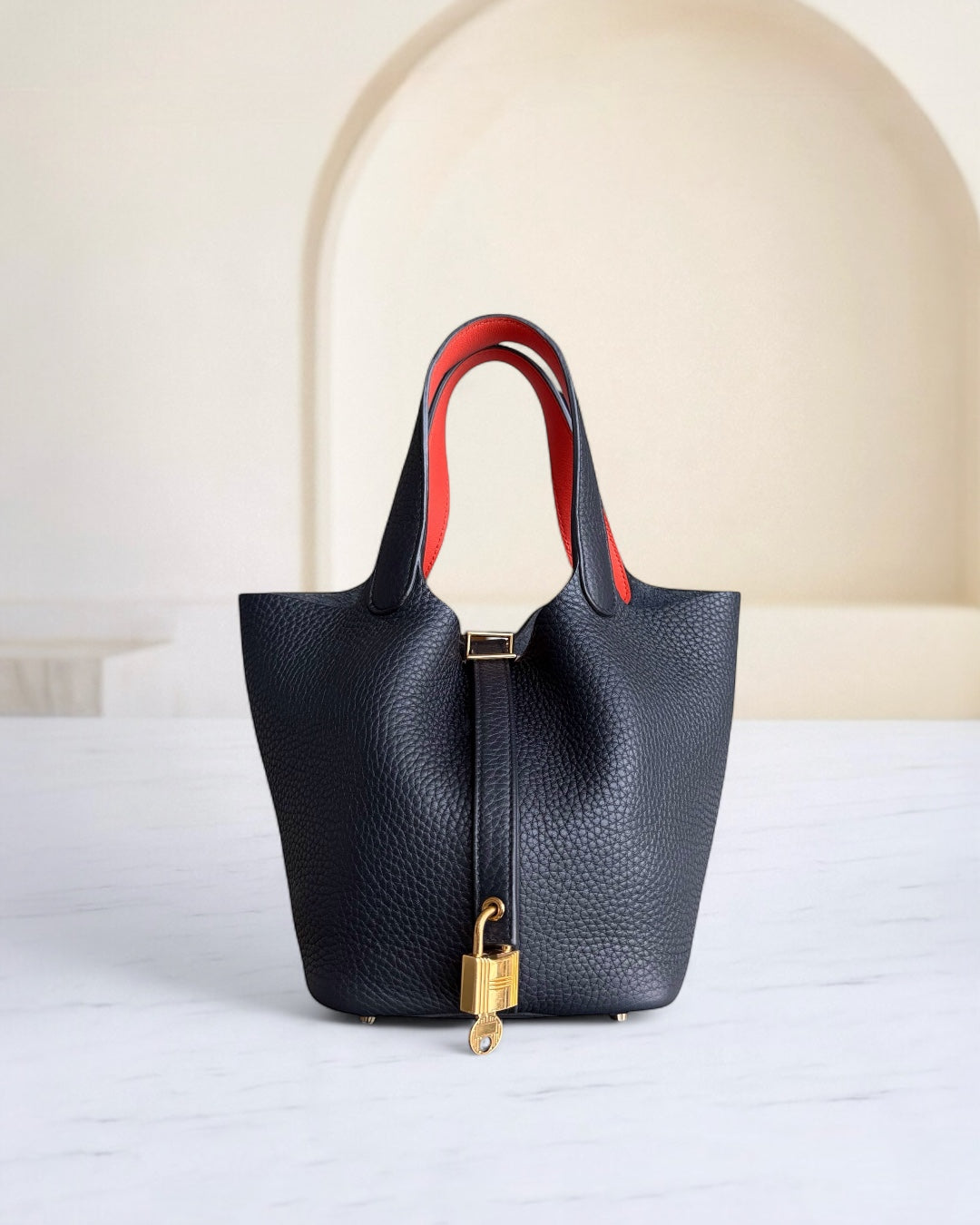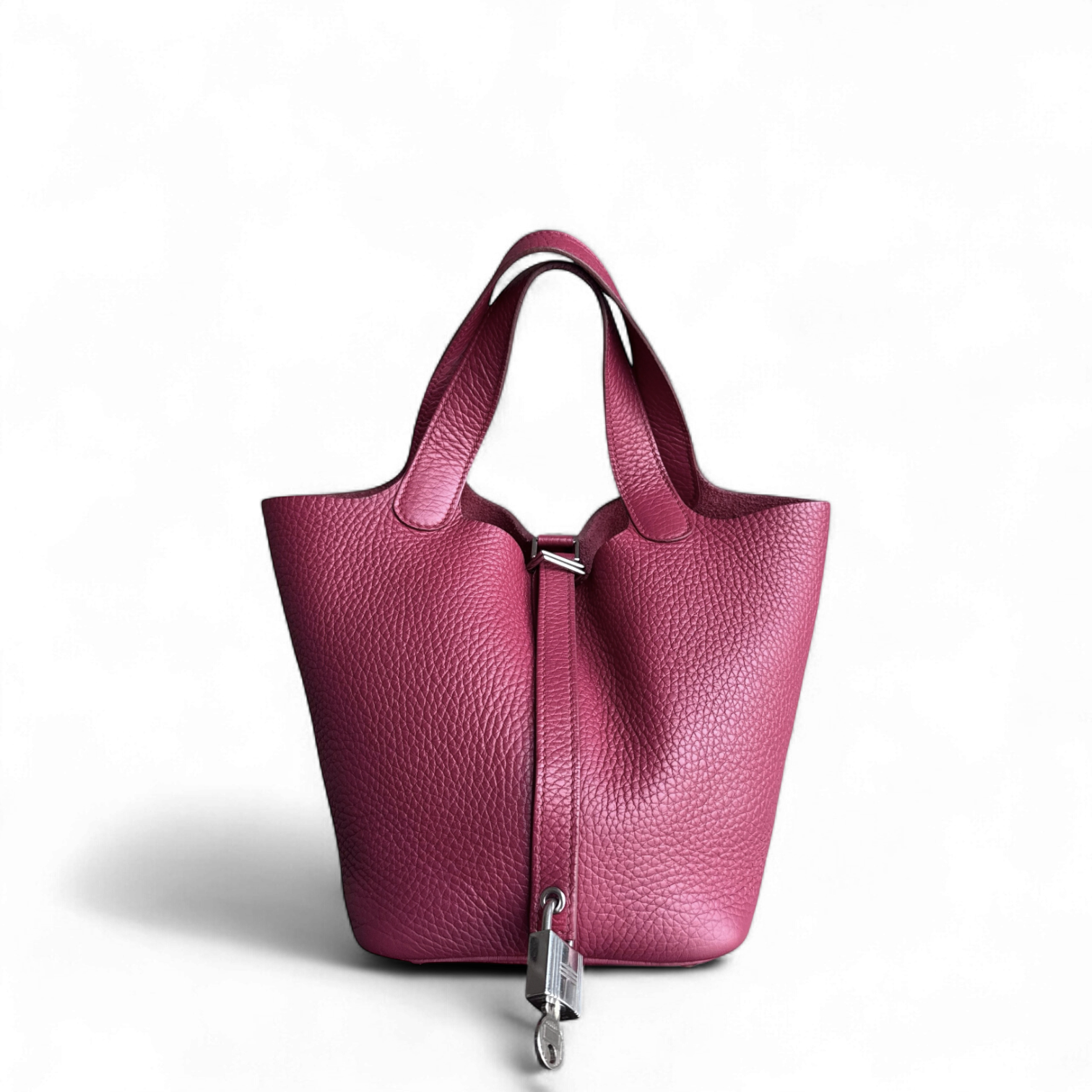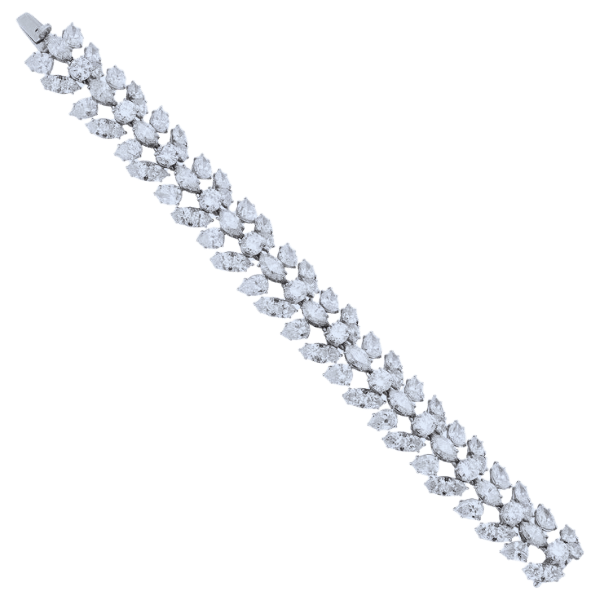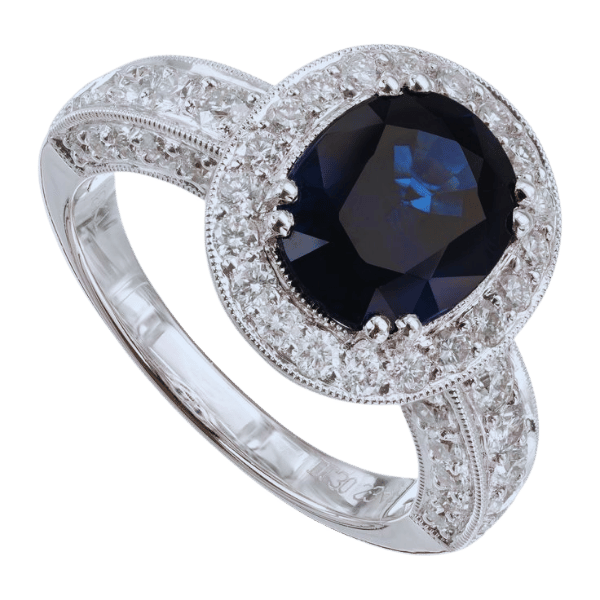Unveiling the Mystery of Fluorescent Diamond: How Fluorescence Affects Diamond Appearance
Diamonds continue the legacy of sparkle, but have you noticed some of these huge rocks appear to glow faintly in different kinds of light? This is fluorescence, a property of certain diamonds that influences a diamond's appearance and worth. A complicated characteristic worthy of gem connoisseur fascination, and at the same time, one that is often overestimated and wrongly understood. Is it a positive factor for a diamond or a drawback? The article looks at diamond fluorescence from the perspective of appearance enhancement, focusing on the factors affecting the significance of such enhancement and the facts that need to be considered with such enhancement. Suppose you’re interested in buying or selling because of this fascinating glow under the country’s ultraviolet light. In that case, you should read on for the truth about diamonds and how they impact their eternal charm.
What is Diamond Fluorescence?

A fluorescent diamond is a type of diamond that emits or glows with visible light as a result of exposure to ultraviolet (UV) light, such as sunlight or UV lamps. This occurs because a few diamonds contain small residues that react to UV light so that they emit blue, yellow, or even green colors. The degree of fluorescence varies greatly, some barely detectable, and others quite glaring; nonetheless, it is not of any chemical or structural significance. In certain instances, it changes the color of the diamond.
How Does Diamond Fluorescence Affect the Stone?
Fluorescence in diamonds can affect the visual quality of the stone, especially when the light in the surroundings is extreme, containing more ultraviolet radiation, such as the sunshine. It has been recognized that for some diamonds to have strong fluorescence, that particular diamond tends to look cloudy, greasy, and less transparent. However, one will not notice or see any fluorescence effect in most diamonds under normal lighting conditions. Thus, fluorescent diamonds are completely irrelevant until other factors, such as the specific diamond in question and the lighting aspects, are considered.
What Causes Fluorescence in Diamonds?
Trace elements in diamonds, like boron or nitrogen, present inside the crystal lattice, produce the phenomenon of fluorescent diamond. The elements react to ultraviolet (UV) radiation, producing visible light primarily as a blue glimmer. This glimmer has different intensities, ranging from very dim to intense, depending on how much trace elements are present in the stone. Such a feature is seen in several diamonds, including man-made ones, and is not a sign of any imperfection or damage in the gem.
Understanding the Role of UV Light
The fluorescence of diamonds is influenced by ultraviolet light. As the diamond is illuminated from a UV source, certain trace elements in its crystal structure allow the stone to fluoresce. In most cases, stones emit blue light. This happens because not all the energy from the ultraviolet photons is stored by the specimen materials, but is rendered as fluorescence. The degree of fluorescence and its occurrence in the diamonds usually rely on the trace elements in the specimens and their minerals. Fluorescence in diamonds alters their look in certain lights, but it does not compromise their quality or structural integrity, although it may affect the properties of blue fluorescent diamonds.
How Does Diamond Fluorescence Impact the Value of Diamonds?

Does a Fluorescent Diamond Reduce Value?
The increased impact of fluorescence on one's perception of value in diamonds depends on several factors, such as how intense the fluorescence is, the color grade of the diamond, and where the diamond is enhanced. It seems that for diamonds within the color grades D to F (colorless), the effects of fluorescence are marginal. However, even some of these diamonds with strong fluorescence may sometimes be discolored and appear mildly hazy or milky in certain light, meaning that the resale value of these diamonds tends to decrease.
On the other hand, medium to strong fluorescence can enhance diamonds in the G to I and further down the scales (near-colorless to light), and is even preferred. For instance, the bluish effect due to fluorescence can fight the prominence of yellow tones, making the diamond more appealing and thus more desirable. Due to the general consumer preference of maximizing ten sellable stones that do not have pronounced fluorescence, it has been observed across every market that such stones, mainly with low or very low fluorescent diamonds, have always been given a high price and are always more expensive. Nevertheless, with extensive knowledge and understanding of the careful selection and condition evaluations, fluorescent diamond can exceed a grade of value and beauty without decreasing quality.
How Does Fluorescence Affect Diamond Grading?
Fluorescence does not substantially alter the formal determination of a diamond’s hues, transparency and clarity standards, form optimization standards, or size standards, since these are measured without interference from each other. Still, it affects the diamond's apparent color in a few medium and high lights. Fluorescence, however, can also affect the appearance of a diamond. For example, watery gems with strong fluorescence can look milky when searing light is shone at them, a look that not all will appreciate. In other circumstances, for example, with a lower color grade stone, a tendency towards the blue spectrum can make the diamond look whiter in a warm light, bringing about an apparent improvement in the diamond color. Only that fluorescence is present in reports about diamonds, and its effect is more individualized to one’s liking and situation.
Are Diamonds with Strong Fluorescence Less Desirable?
A diamond that exhibits intense fluorescence may or may not be preferred by individual taste, the surrounding settings, or the properties of the diamond itself. It has been established that approximately 25 to 35% of diamonds in the market possess some level of fluorescence, only 10% of which are regarded as diamonds that exhibit robust fluorescence.
Although mighty fluorescent diamonds are rare, they could sometimes be unattractive, especially if there is poor clarity or specific color grades within the stone under ultraviolet light, as the diamond may appear whitish or milky/oily. Nonetheless, this phenomenon does not automatically make such diamonds unattractive. An example is when strong fluorescence is desired in a diamond with a poor color grade (K, L, M) because the bluish fluorescence mitigates the yellow tones usually perceived, hence making the stone appear more colorless or brilliant than it is.
However, due to the presence of fluorescence, in most cases, the hue of a diamond does not change under visible wavelengths of light, which is less important to many customers. Some sources claim that even in normal lighting conditions, many people fail to see the presence of fluorescence. Ultimately, it will depend on the quality of the diamond, the tastes of the customer, and where precisely the diamond will be looked at, with particular regard to the condition of the specific lighting and the phenomenon of fluorescence of the individual diamond.
Is Fluorescence in Diamonds a Good or Bad Thing?

When Does Blue Fluorescence Enhance Diamond Appearance?
Fluorescence in diamonds is a dilemma as it could be advantageous or disadvantageous depending on the color and size of the diamond. It’s primarily beneficial for lower color grade diamonds, like those in the K, L, or M colorless diamond series. These particular diamonds tend to possess slight yellowish shades, and therefore, the blue fluorescence in them can serve as a virtual color filtering system that absorbs the yellow crystals, making the visual of the stone much whiter and brighter in daylight or any other environments containing UV.
Most of the statistics and industry analysis show that in a market of gem diamonds, only about 25% to 35% have fluorescence, with most being blue. Where lower dyed diamonds have a medium to strong blue fluorescence, the stone looks much more lively and hence more attractive in natural daylight. In higher grades, however, such as D, E, and F, some strong fluorescence can sometimes cause an undesirable look of cloudiness or a greasy appearance in view, and that depends on the cut of the diamond.
Fluorescence is a rather cosmetic feature and does not compromise the diamond's basic levels of hardness or toughness. If diamonds with blue fluorescence look beautiful and less expensive, then shoppers on a budget can benefit from these types of diamonds since they are relatively cheaper than similar-grade, non-fluorescent diamonds. Conclusively, the significance of blue fluorescent diamonds varies with the environment and users.
Can Fluorescence Make Diamonds Look Hazy?
In certain types of fluorescent lighting, diamonds with strong blue fluorescence can appear hazy or milky. Not all fluorescent diamonds exhibit this, though. It all boils down to how the fluorescence relates to the diamond's properties that determine the diamond's resultant color. For diamonds with low to moderate fluorescence, there is generally no effect on the clarity and the aesthetics of the diamond.
Understanding Strong or Very Strong Fluorescence
A fluorescent diamond with strong or extreme grade fluorescence appears noticeably different in specific lighting environments, especially those with ultraviolet (UV) light. A stone with strong fluorescence can look cloudy or be covered with an opaque film, especially in cases where the stone is of inferior quality. However, strong fluorescence does not mean that all diamonds have significant changes in aesthetic beauty. An expert gemologist should always be consulted to determine how the fluorescence impacts the diamond’s aesthetics and value.
Buying Tips: Should You Buy a Diamond with or without Fluorescence?

How to Choose a Diamond with Fluorescence?
It is prudent to choose a fluorescent diamond based on its overall quality and beauty rather than whether it is fluorescent. It is not rare that strong fluorescence makes a diamond appear cloudy, but this does not apply to all cases. Always ensure that the diamond's brilliance and attractiveness in different light conditions are satisfactory by looking at it. A faint or medium range fluorescence in diamonds will more often than not not affect the appearance of the diamond. Thoroughly evaluate the jeweler and the information obtained, especially on how fluorescence affects the diamond's cost and appearance, before purchasing.
Considerations for Lab-Grown Diamonds and Fluorescence
- Detection of Fluorescence: Like natural diamonds, synthetic diamonds can also display fluorescent properties when exposed to ultraviolet (UV) light. Hence, it is necessary to assess the diamond in various lighting to understand if fluorescence affects the diamond any differently, especially with all those undergrading.
- Grading Reports: Please confirm if the laboratory-grown diamond has a grading report that notes the presence and extent of fluorescence. This report is also clear and helpful in deciding whether to make a certain purchase based on proper certification.
- Visual Performance: Fluorescence has divergent impacts on the brightness and color of the diamond. For lab-grown diamonds with intense fluorescence, verify if they present a foggy or greasy appearance, especially in natural light.
- Market Perception: The presence of fluorescence in a diamond can affect its consumption and its cost. Make sure how this phenomenon is known for lab-grown diamonds within the current dynamics of the market in terms of the color of diamonds and the degree of fluorescence.
- Ethical and Economic Considerations: In general, lab-grown diamonds are a more ethical and cheaper option than natural ones. However, one should evaluate how such fluorescent diamond attributes impact their worth, allowing the buyer to make an informed and fair decision.
How Does the GIA Grade Diamond Fluorescence?

Understanding the Grading of Fluorescent Diamonds
The Gemological Institute of America (GIA) classification of diamond fluorescence depends on how strongly it glows under ultraviolet (UV) light. It is rated as None, Faint, Medium, Strong, and Very Strong. This classification is concerned with how the diamond responds to UV rays noticeably and is recorded in the diamond grading chart. While fluorescence is not a defect, it may have a negligible influence on the appearance of the diamond. With more pronounced levels, it can sometimes cause the stone to look cloudy or milky in very few instances.
Impact of GIA Grading on Diamond Value
GIA directly impacts the demand for diamonds with a factor called the GIA certificate that expresses and appreciates the quality of the diamond. The primary evaluation criteria for a diamond, which include weight in carats, color, purity, and cut, indicate the baseline for valuation of the stone. The better rating one has in such parameters, the more valuable the diamond is. This is because more advanced grading systems and reports of GIA can assure the buyers that they are not only buying diamonds but are also able to enjoy the specific characteristics of the diamonds in the market. Based on these engineering and technical specifications, GIA-certified stones are worth more in the market than the uncertified ones.
Frequently Asked Questions (FAQs)
Q: What is diamond fluorescence, and how does it change the diamond's appearance?
A: Diamond fluorescence is the phenomenon where the diamond emits a glow visible in ultraviolet light. Depending on the fluorescence, the light could cause the diamond to appear different under certain lighting, deviating from its natural state.
Q: Does strong blue fluorescence affect the color grade of a diamond?
A: Strong blue fluorescence affects a diamond's color grading; it sometimes makes diamonds of lower color grades look whiter or brighter in natural light. However, in some cases, it might render them milky under intense light.
Q: Is fluorescence always a defect that lowers diamond value?
A: One can not say for sure. In some cases, buyers think fluorescence is a negative point; others love how their diamonds glow. More often than not, the impact of fluorescence on value fluctuates with the degree of fluorescence and the buyer's specific taste.
Q: What is "medium fluorescence" or "strong blue fluorescence"?
A: Term describing the strength of fluorescence exhibited by a diamond. "Medium fluorescence" suggests a moderate degree of glow, while "strong blue fluorescence" indicates the diamond has a very intense blue glow under ultraviolet light.
Q: How do I view fluorescence in a diamond?
A: One can view a diamond's fluorescence under ultraviolet light at a jewelry store or by consulting a qualified gemologist. This would aid in understanding the diamond's shape with its fluorescent property.
Q: How will I consider fluorescence when buying a diamond?
A: If purchasing a loose diamond, consider how fluorescence might affect its appearance and value, especially if it has a strong blue fluorescence. Consider whether this fluorescent glow would enhance your enjoyment of the diamond. For assistance, always consult a gemologist.
Q: Are blue fluoroscents common in the market?
A: Blue fluorescent diamonds are pretty commonly found in the diamond industry. Most natural diamonds display a degree of fluorescence, and blue is the most common color for that fluorescence.
Q: How does fluorescence affect yellow diamonds?
A: Fluorescence can neutralize the body color of yellow diamonds in certain lighting conditions, reducing their yellowness and positively impacting their visual appeal. However, if the fluorescence is too strong, it might appear hazy or milky.
Q: What is the diamond industry's view about fluorescence?
A: The diamond industry's view about fluorescence varies. Some consider it an unusual characteristic of certain diamonds that may enhance their appeal. In contrast, others see it as something that may detract from the value or appearance of a diamond, depending on the strength of fluorescence.
Q: Why are some diamonds different under different lighting conditions?
A: Diamonds change their looks under various light settings due to fluorescence. Natural diamonds showing fluorescence will change their perceived color or brightness when moved from ultraviolet light to daylight or any artificial lighting.
Reference Sources
1. Synthesis, Properties, and Applications of Fluorescent Diamond Particles
- Authors: O. Shenderova et al.
- Date of publication: April 12, 2019
- Journal: Journal of Vacuum Science and Technology B: Nanotechnology and Microelectronics, focusing on applications of color diamonds and their properties.
- Summary: This review article focuses on the synthesis methods, properties, and applications of fluorescent diamond particles (FDPs). Specifically, emphasis was placed on FDPs' positive attributes, such as photostability and biocompatibility, and the possibilities for their use as bioimaging and sensing materials for diamond color.
- Methodology: The authors reviewed the various literature sources on the synthesis of FDPs, looking into the issues and advances in their production techniques; they discussed the methods that had been proposed for describing these particles' properties(Shenderova et al., 2019).
2. Synthesis, Properties, and Applications of Fluorescent Diamond Particles - A complete paper on the synthesis and applications of fluorescent diamond particles, including their use in enhancing diamond color.
3. Fluorescence
4. Diamond
Contact Luxury Evermore should you need help with acquiring or building up your collection. There is a variety of brands with different styles, as well as sizes, and colors, for example, Hermes, Chanel, lv and Dior. If you are not lucky enough to find the bag you are looking for on our website then our concierge team will probably be able to order it for you. We provide 100% authenticity guarantee for all our bags, and any item sold on this site will be dispatched to you within one to two business days upon receipt of the payment.
